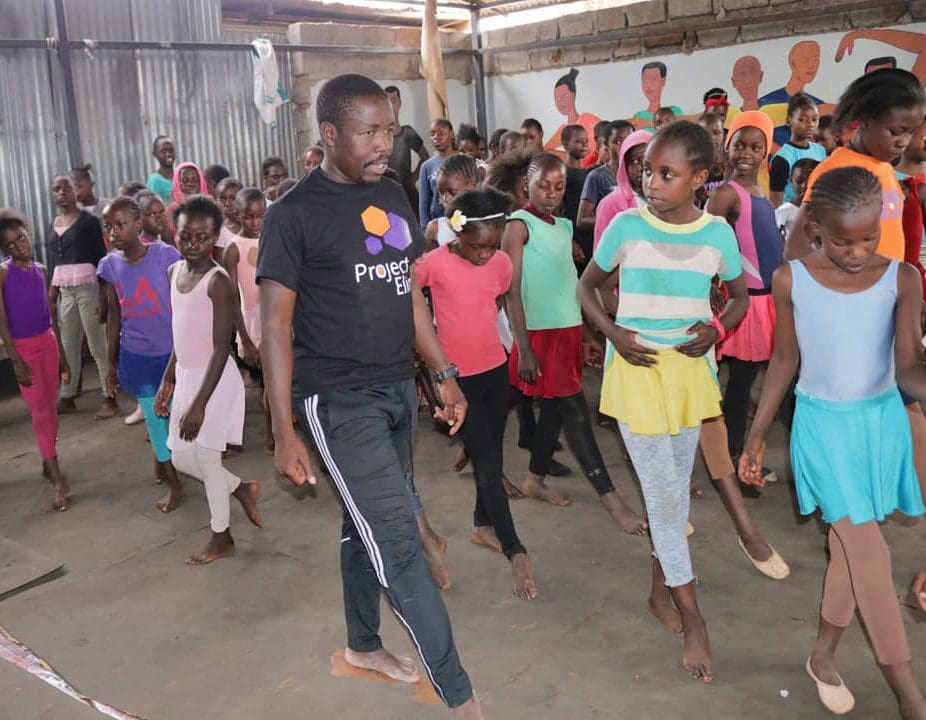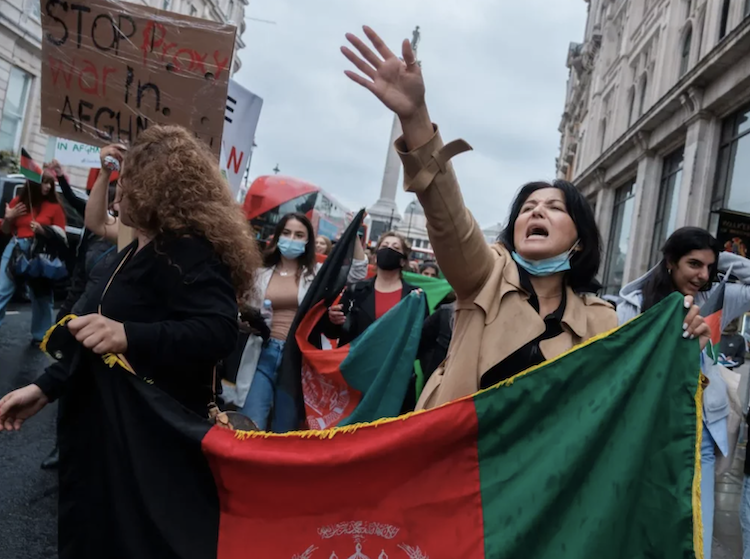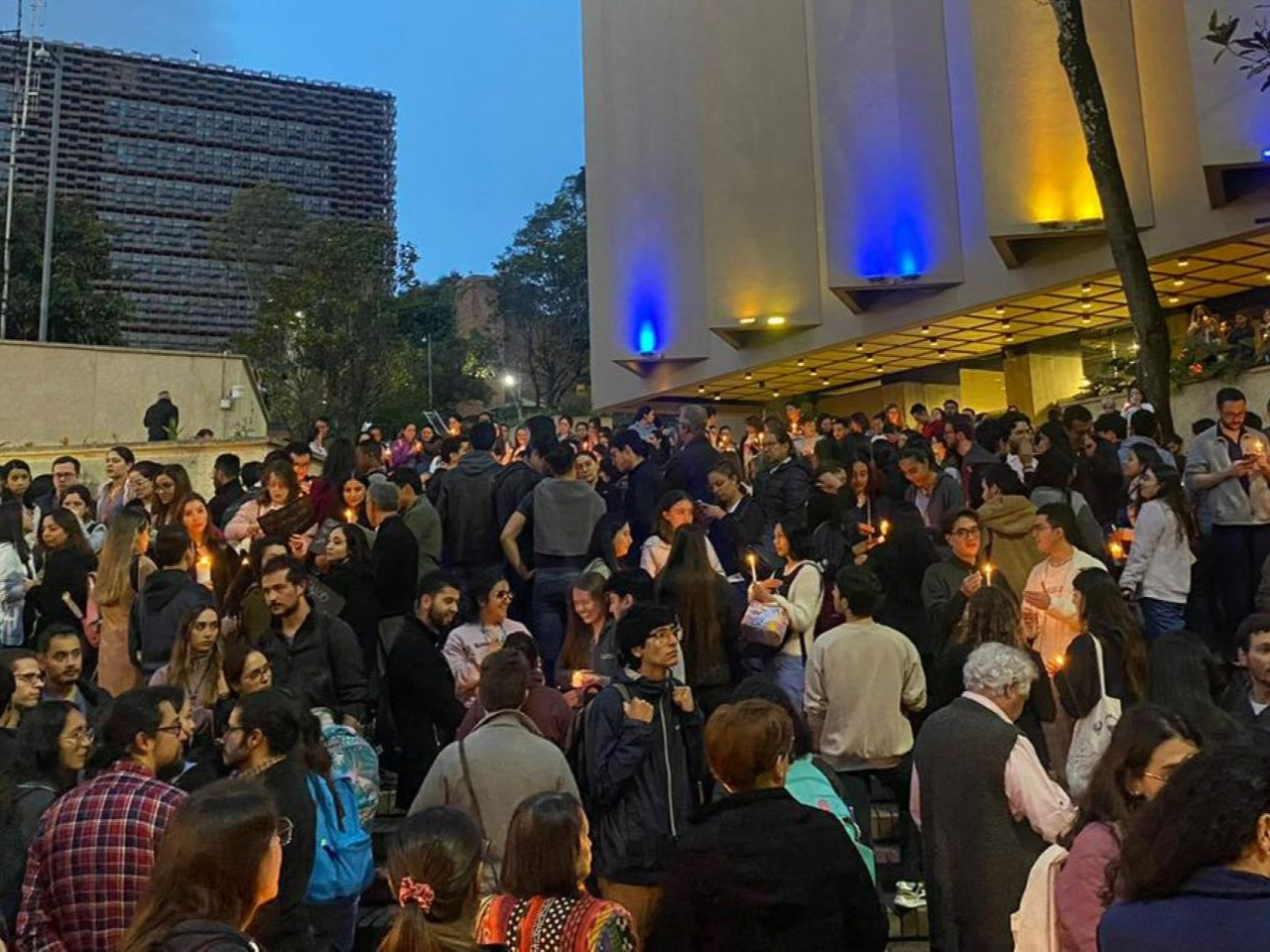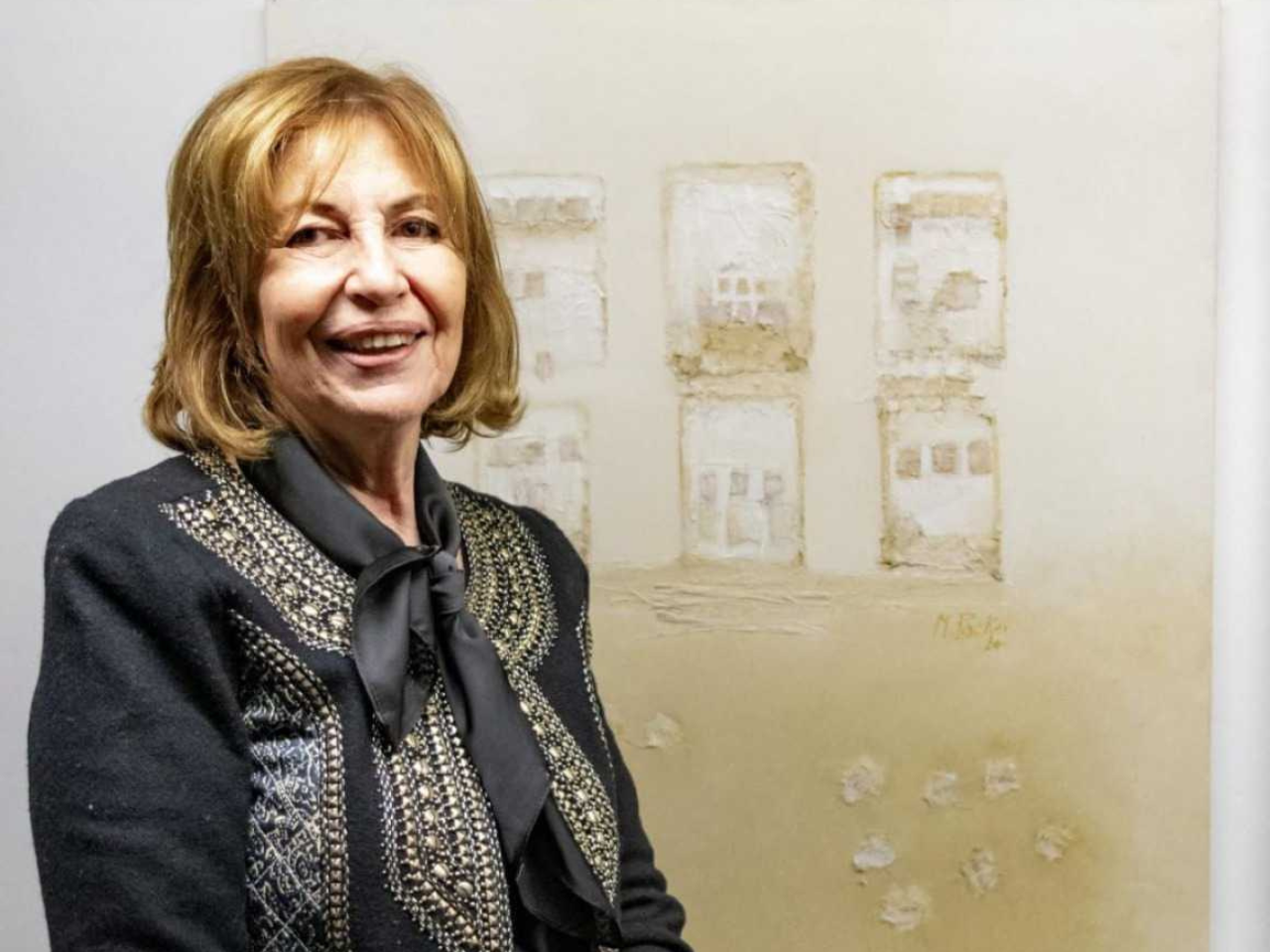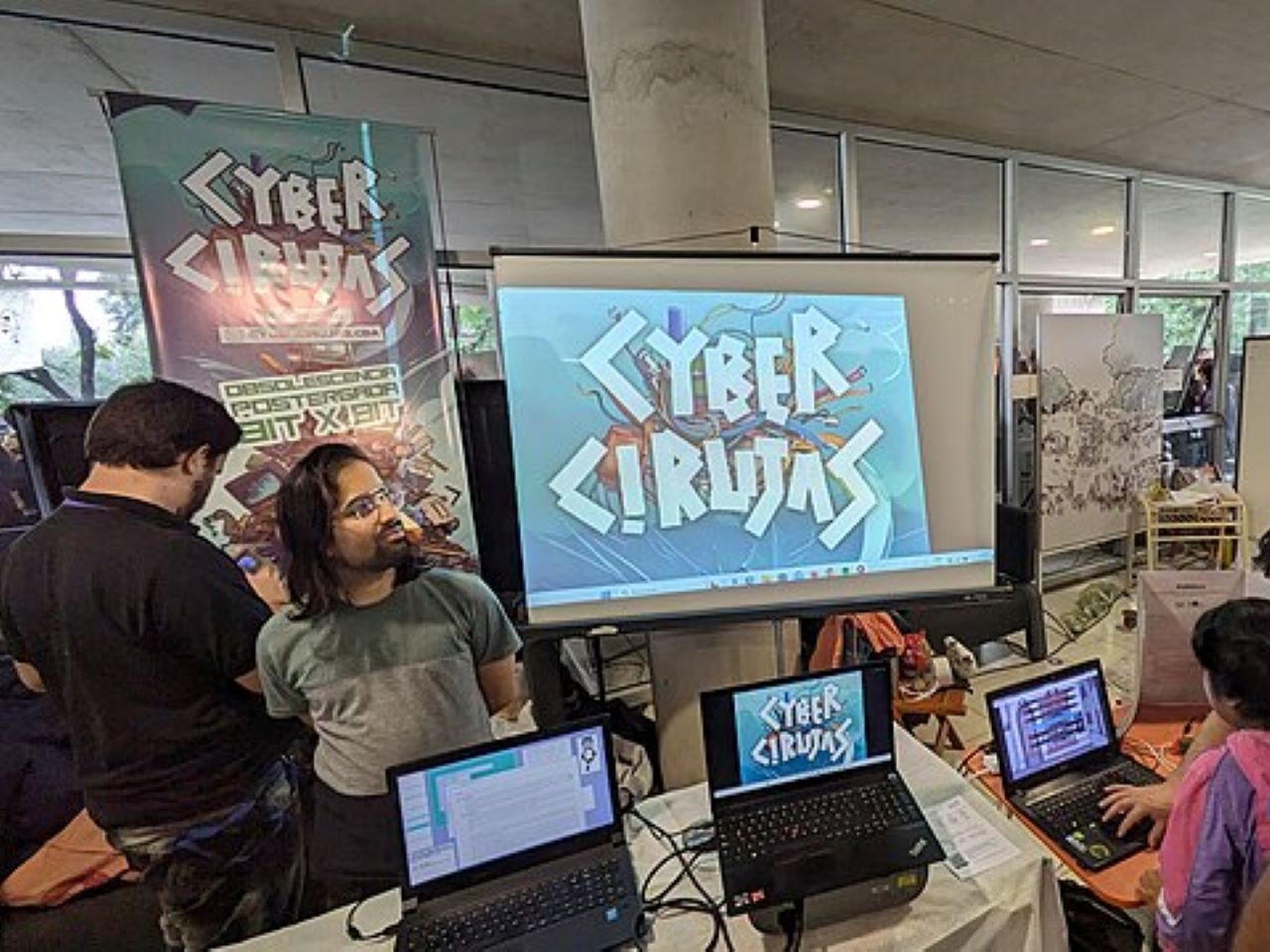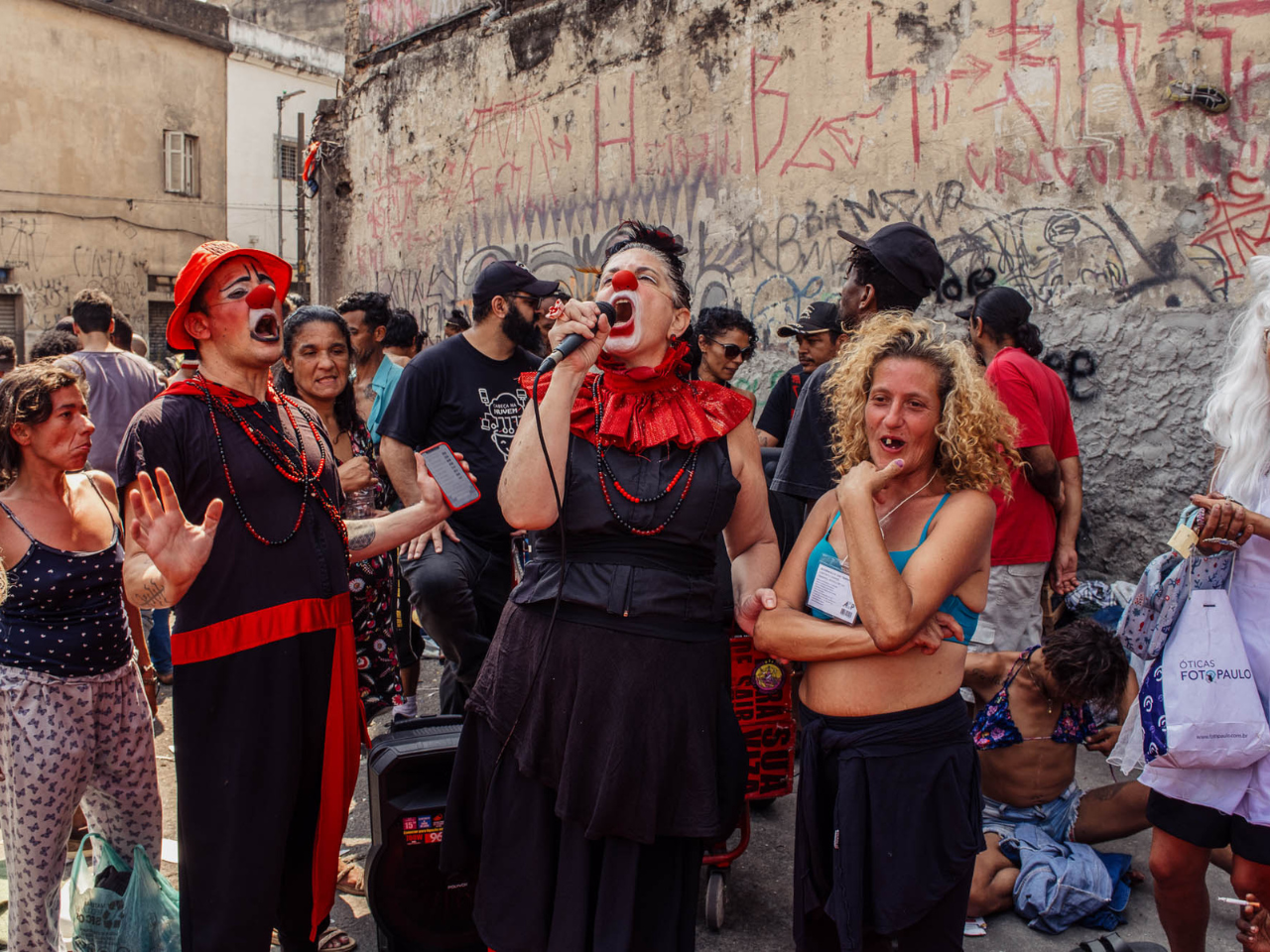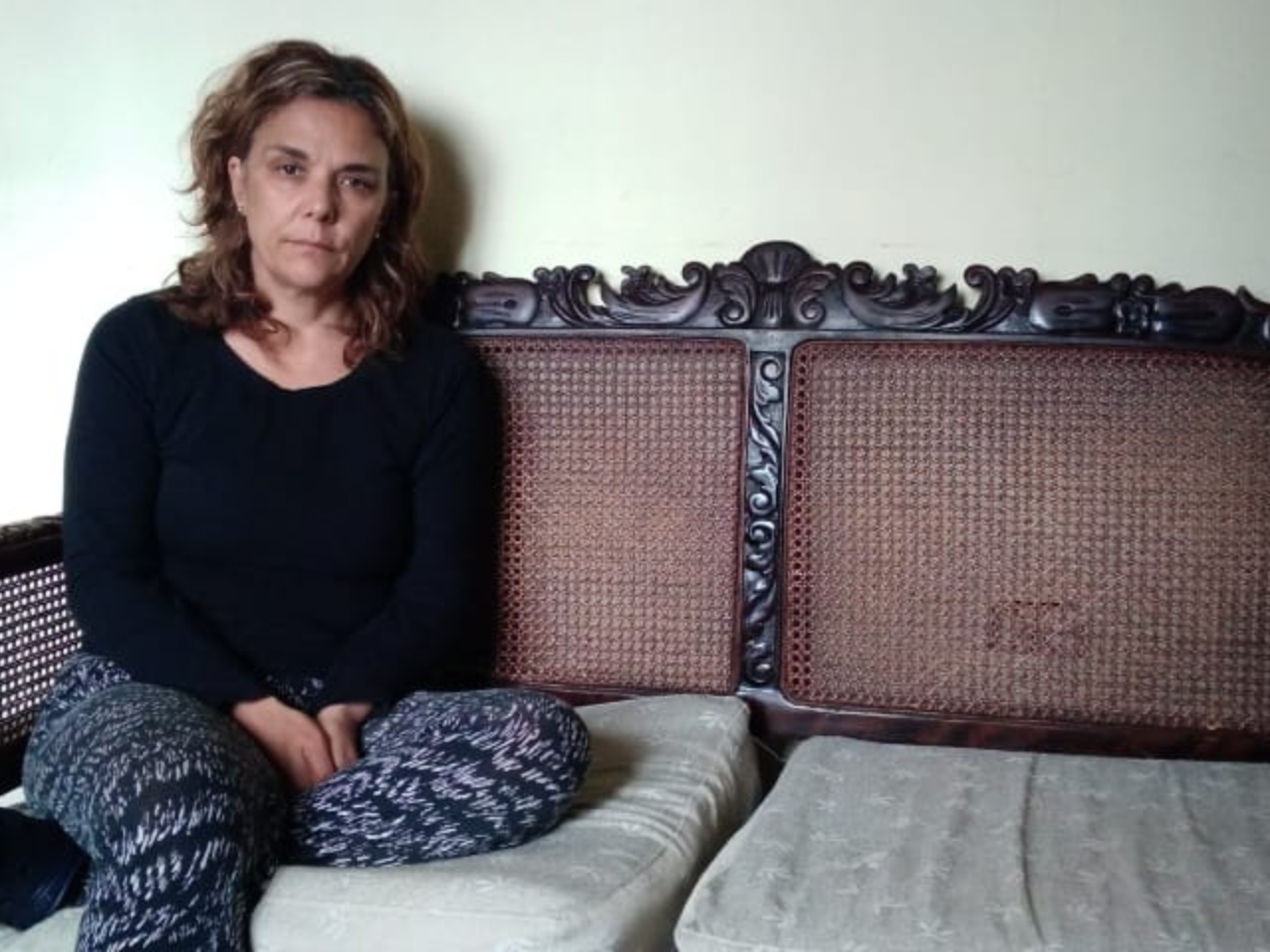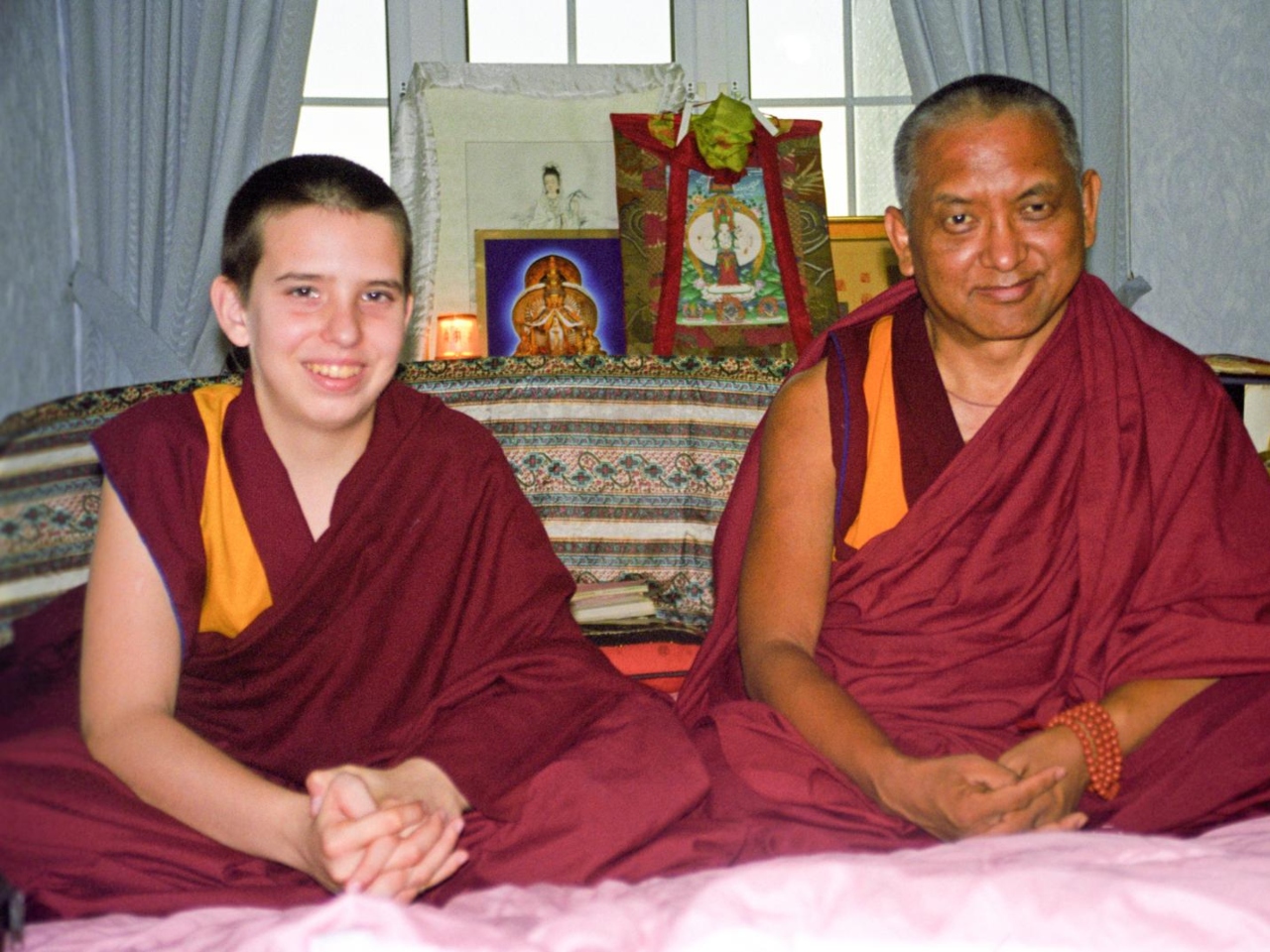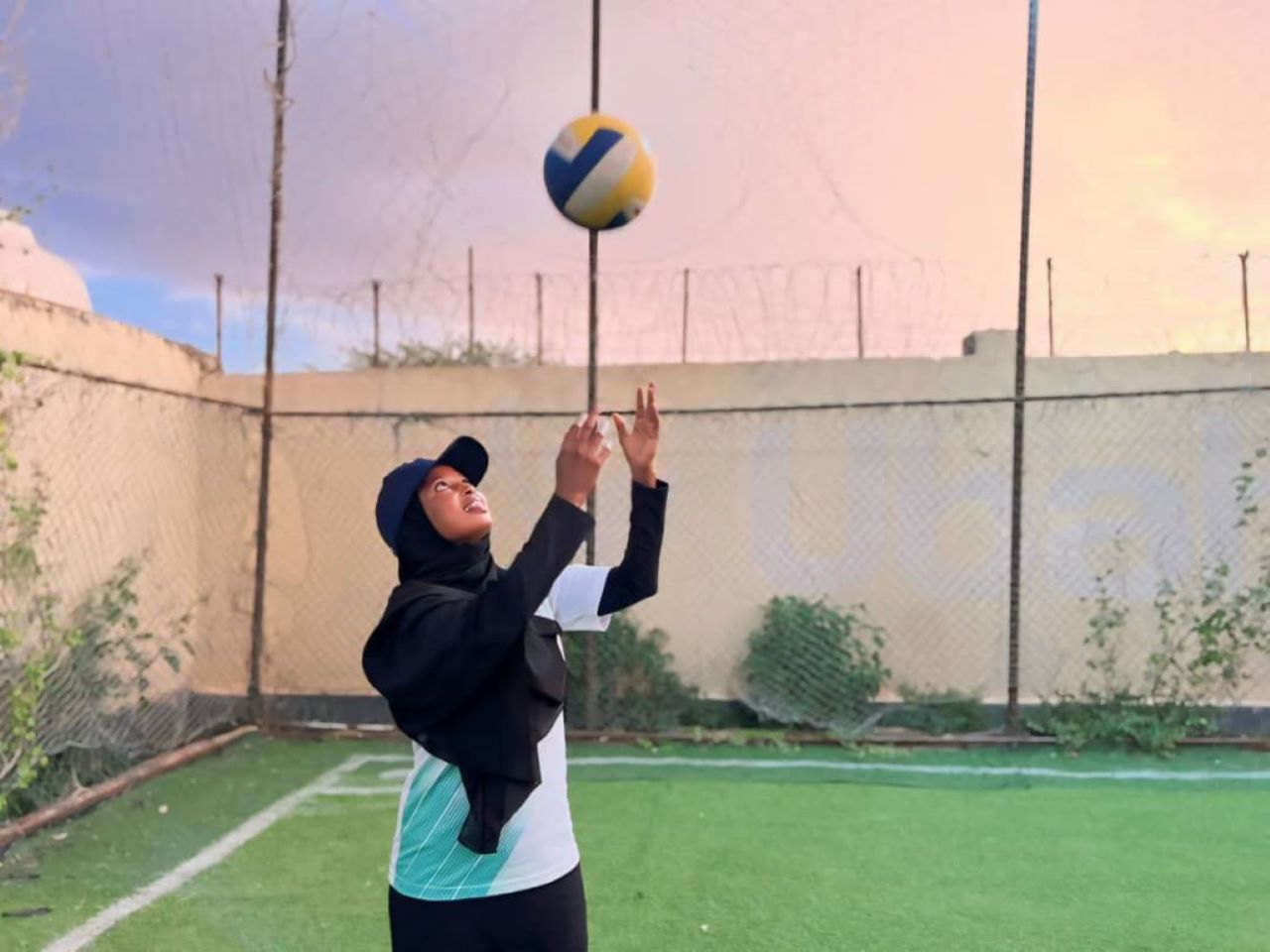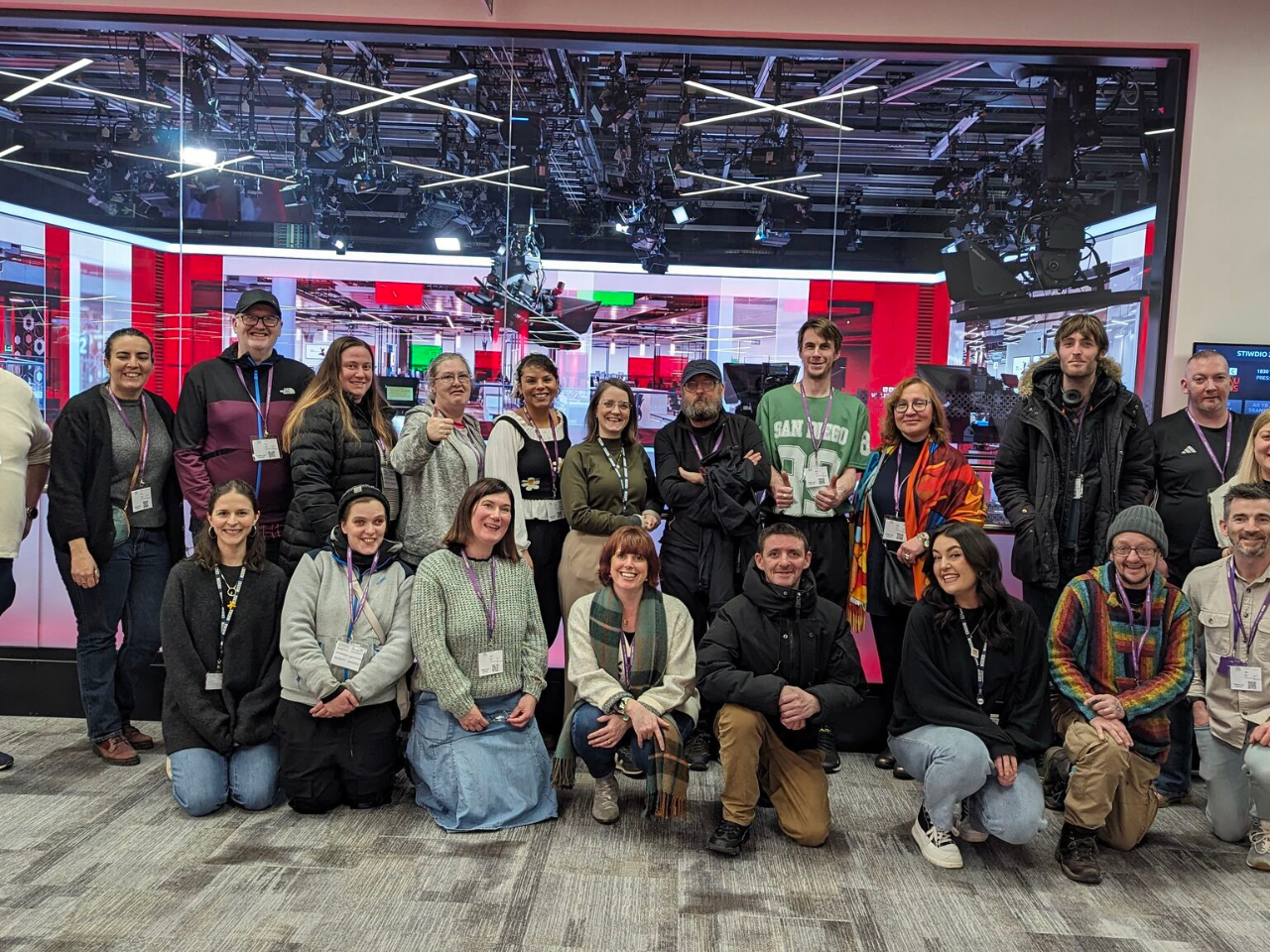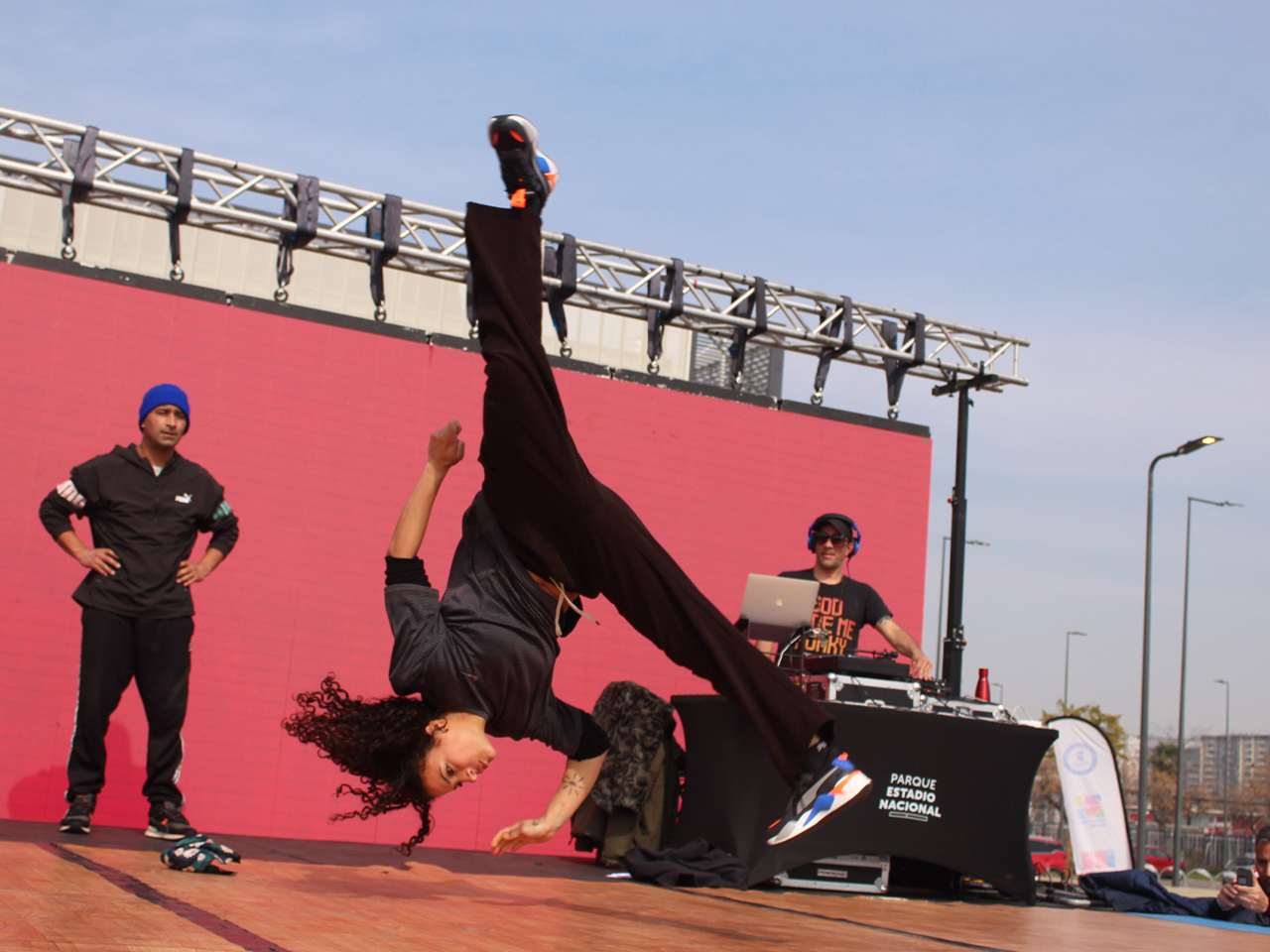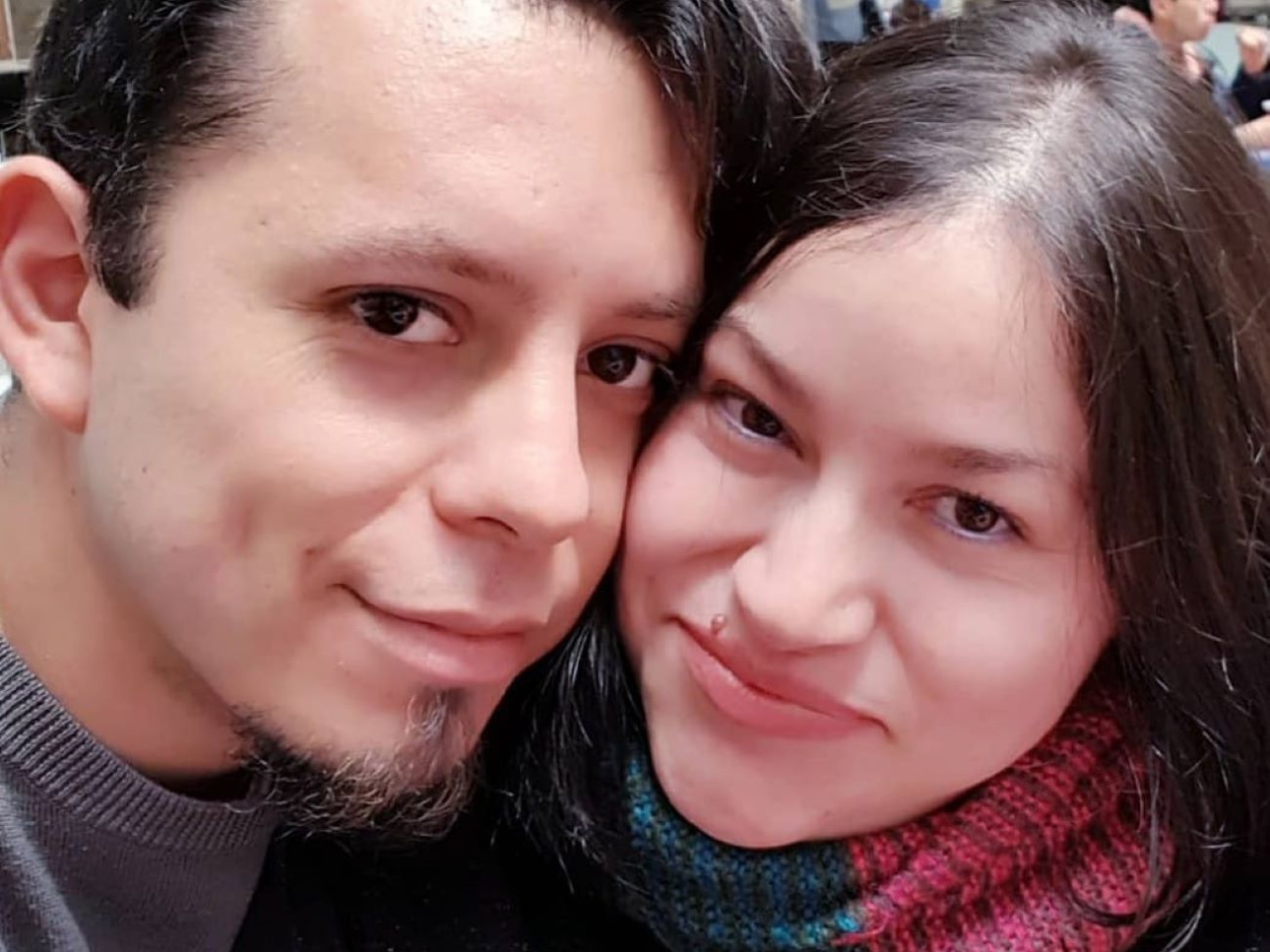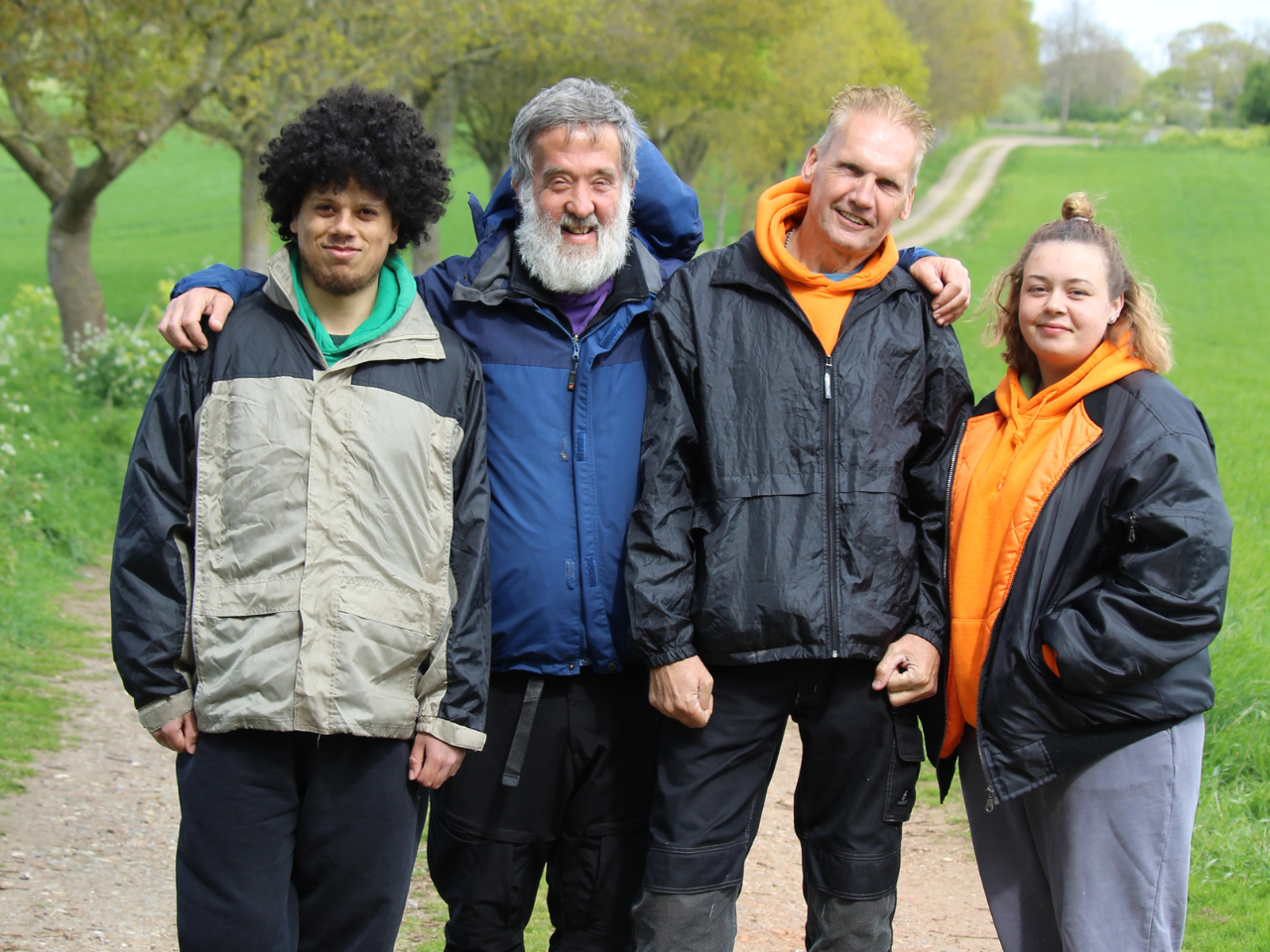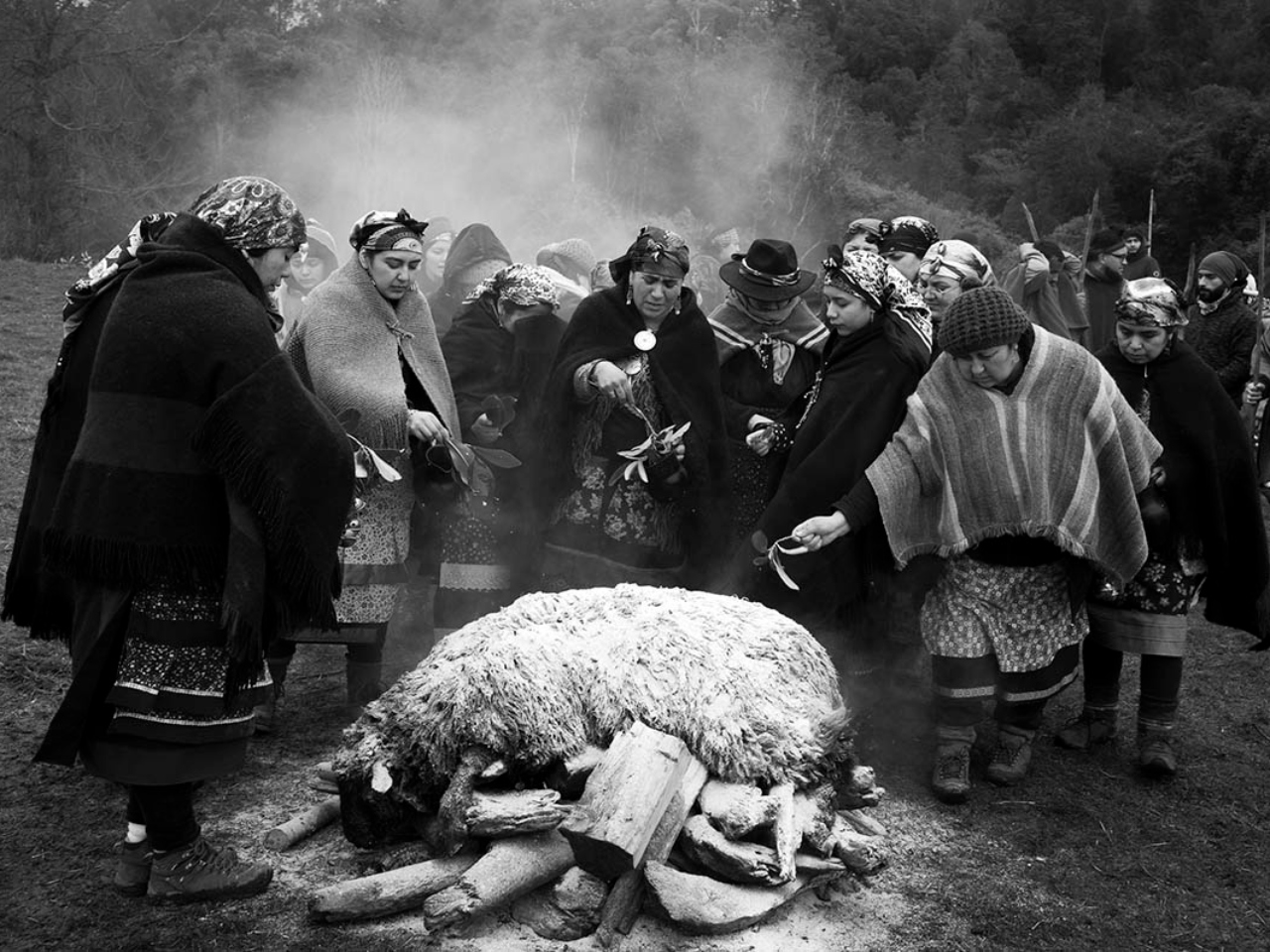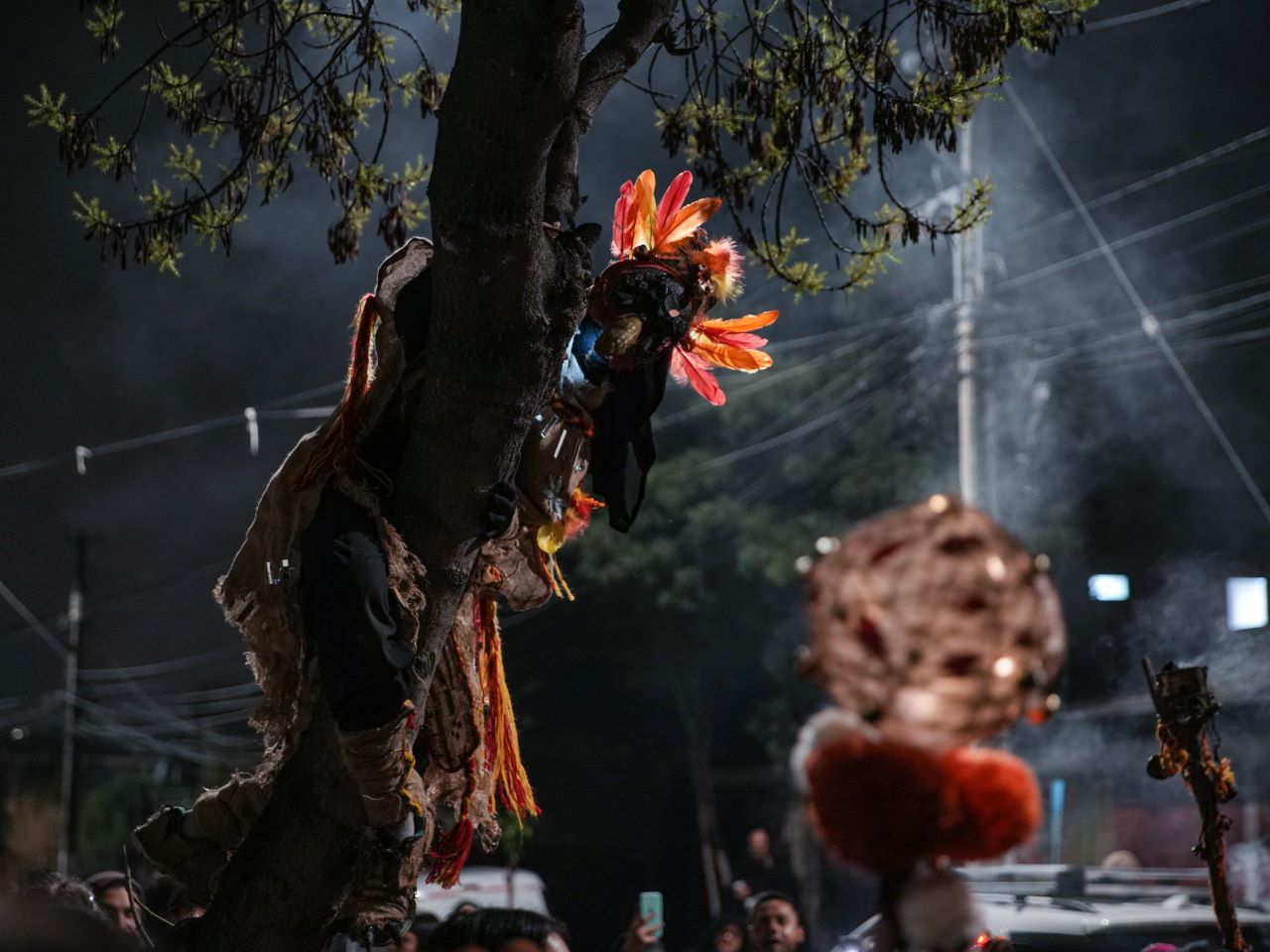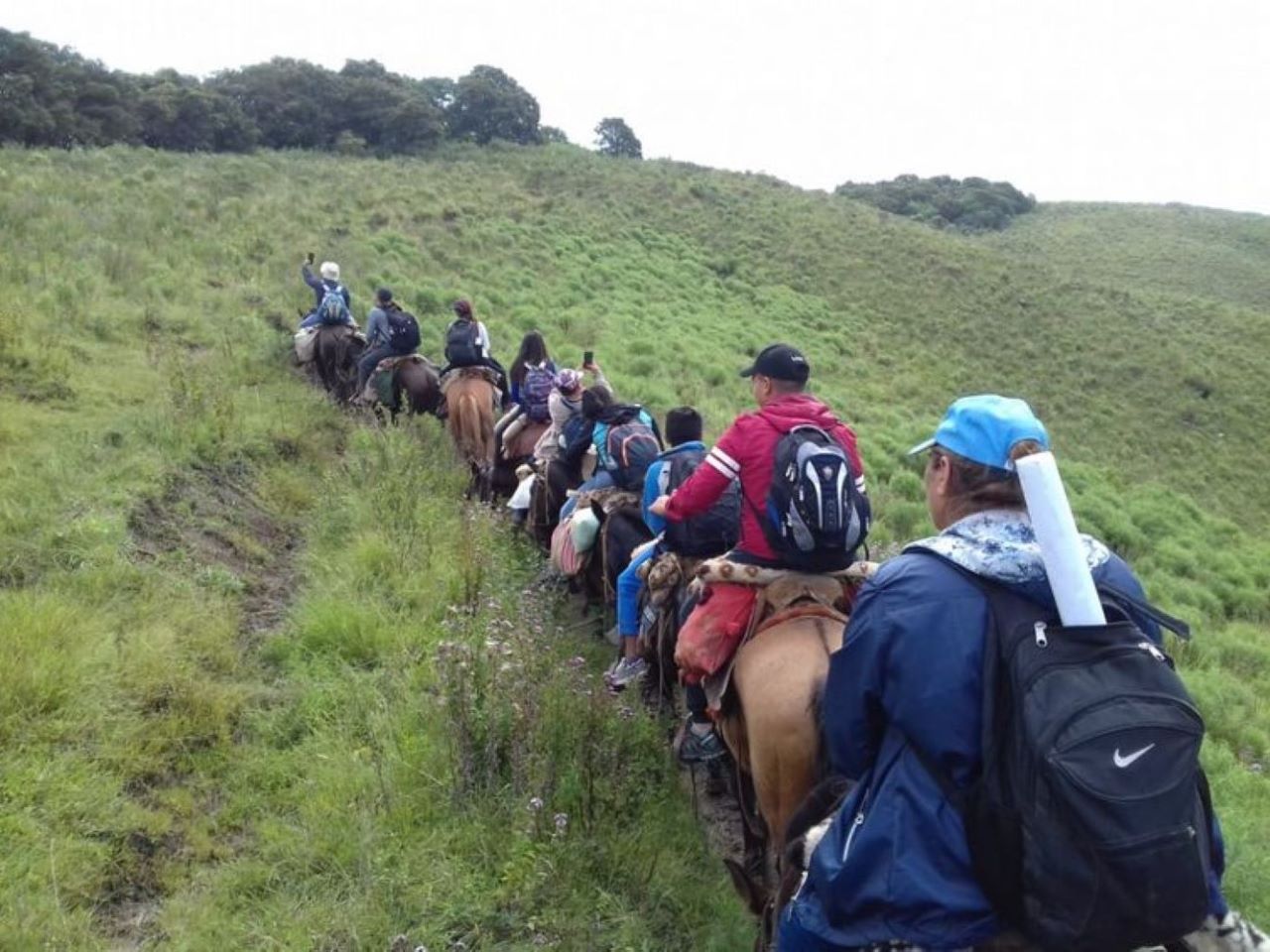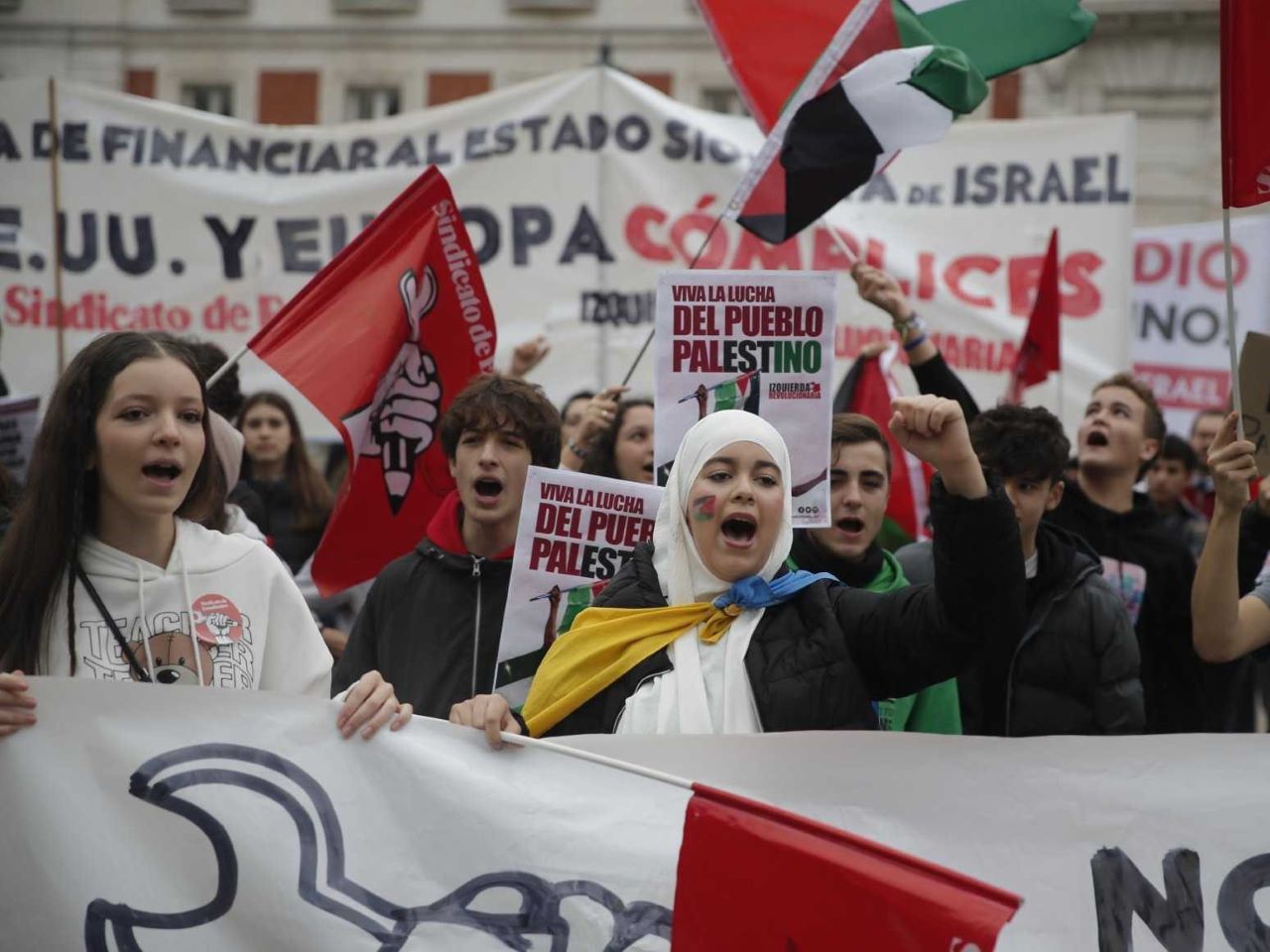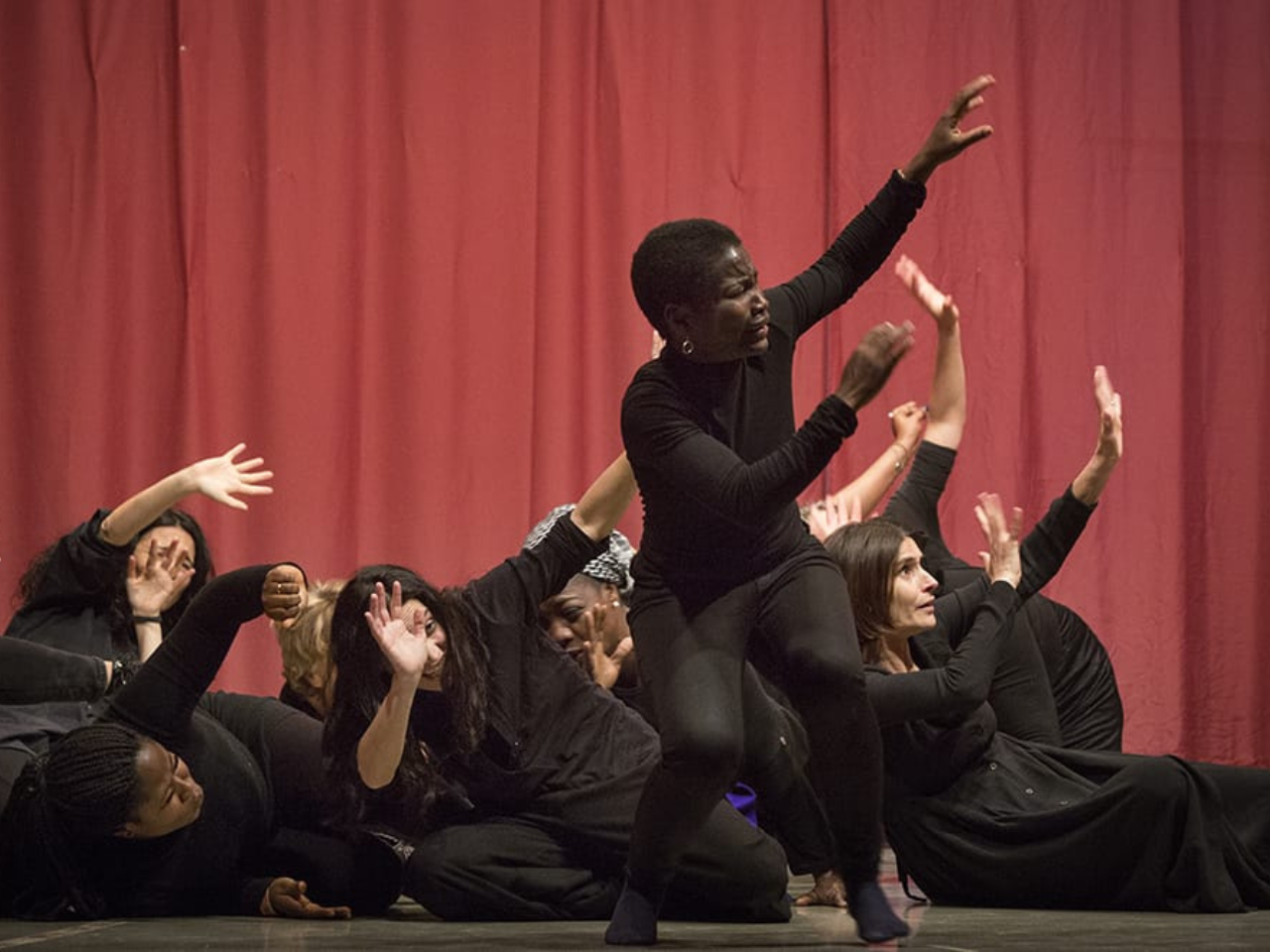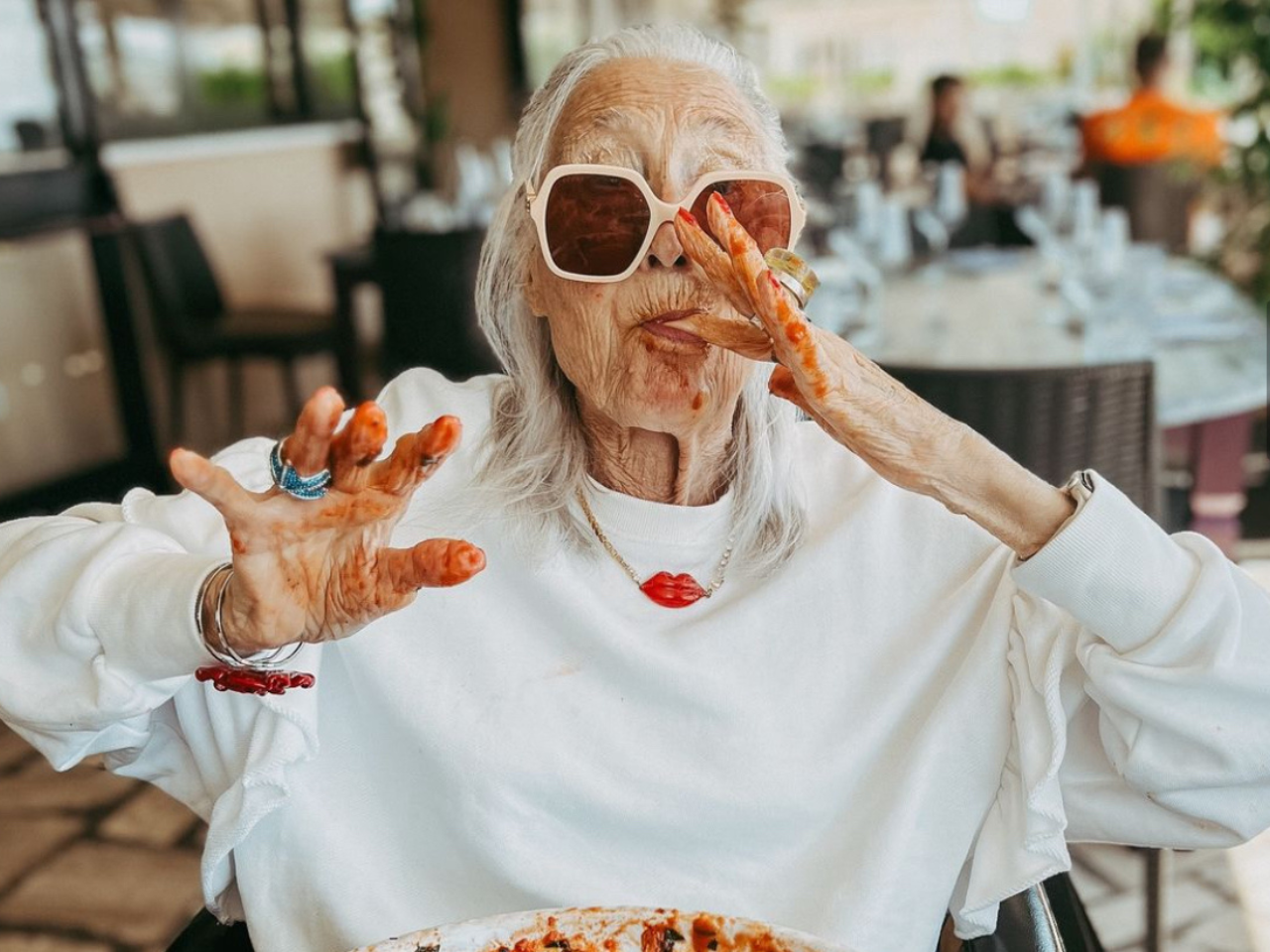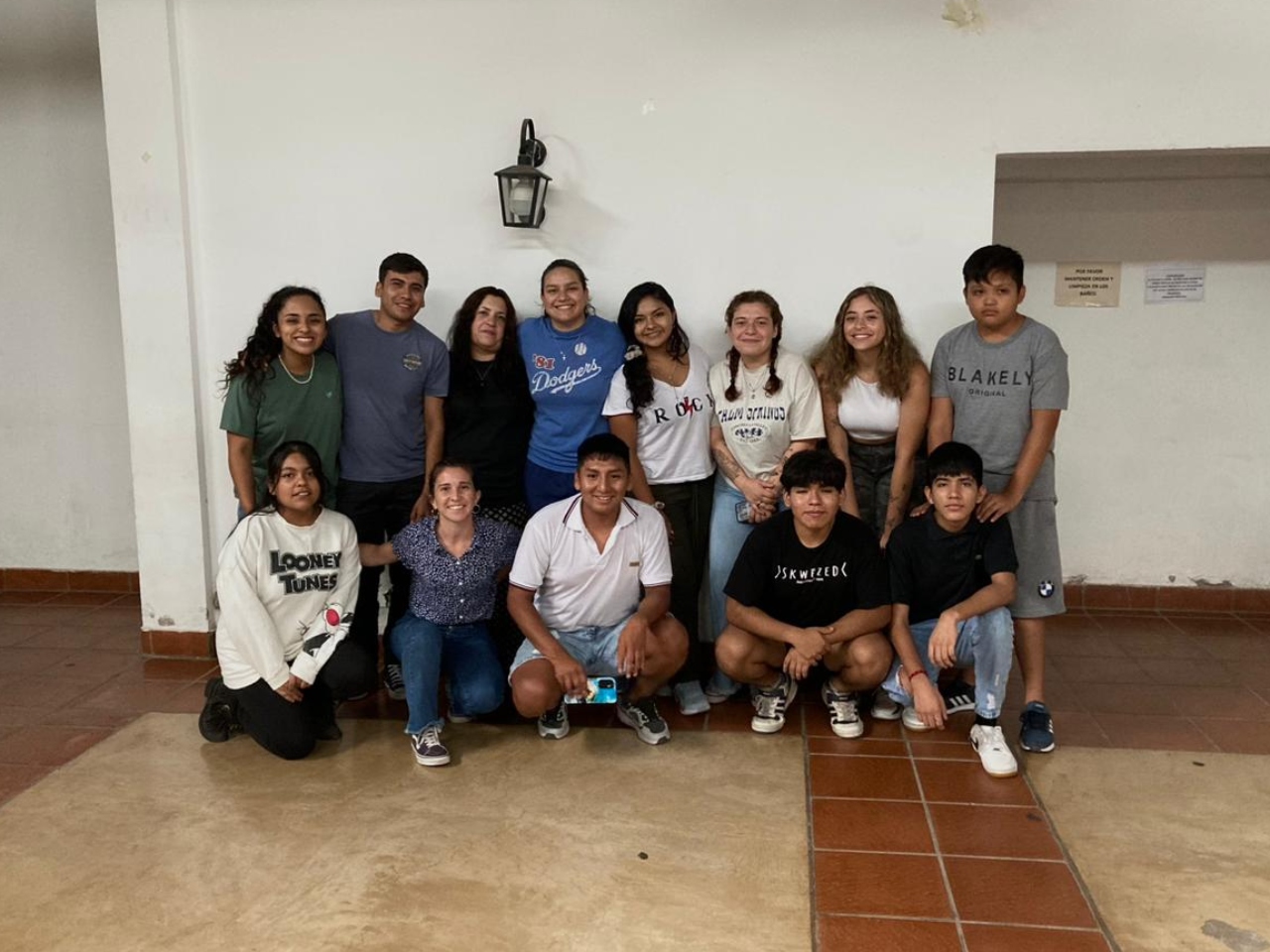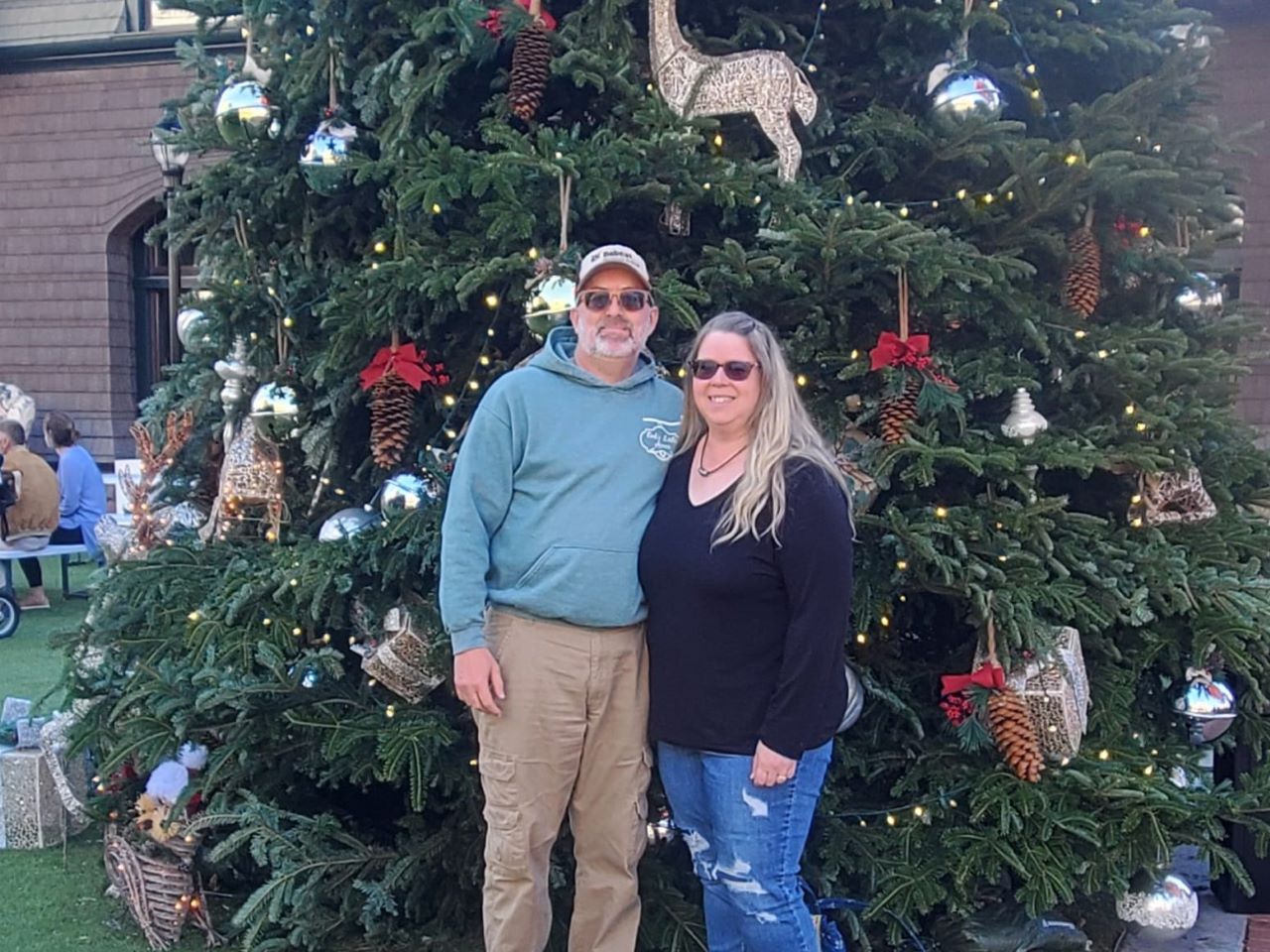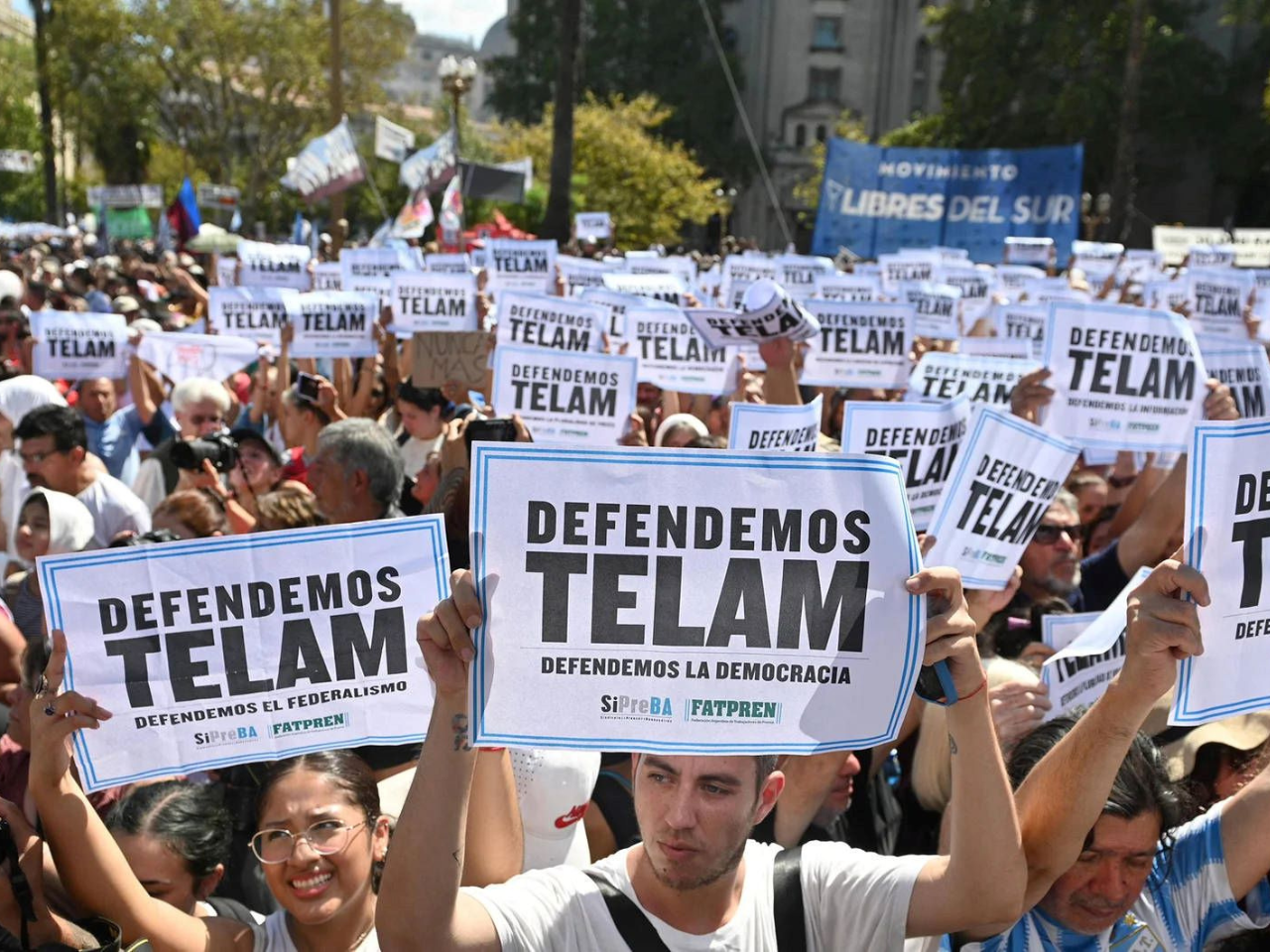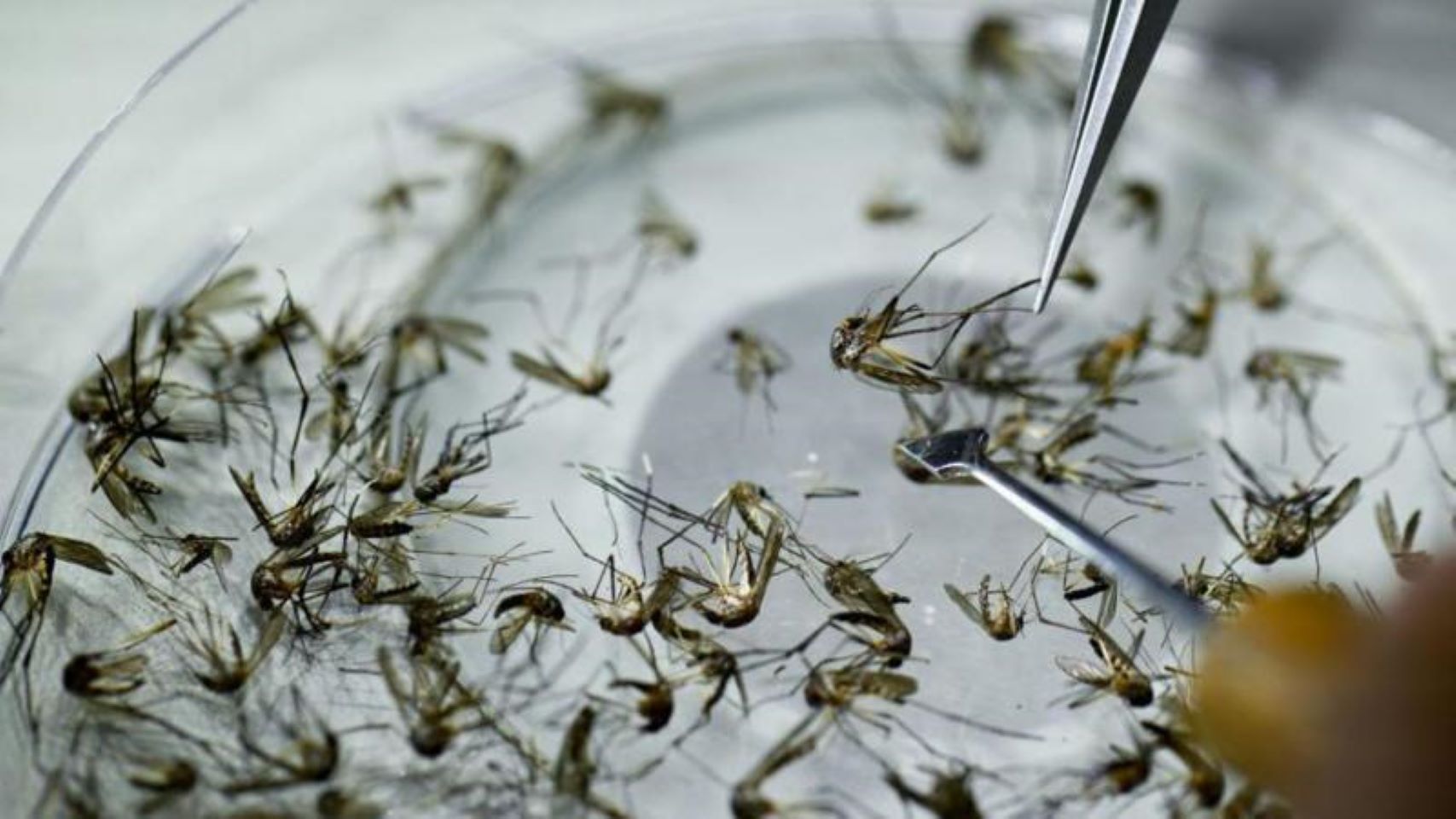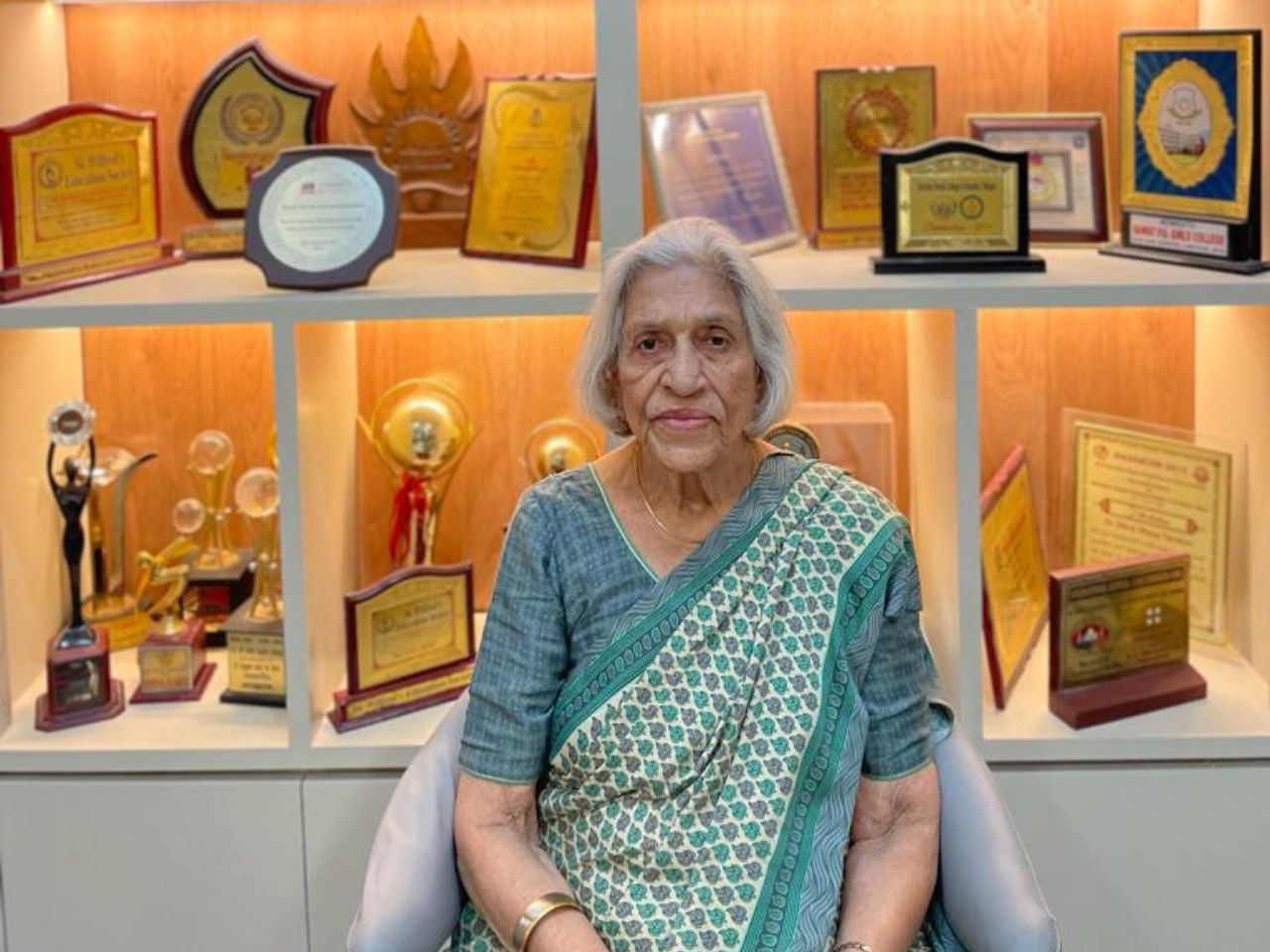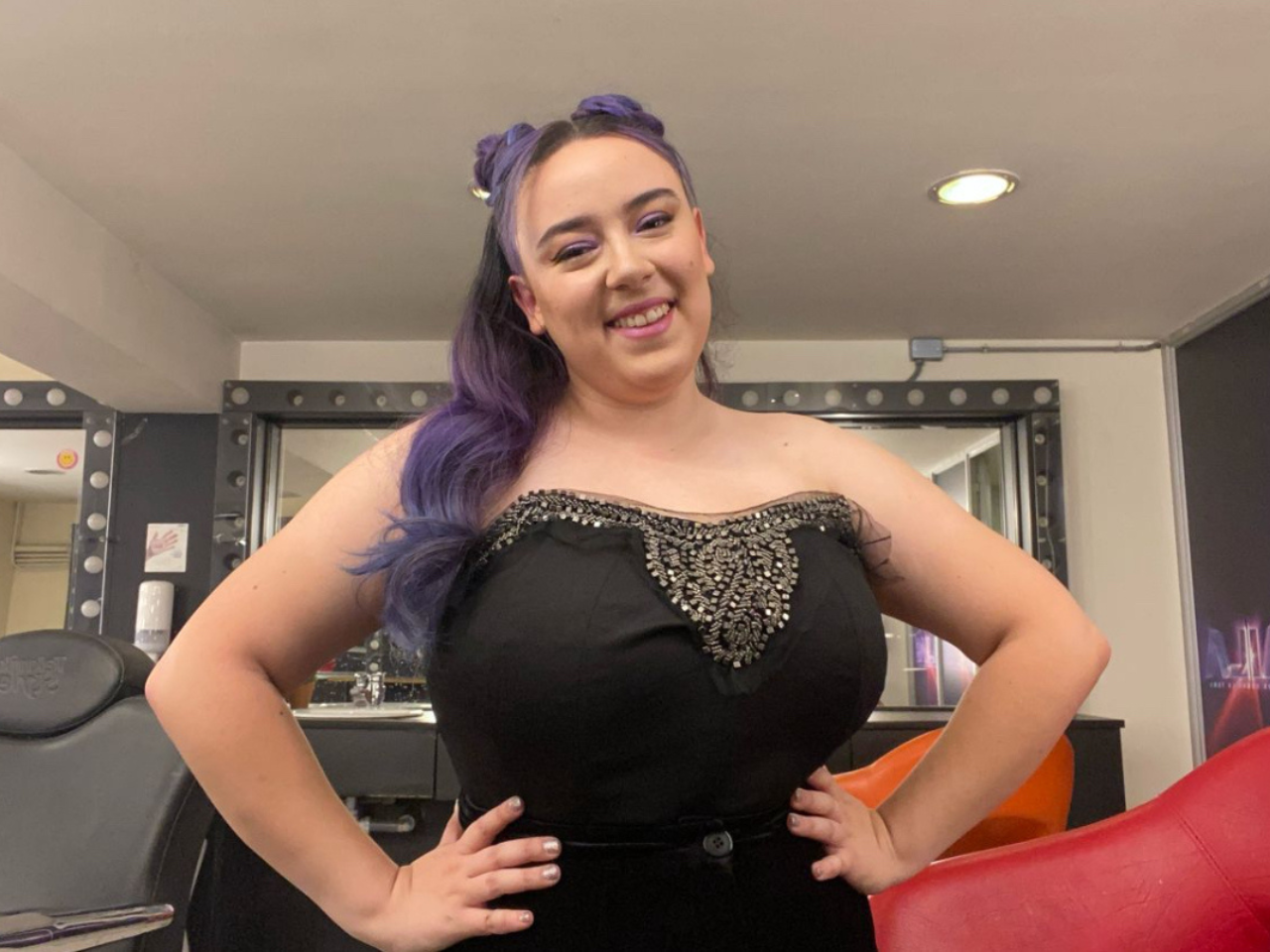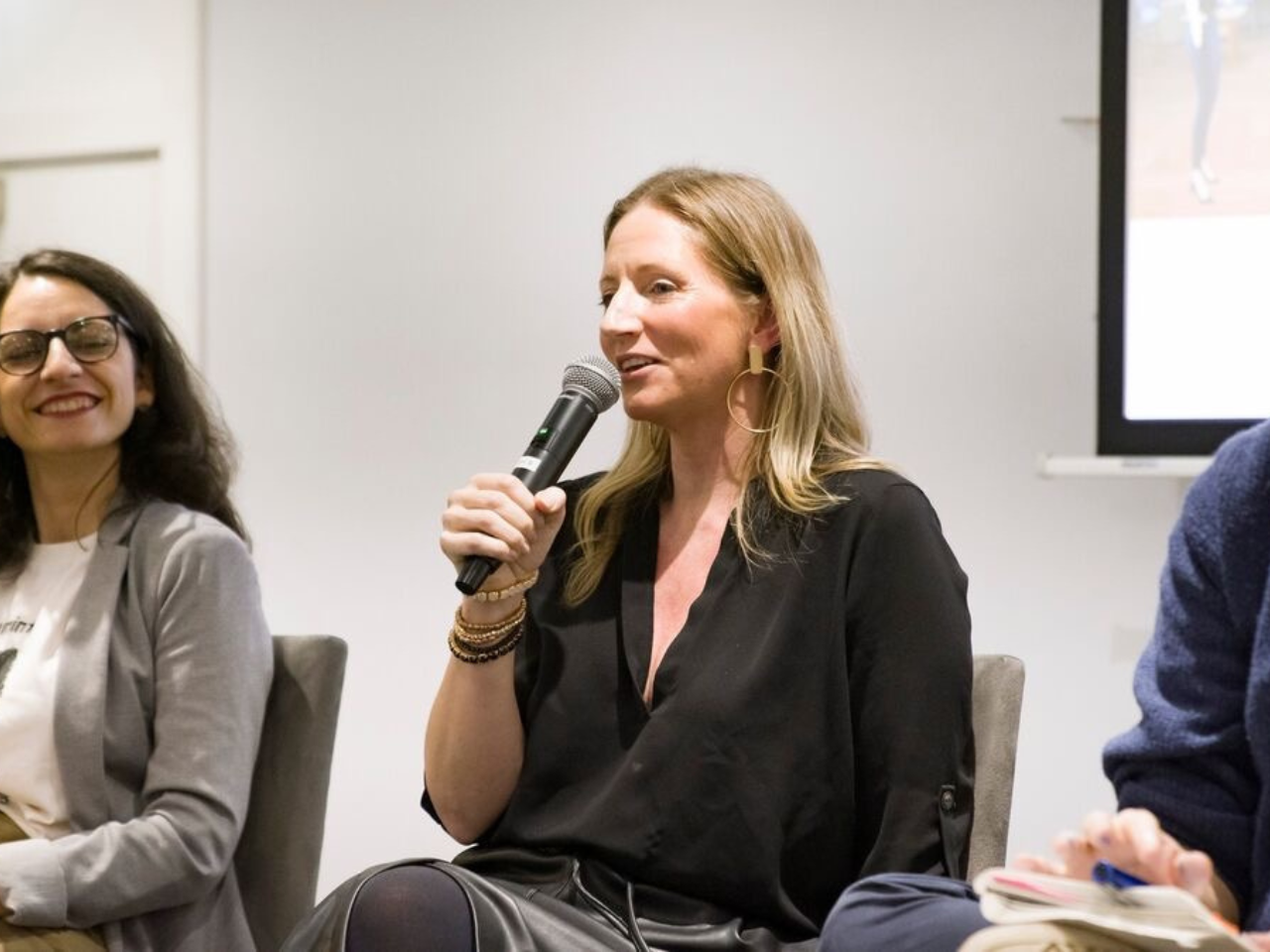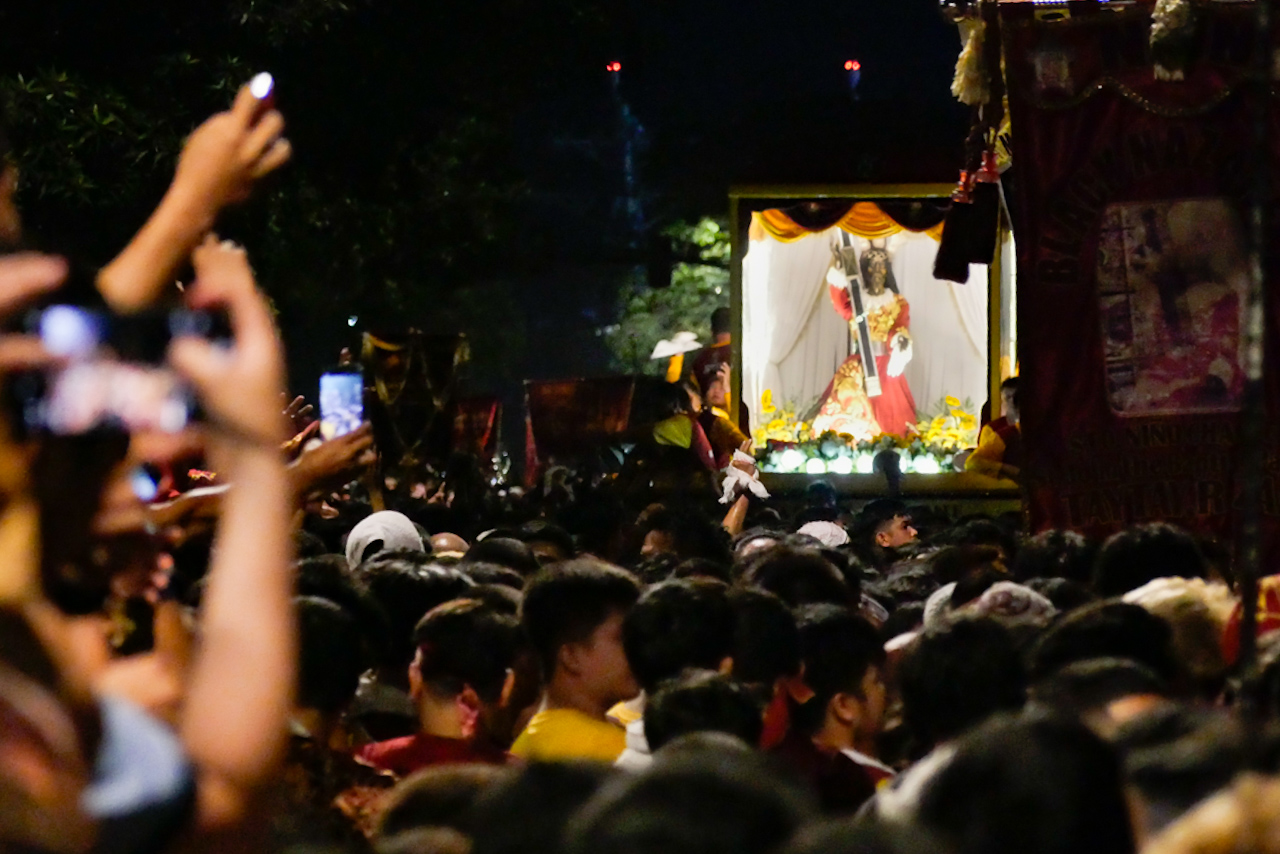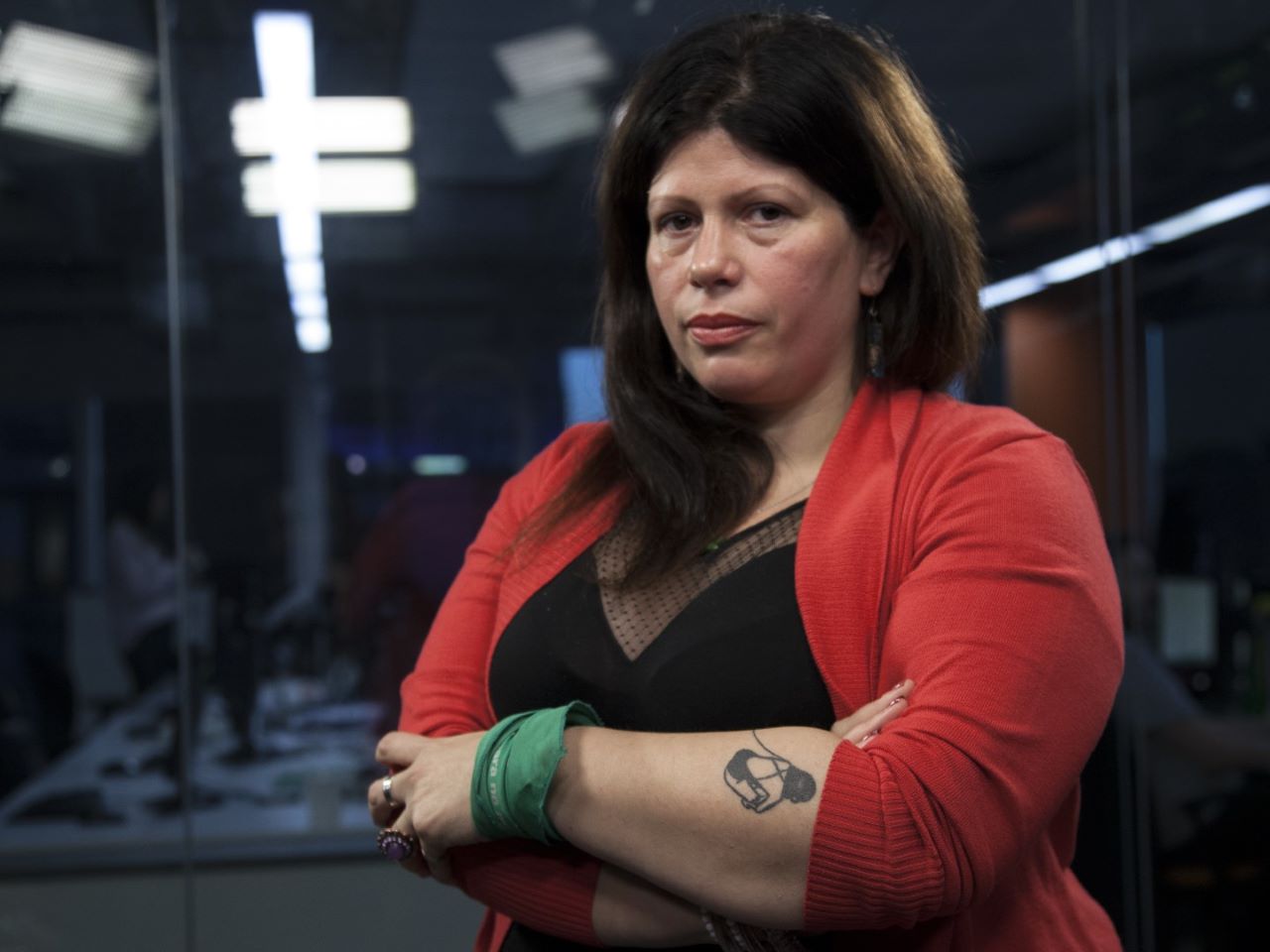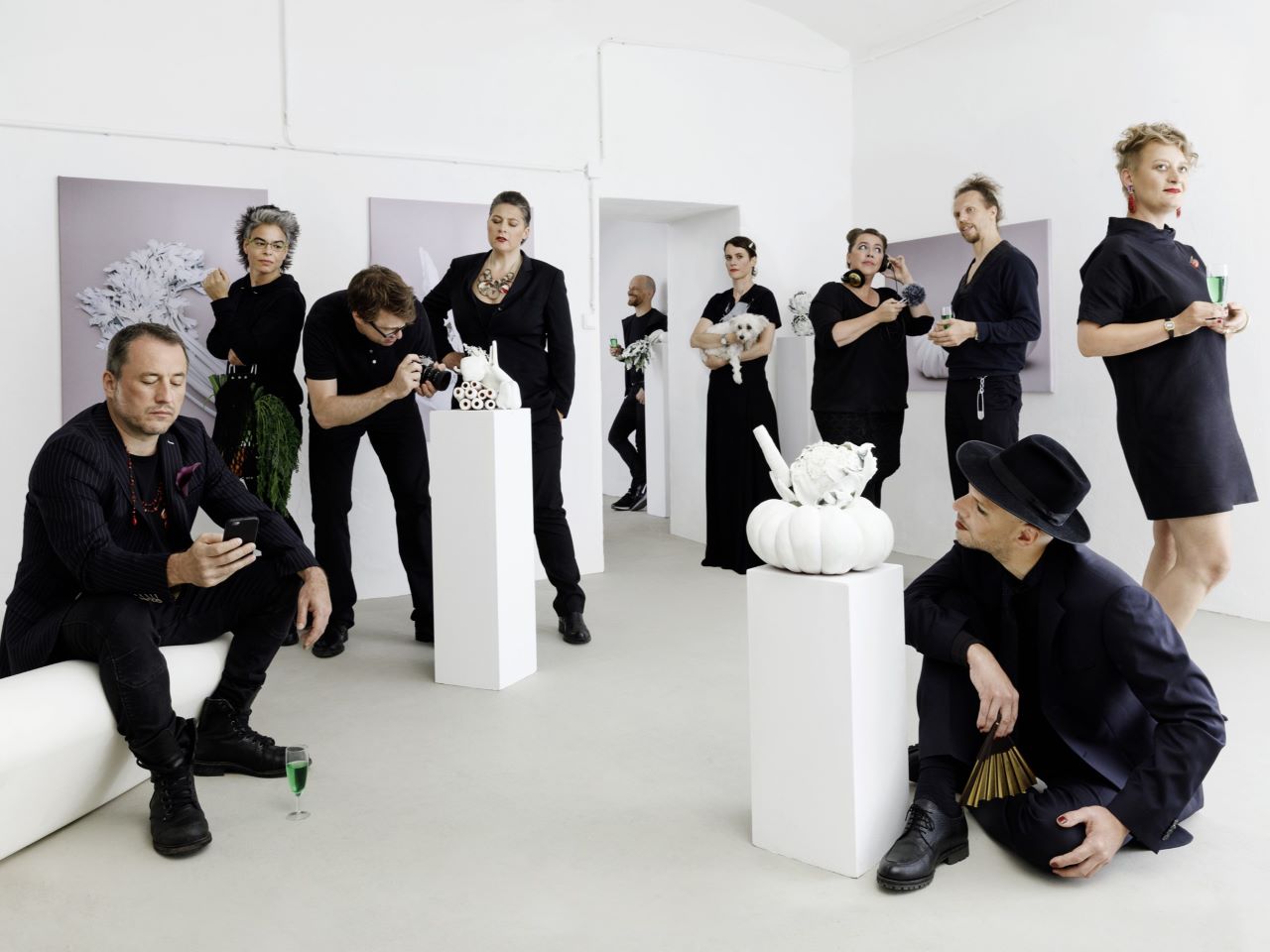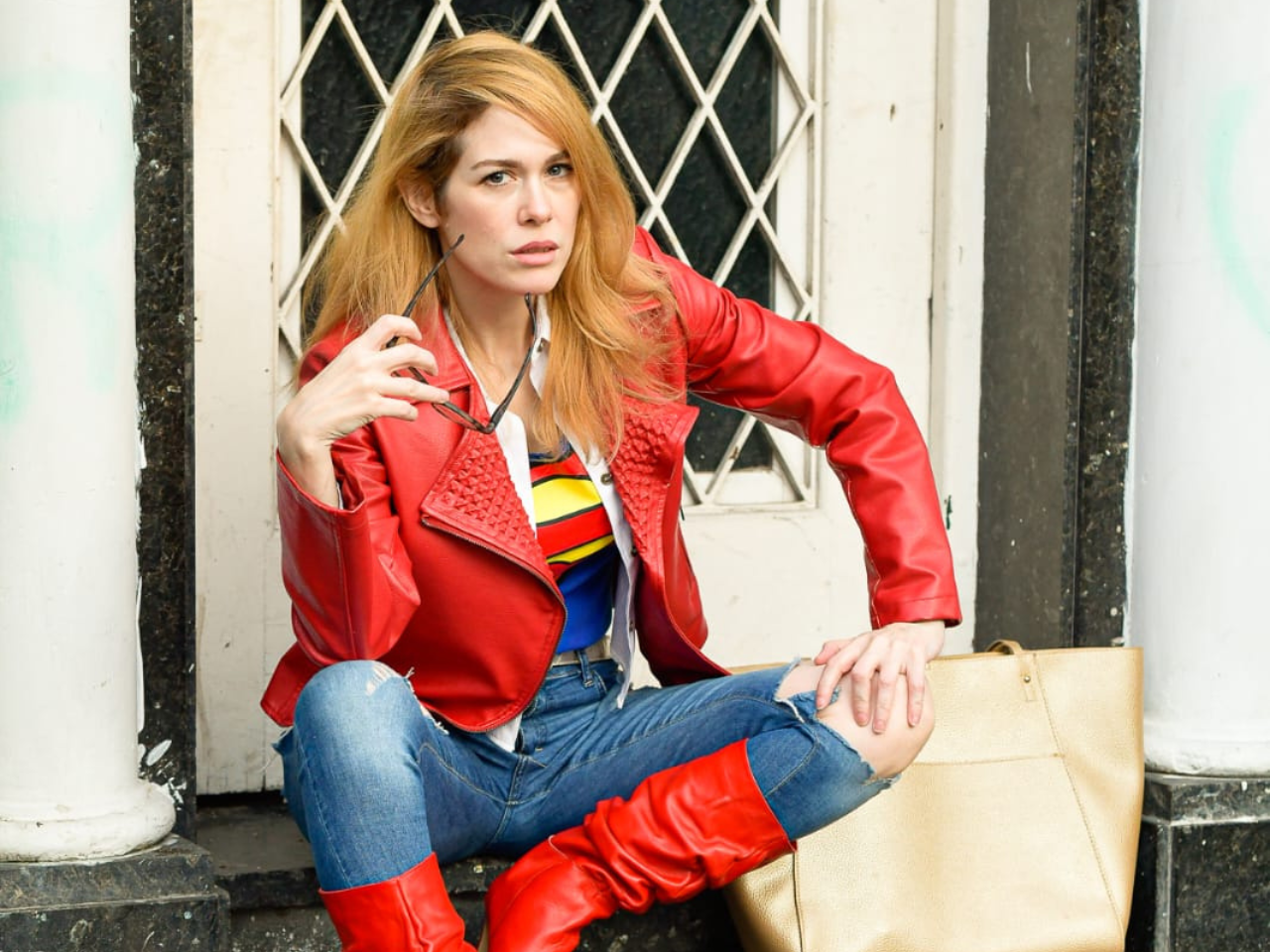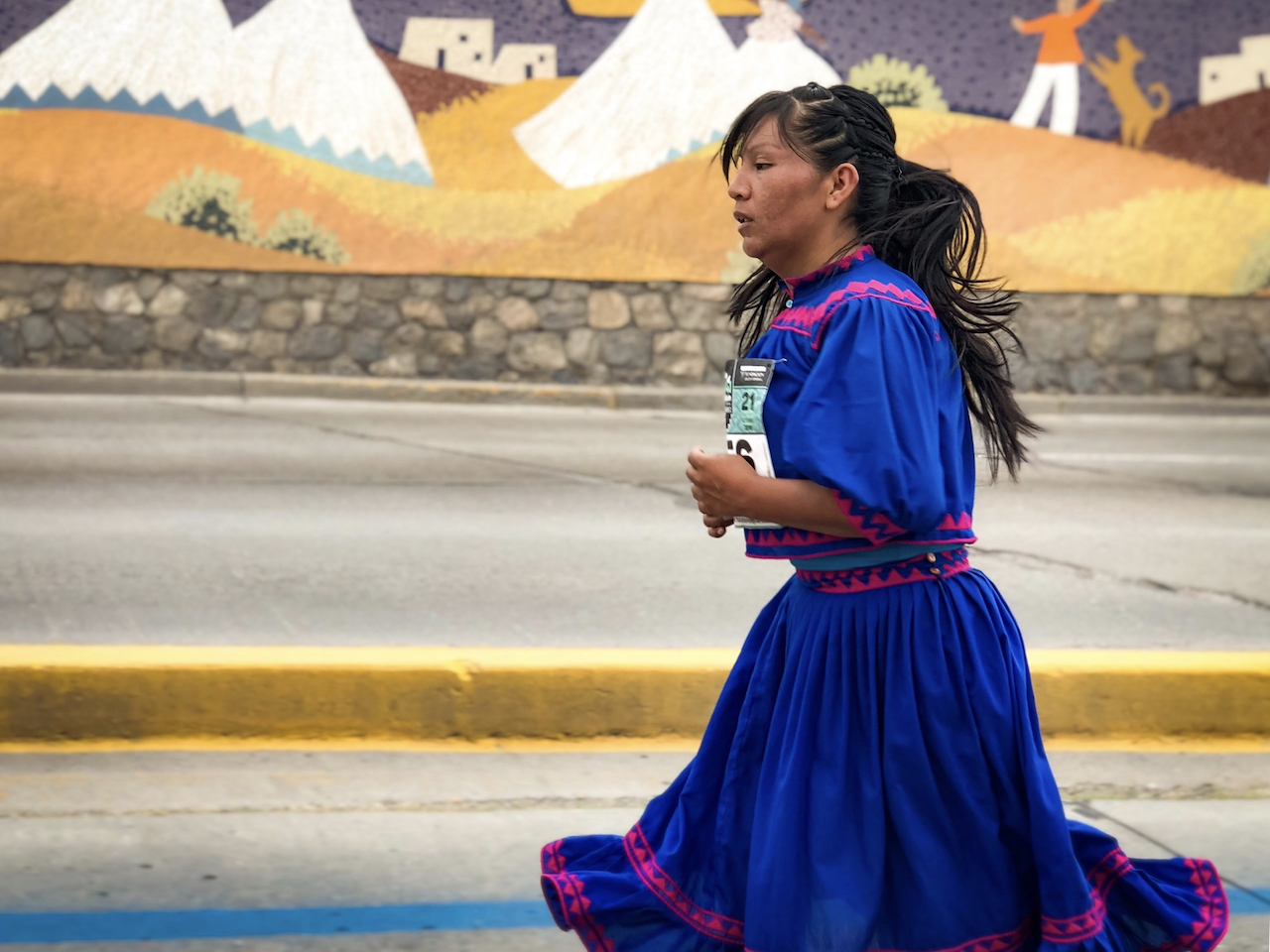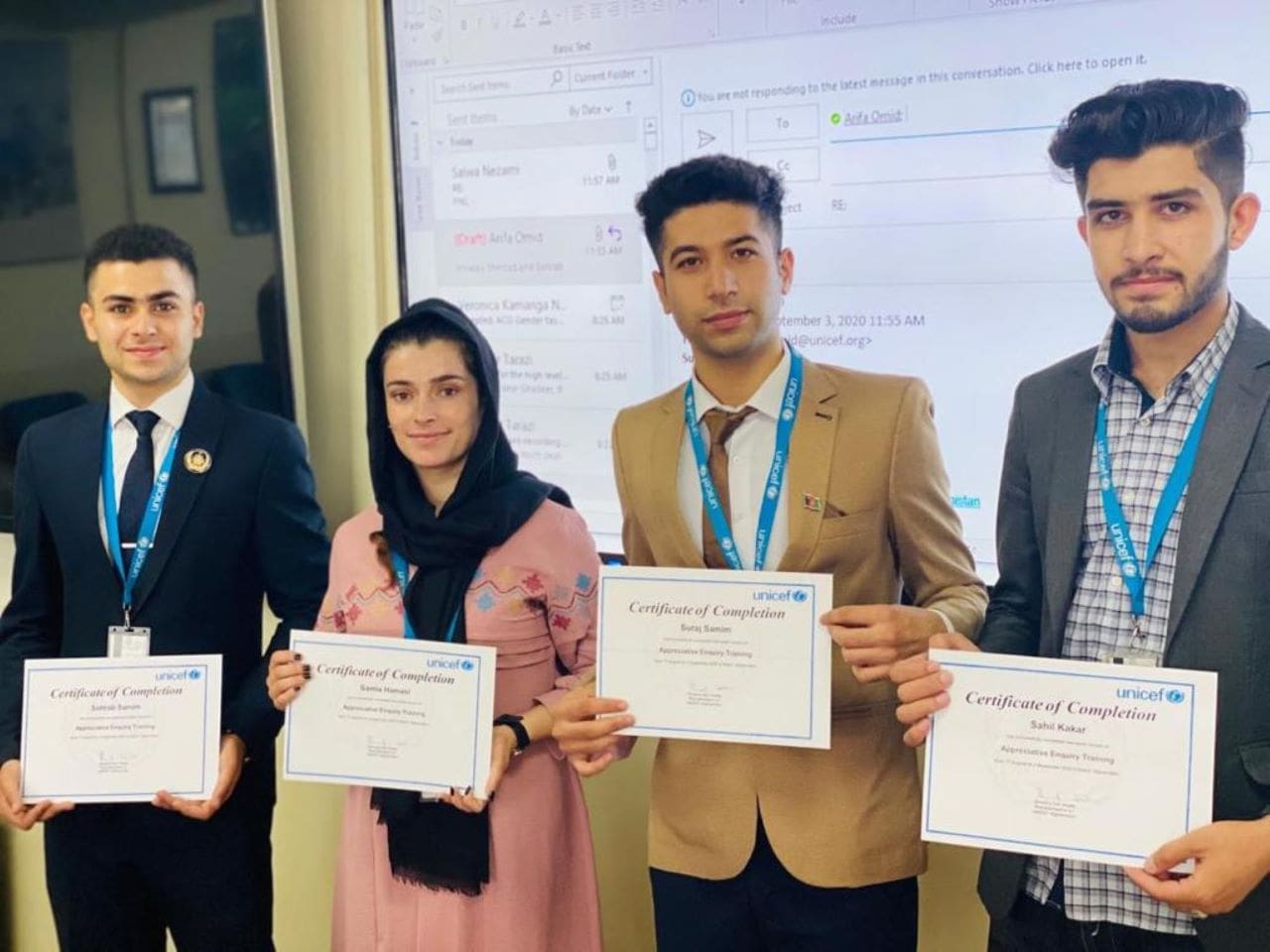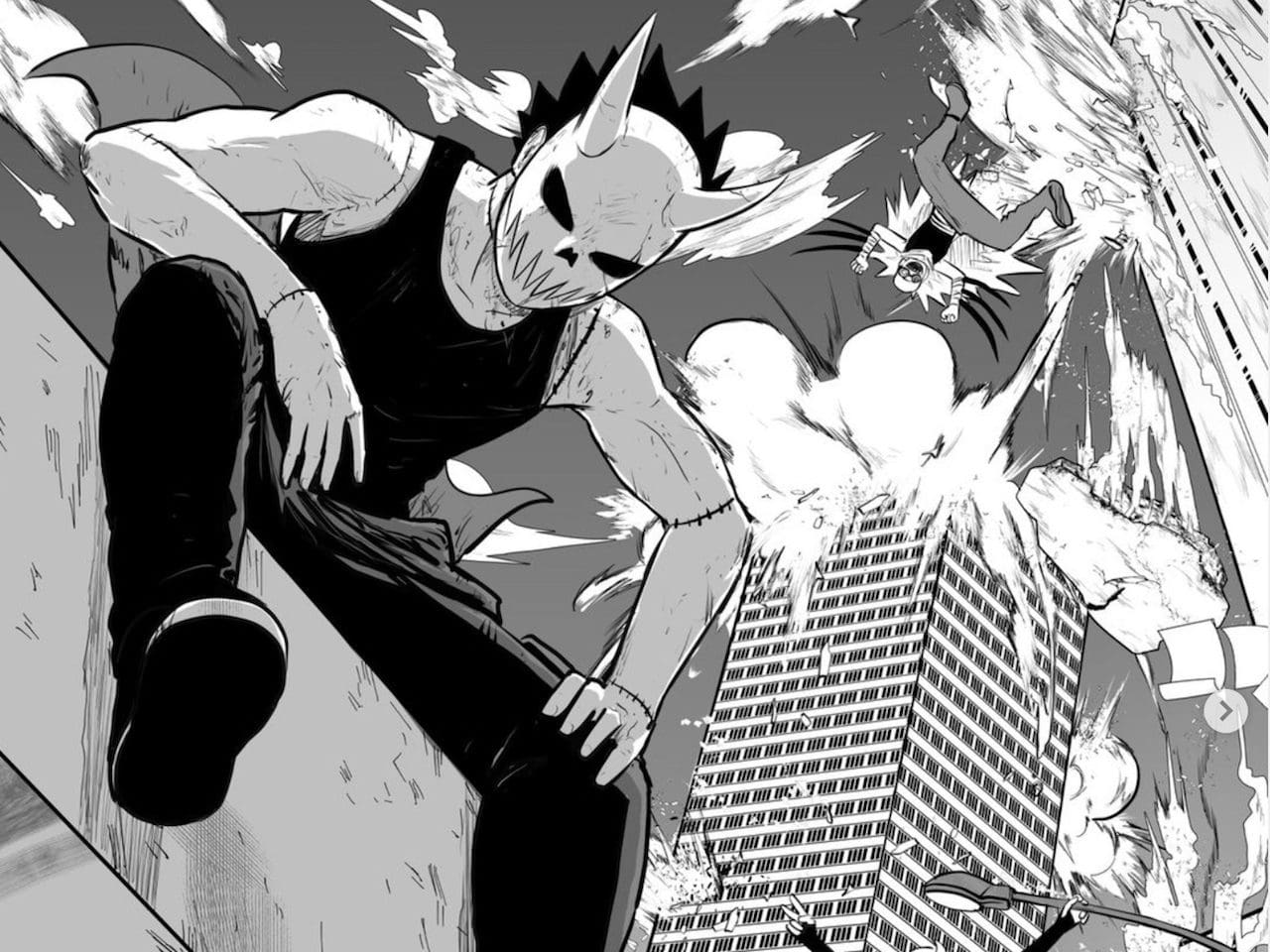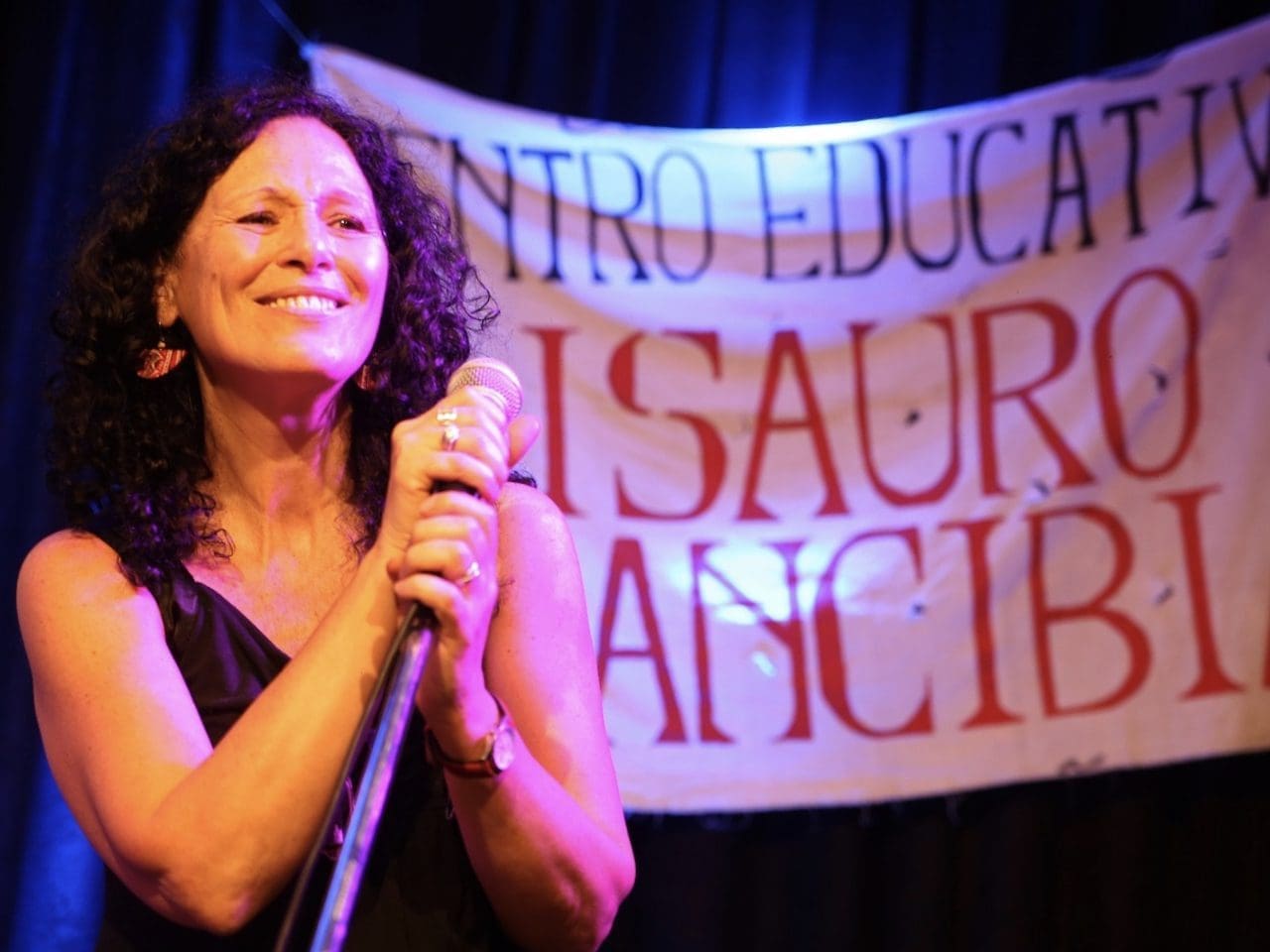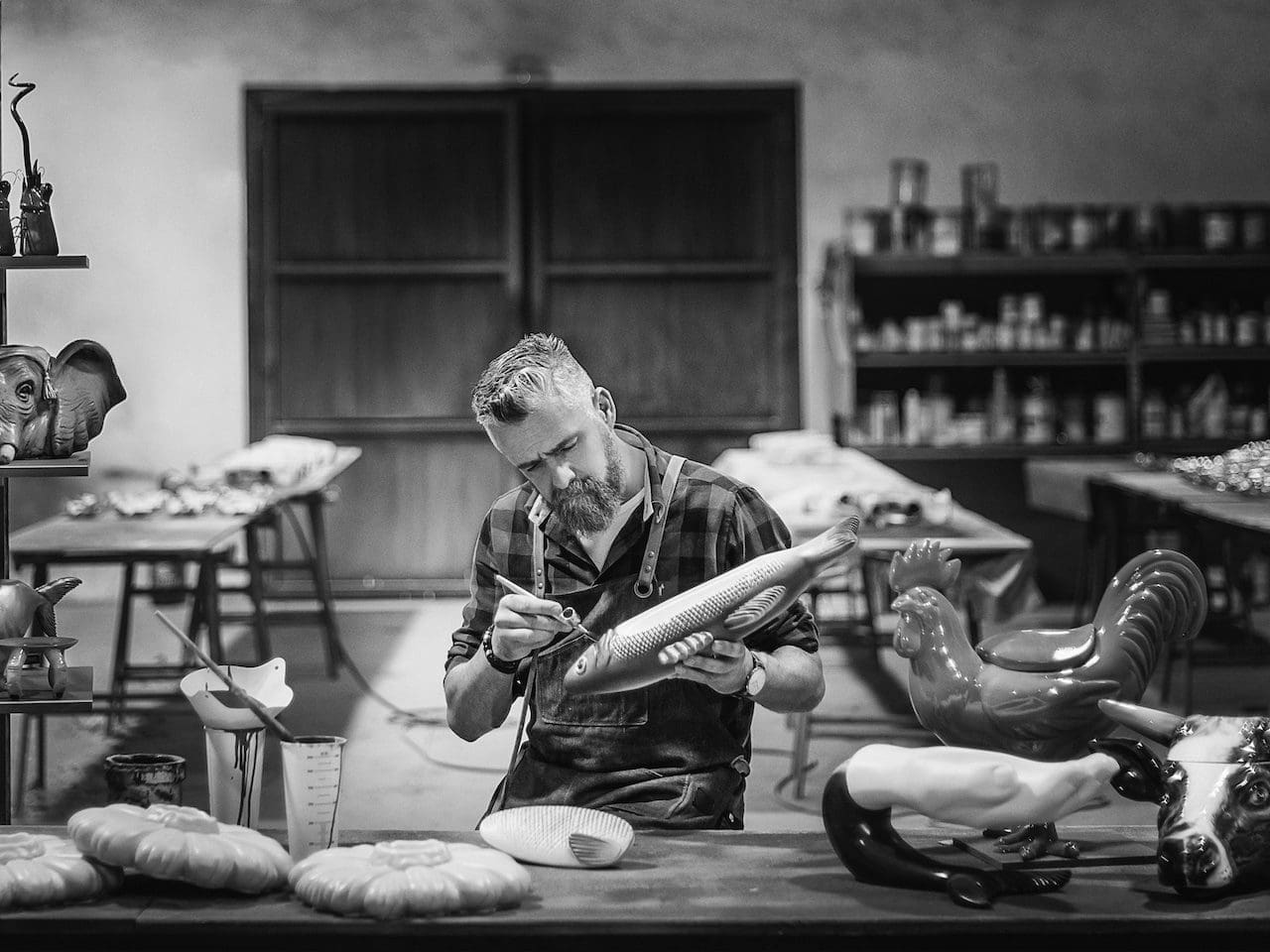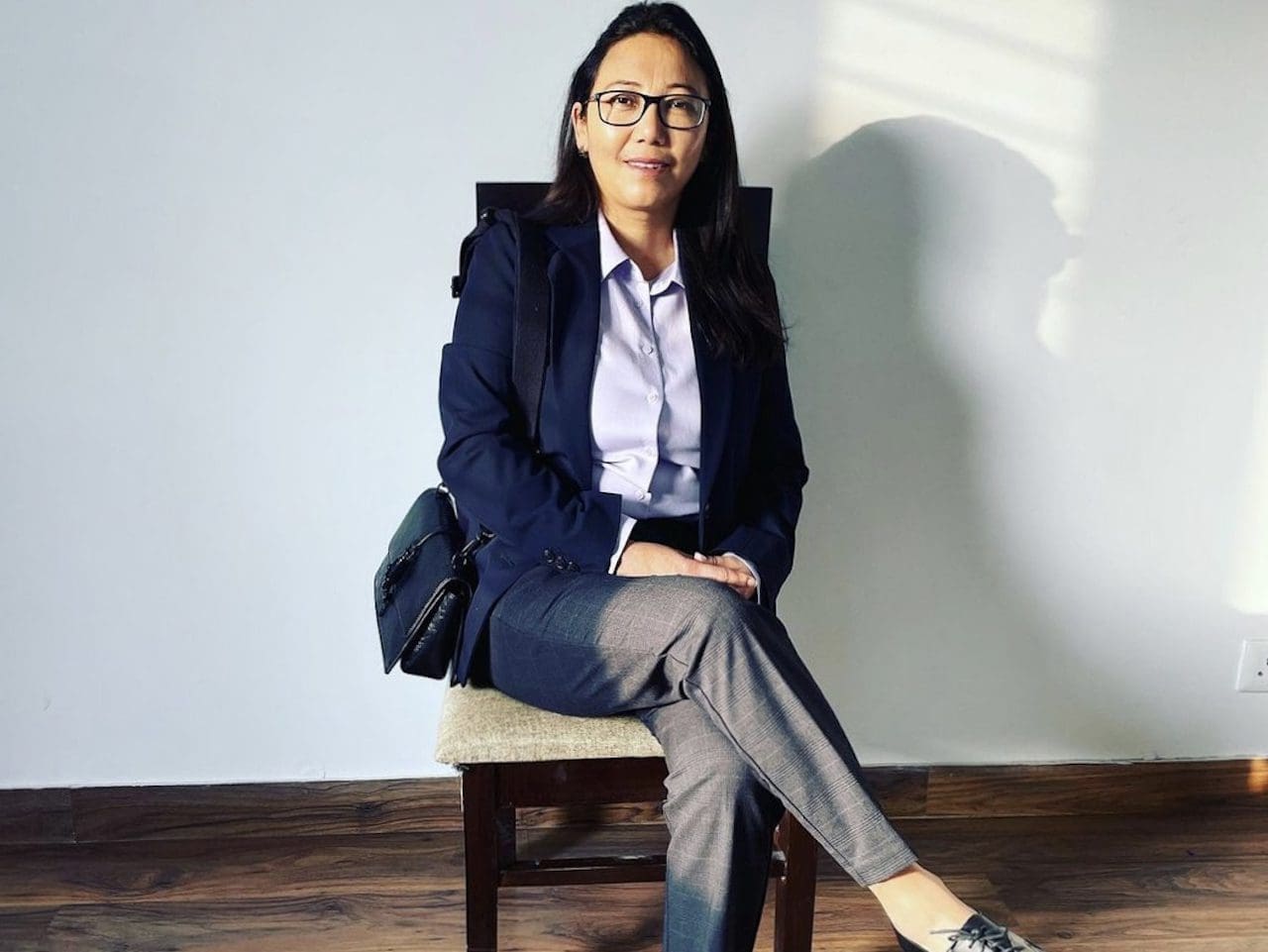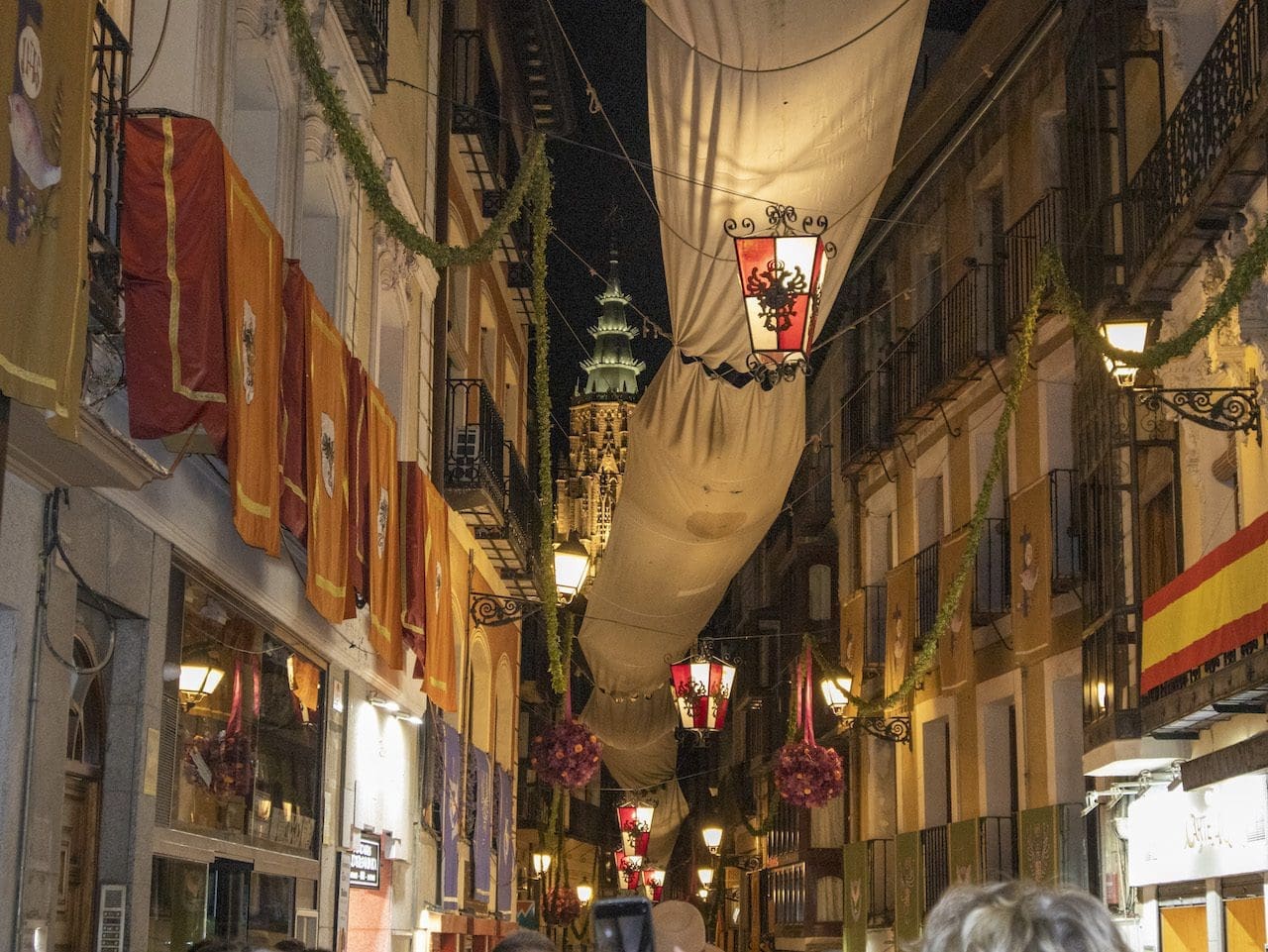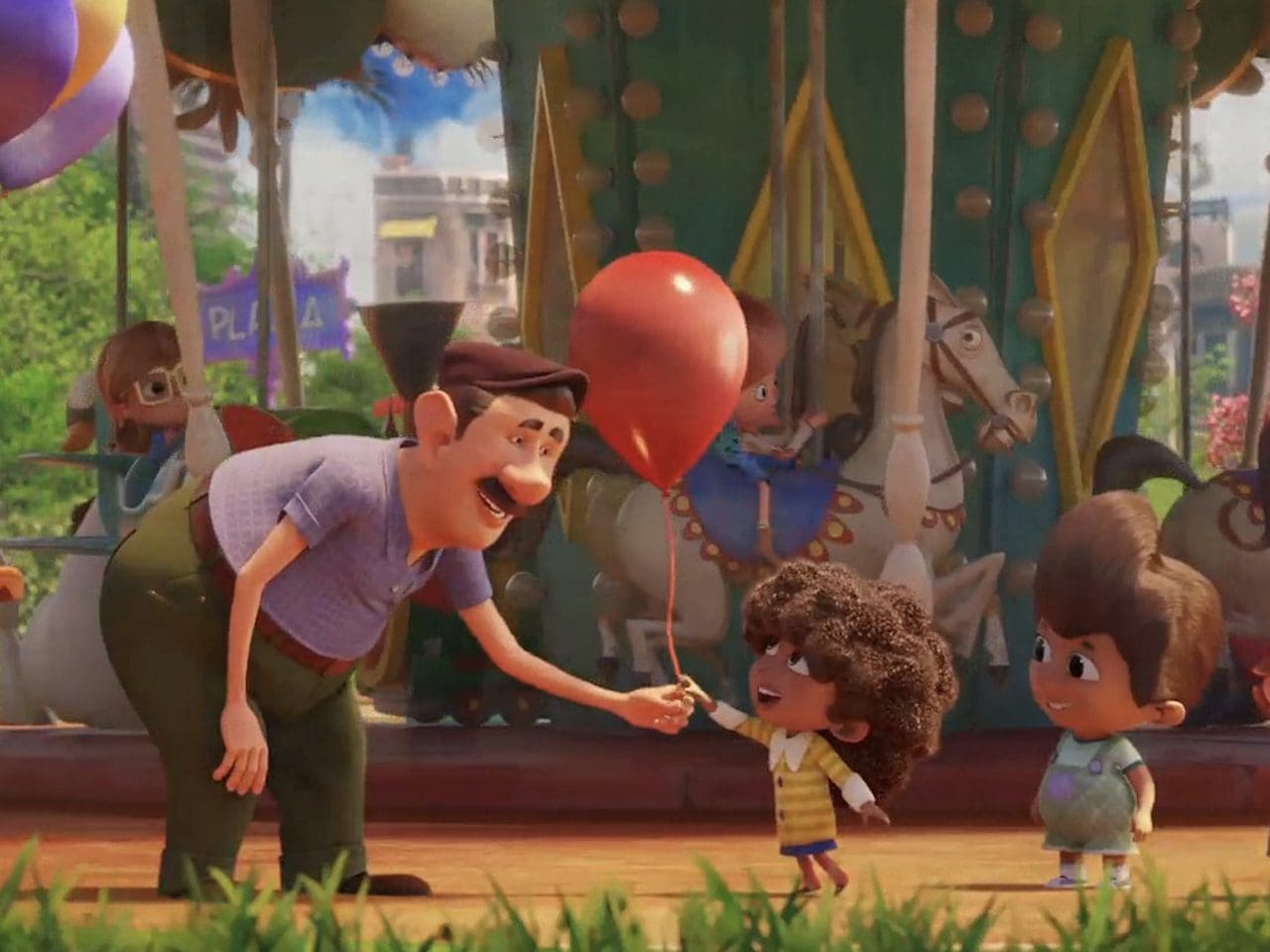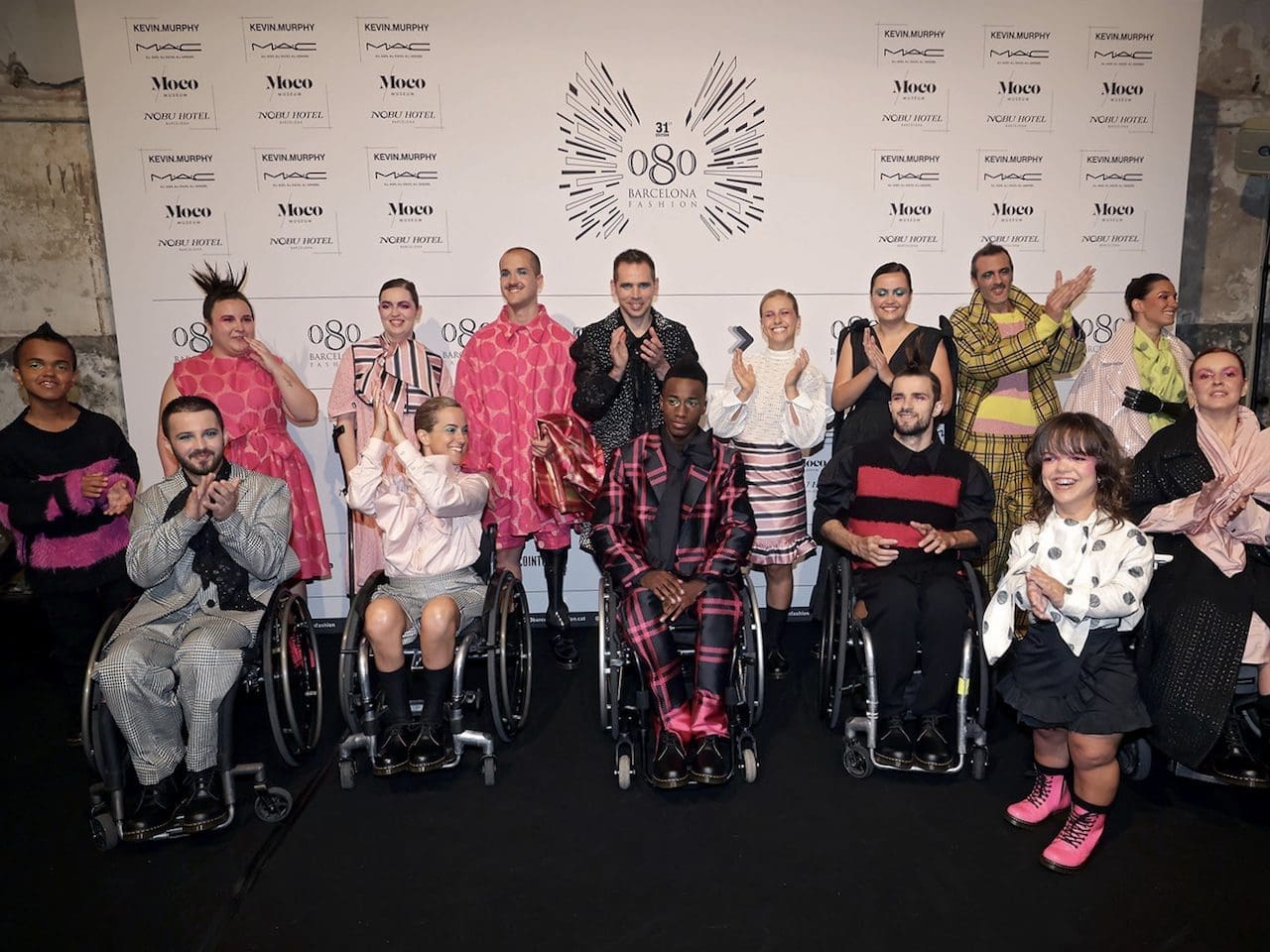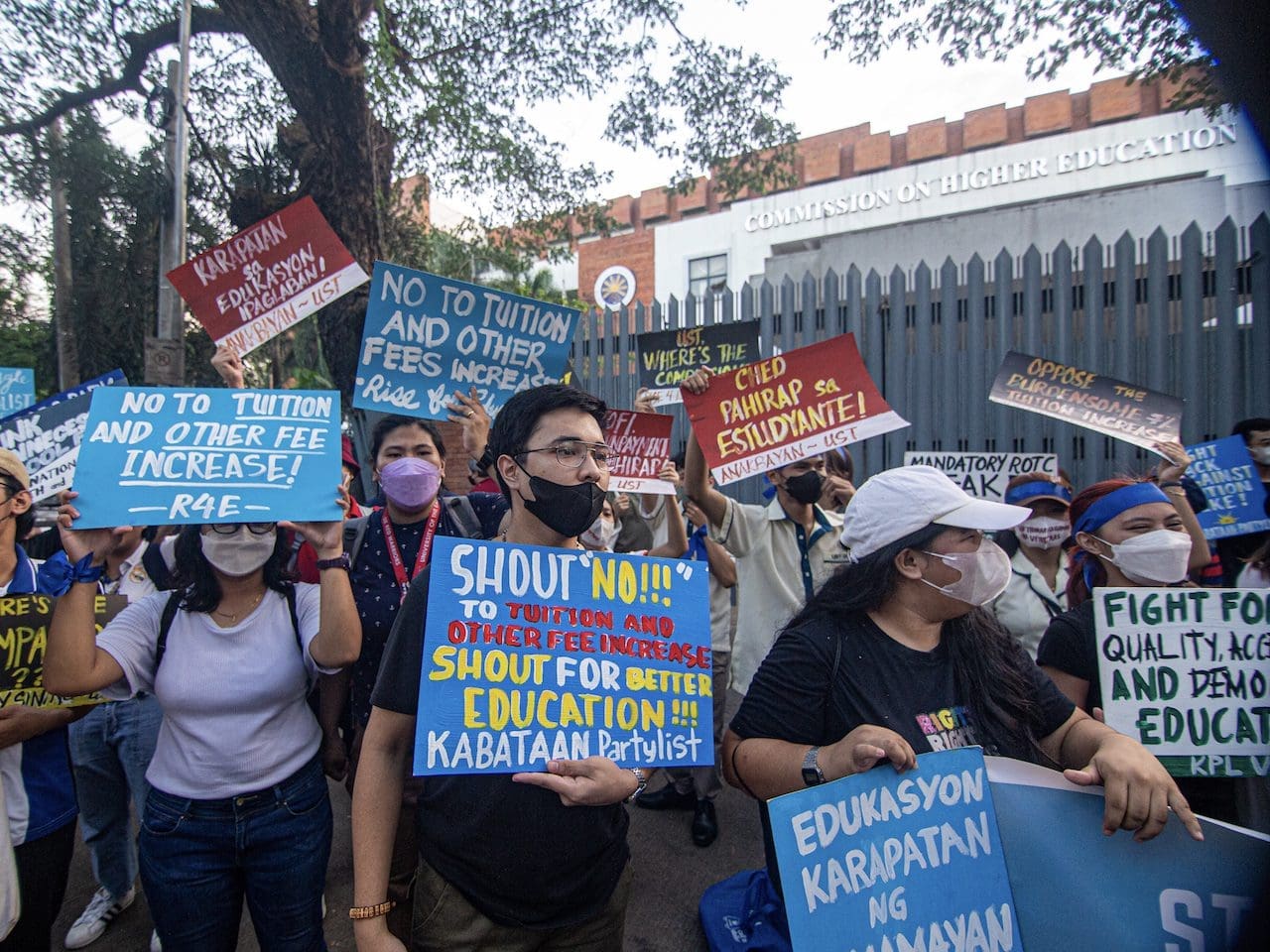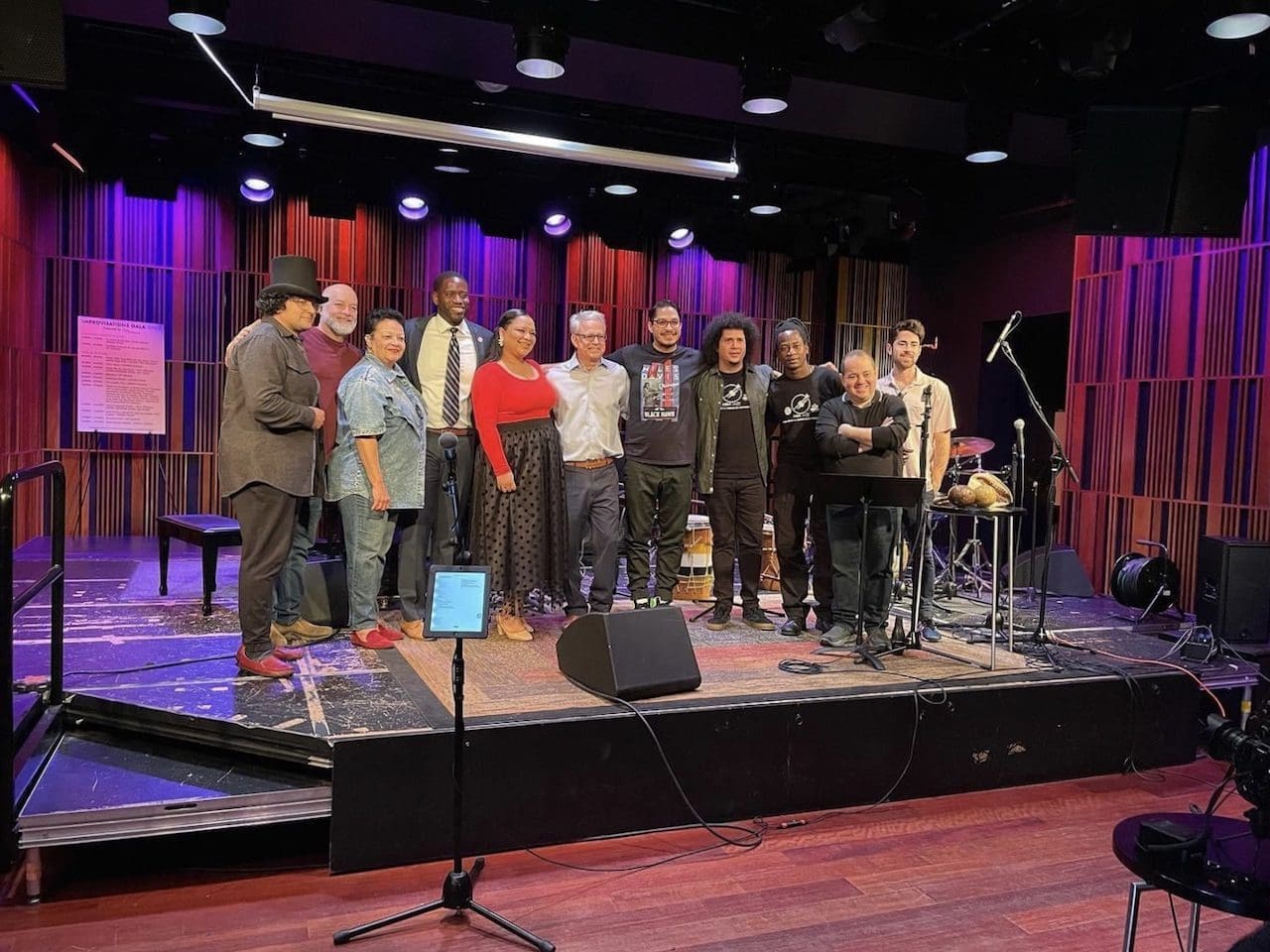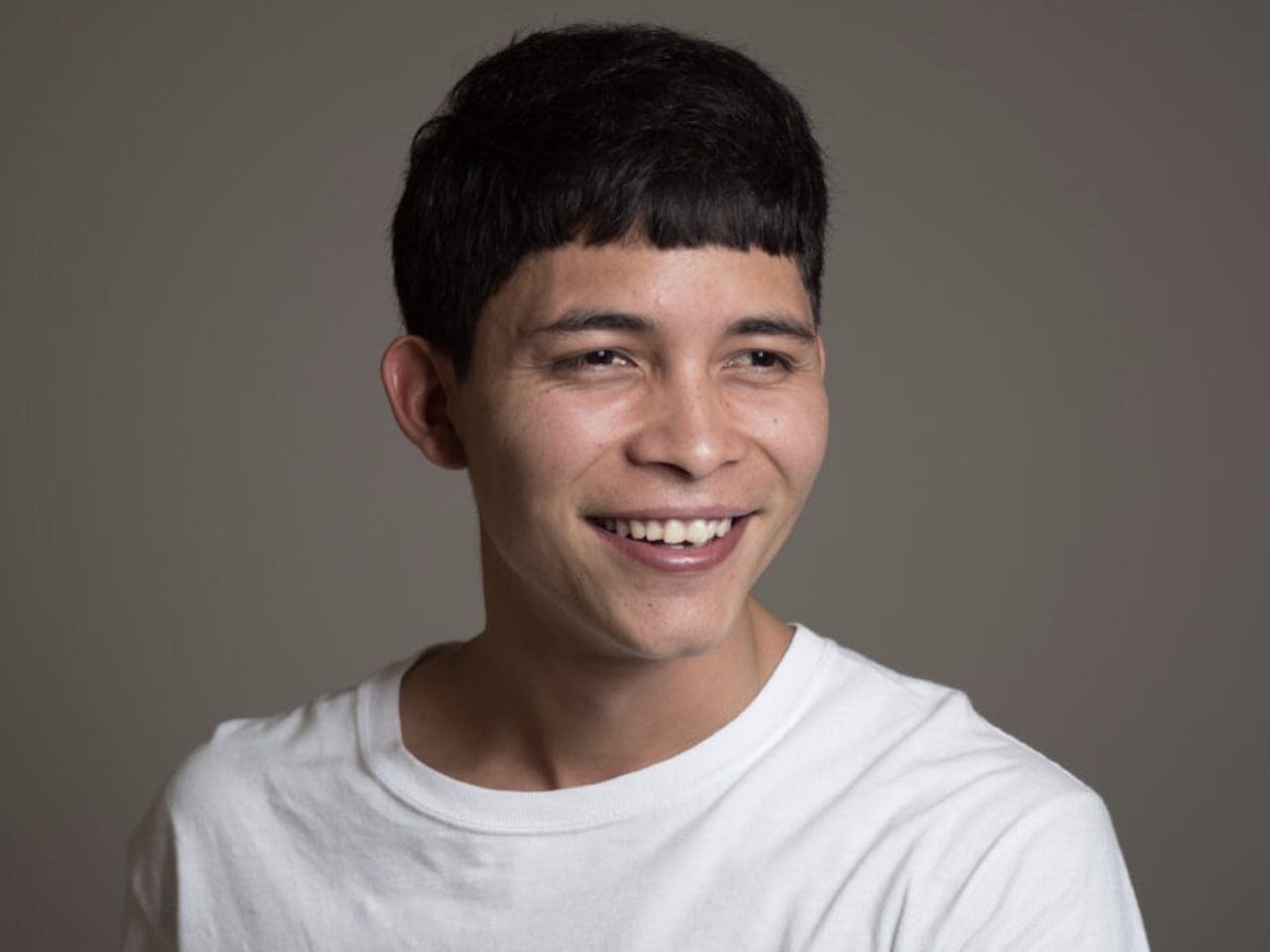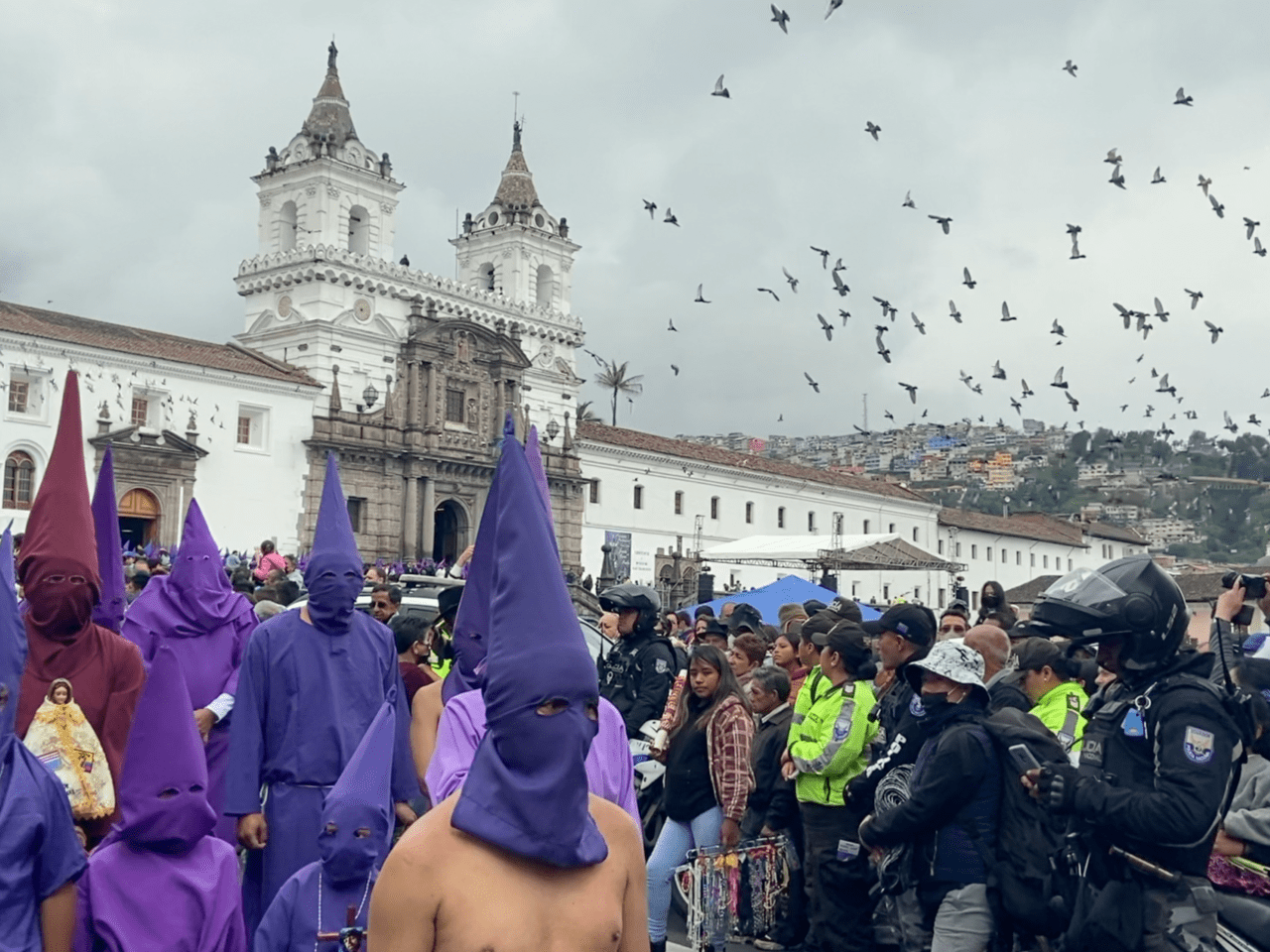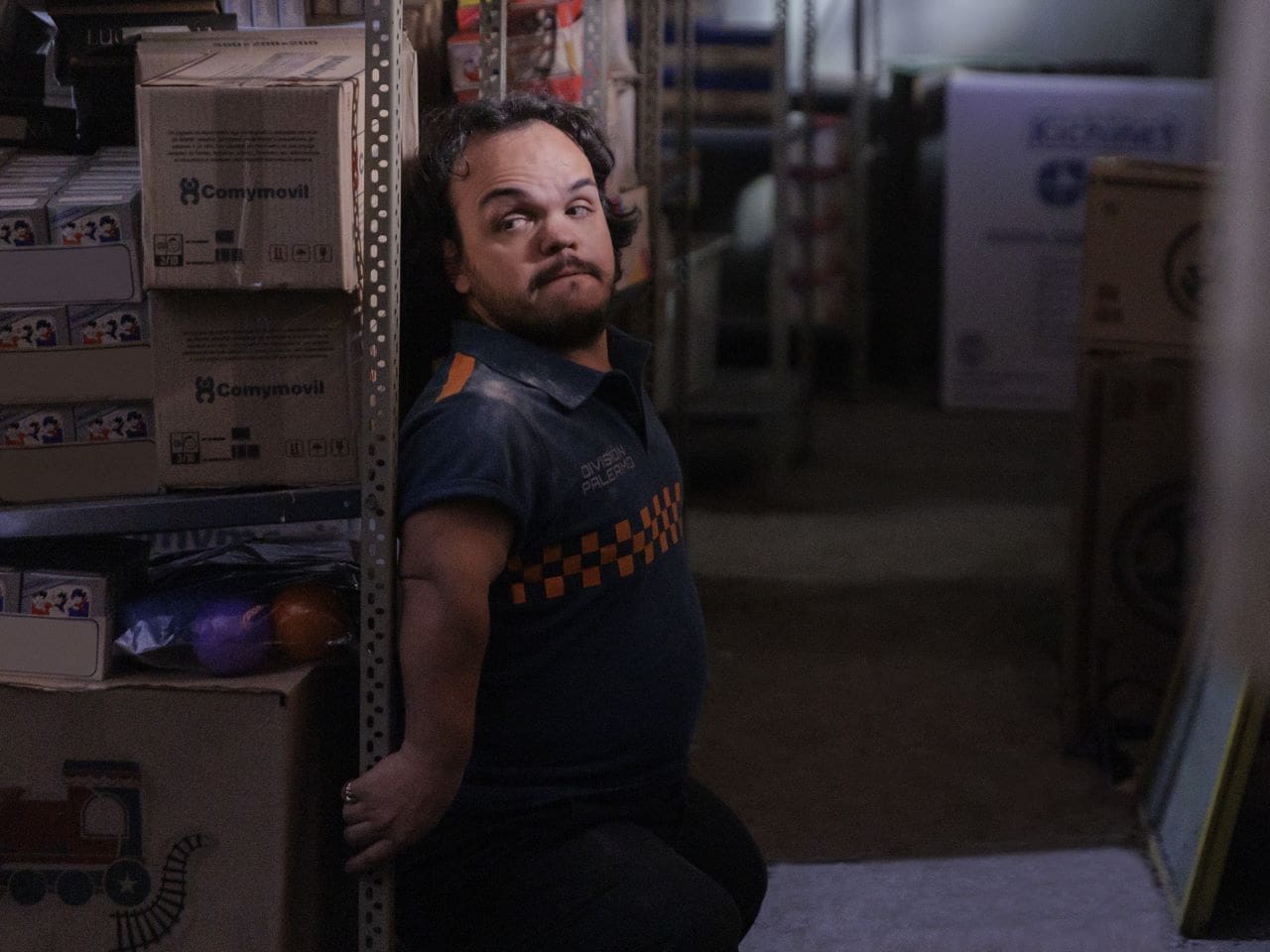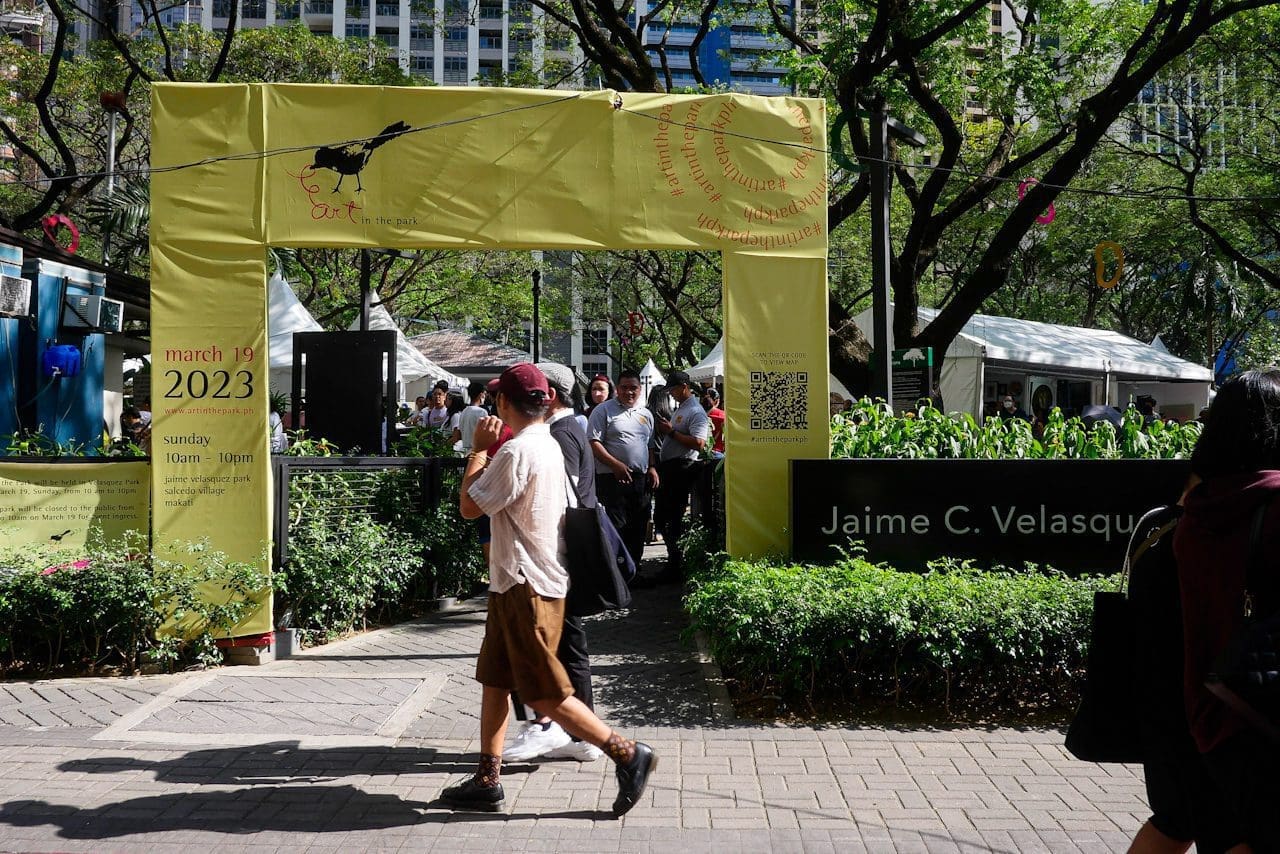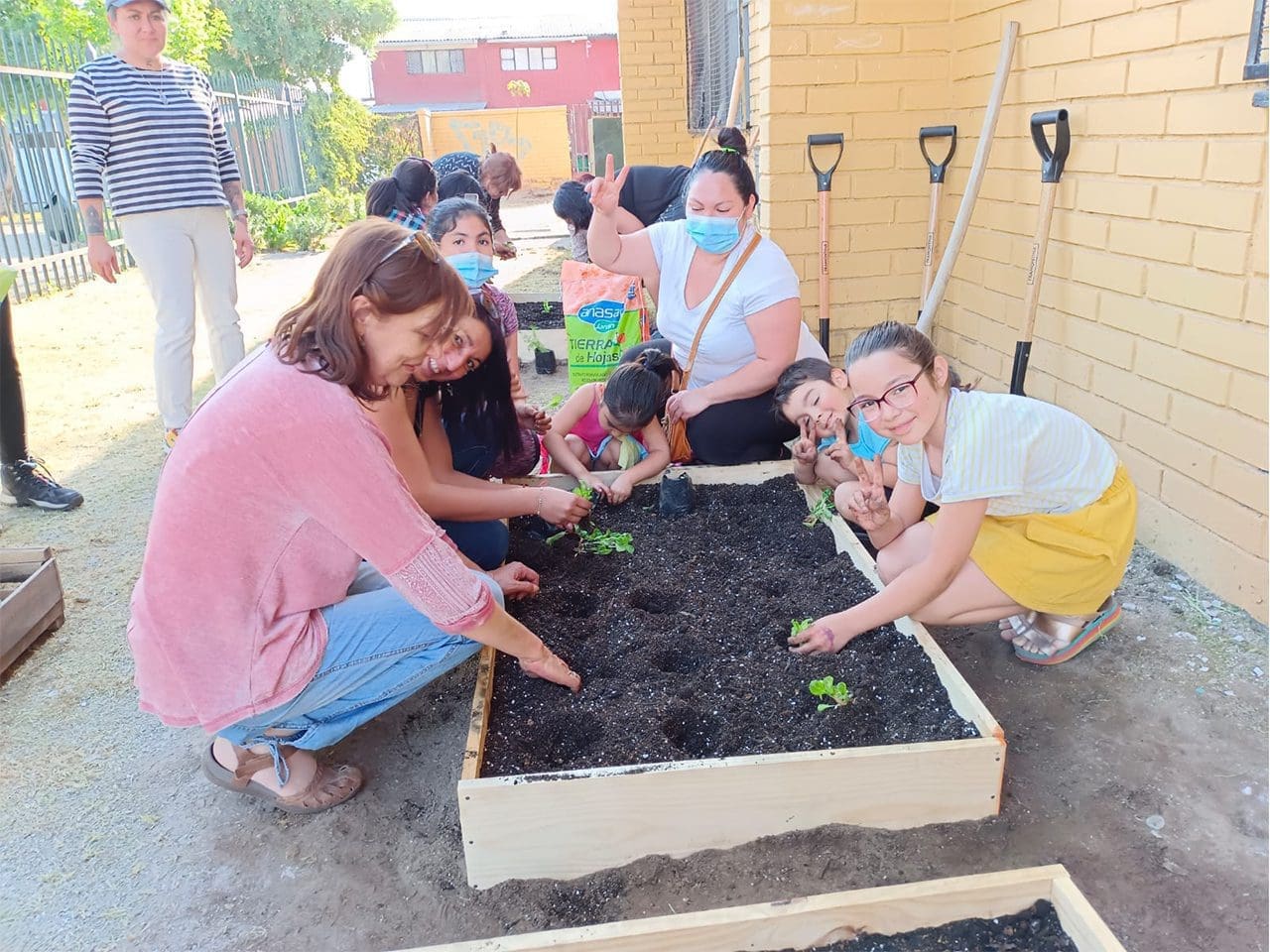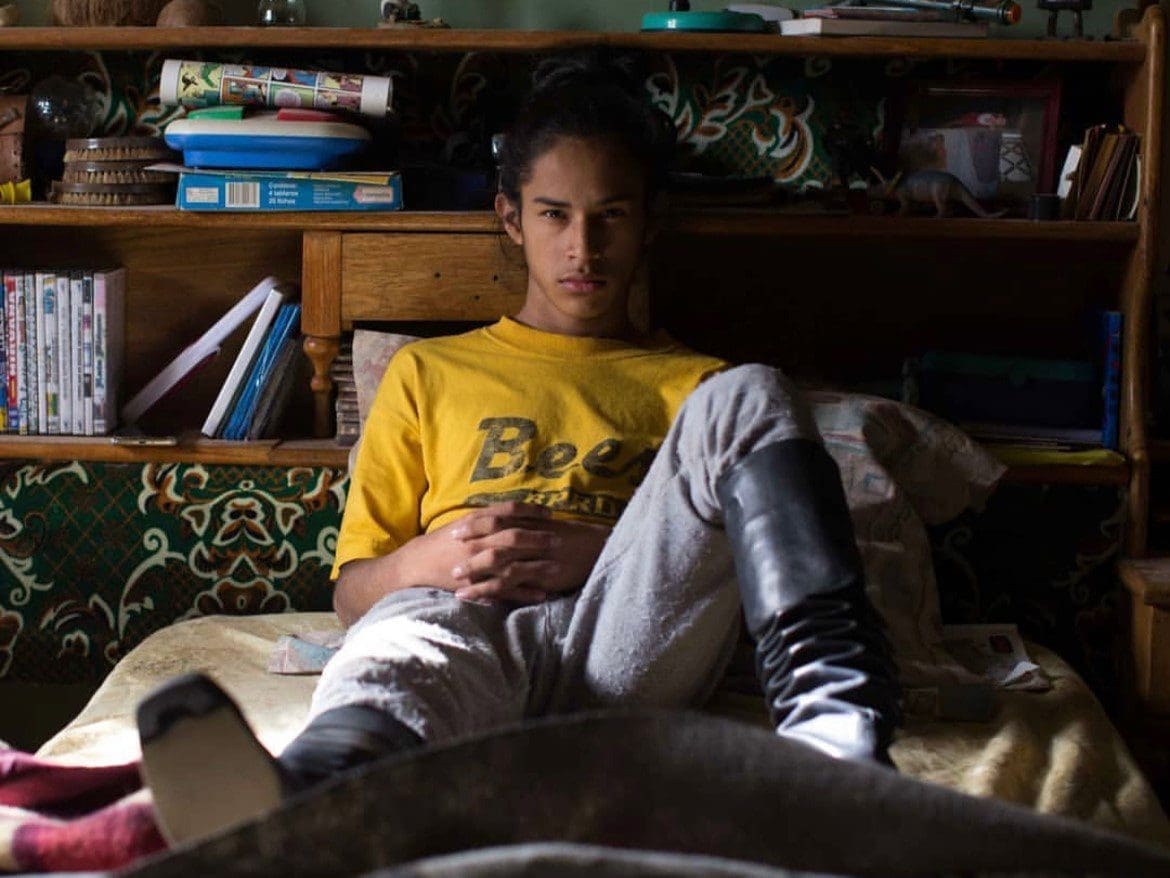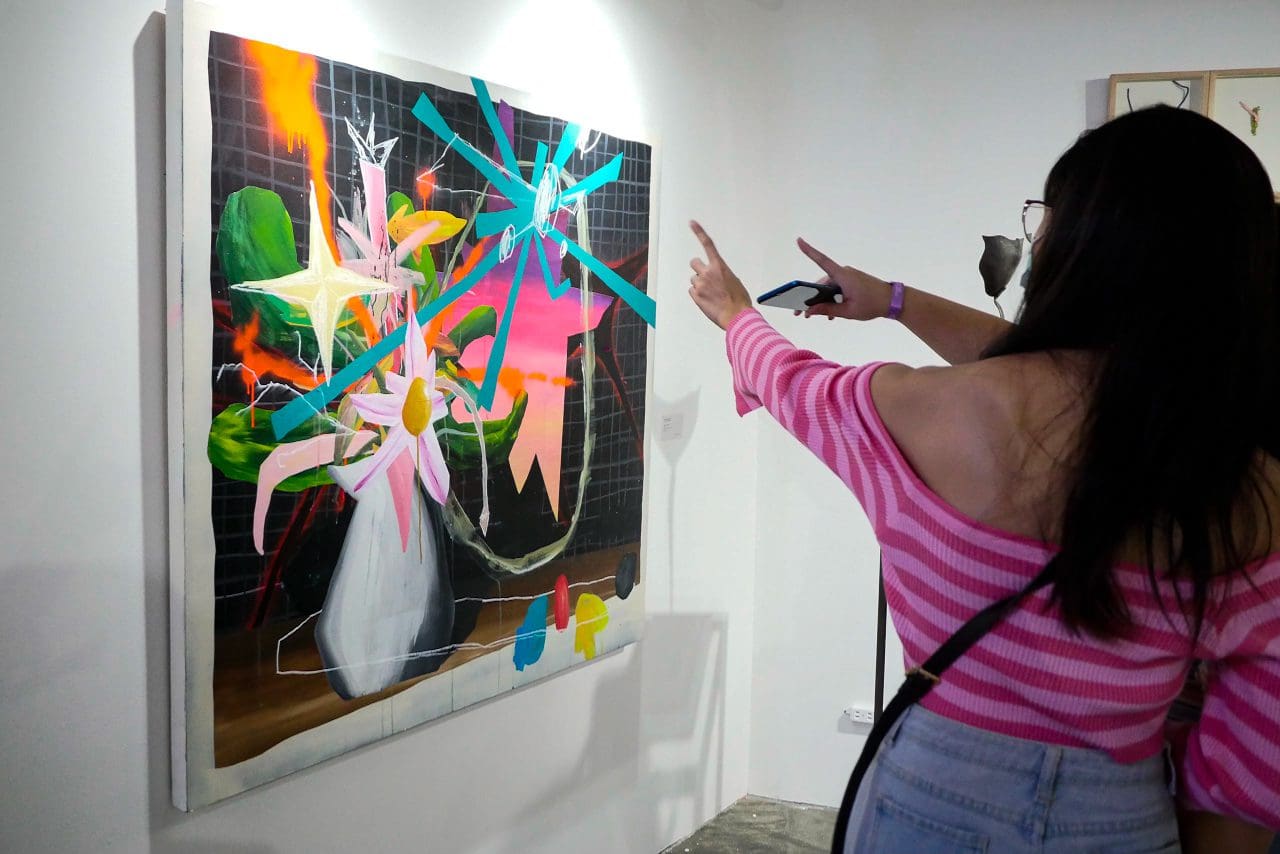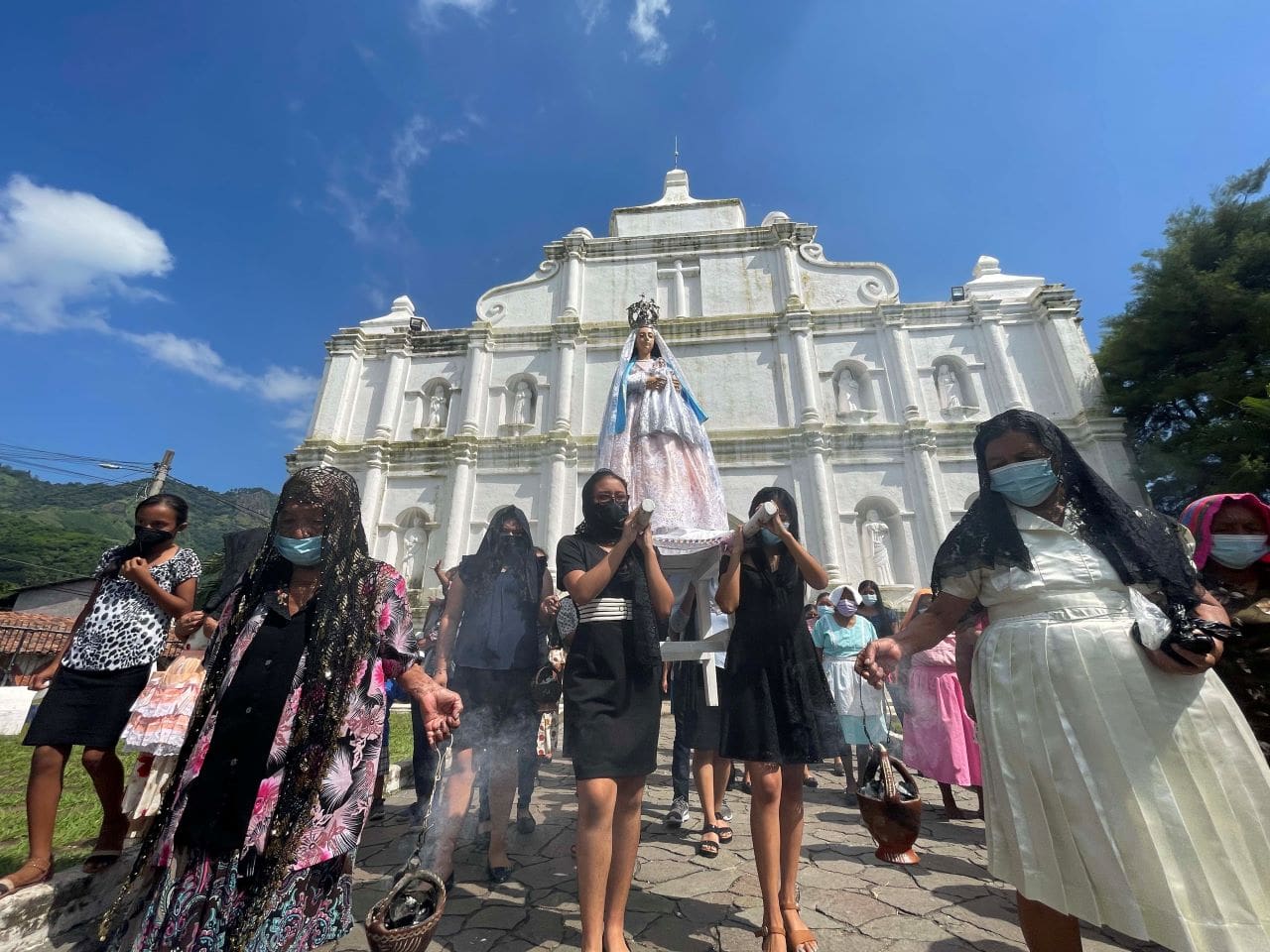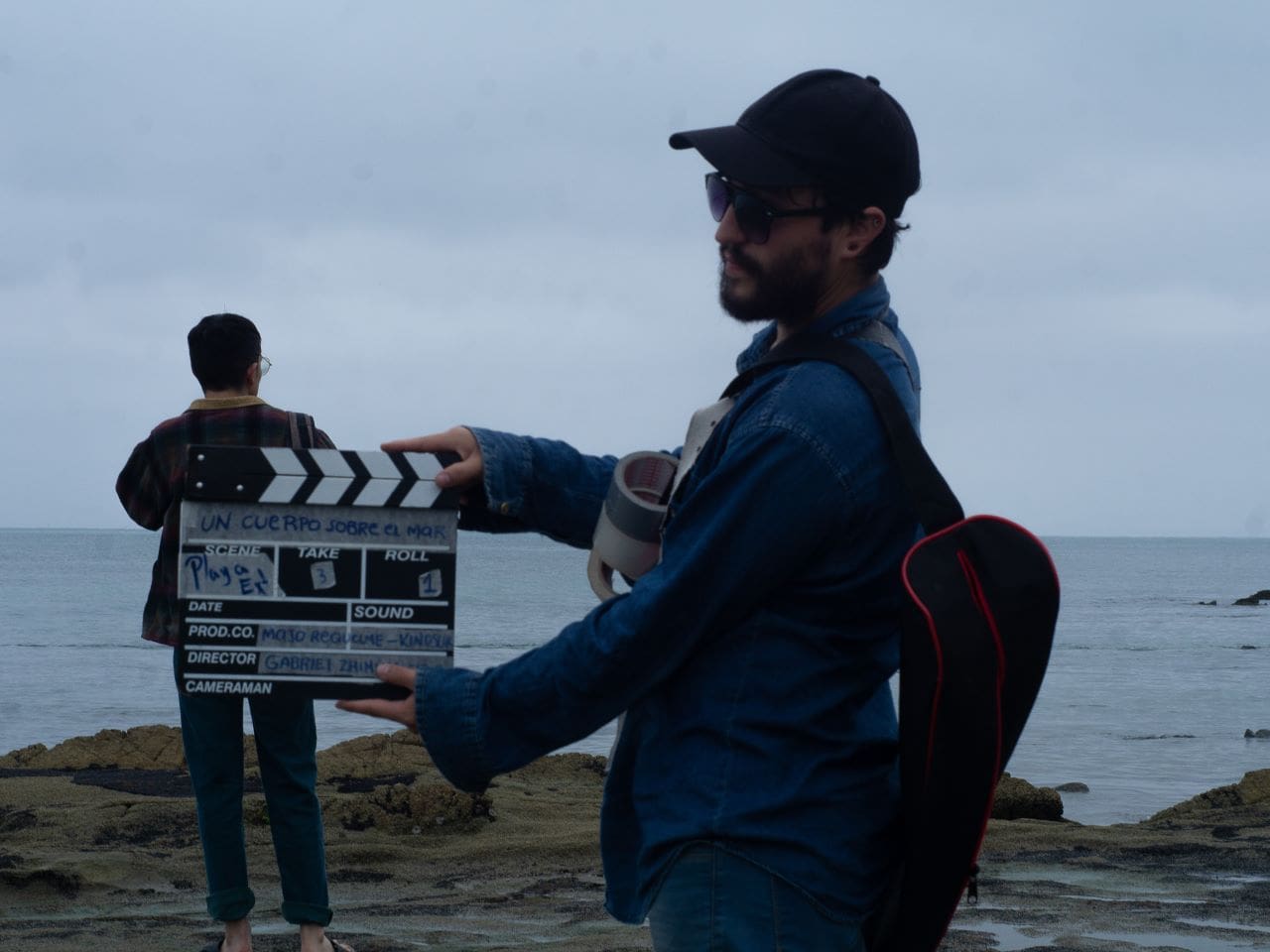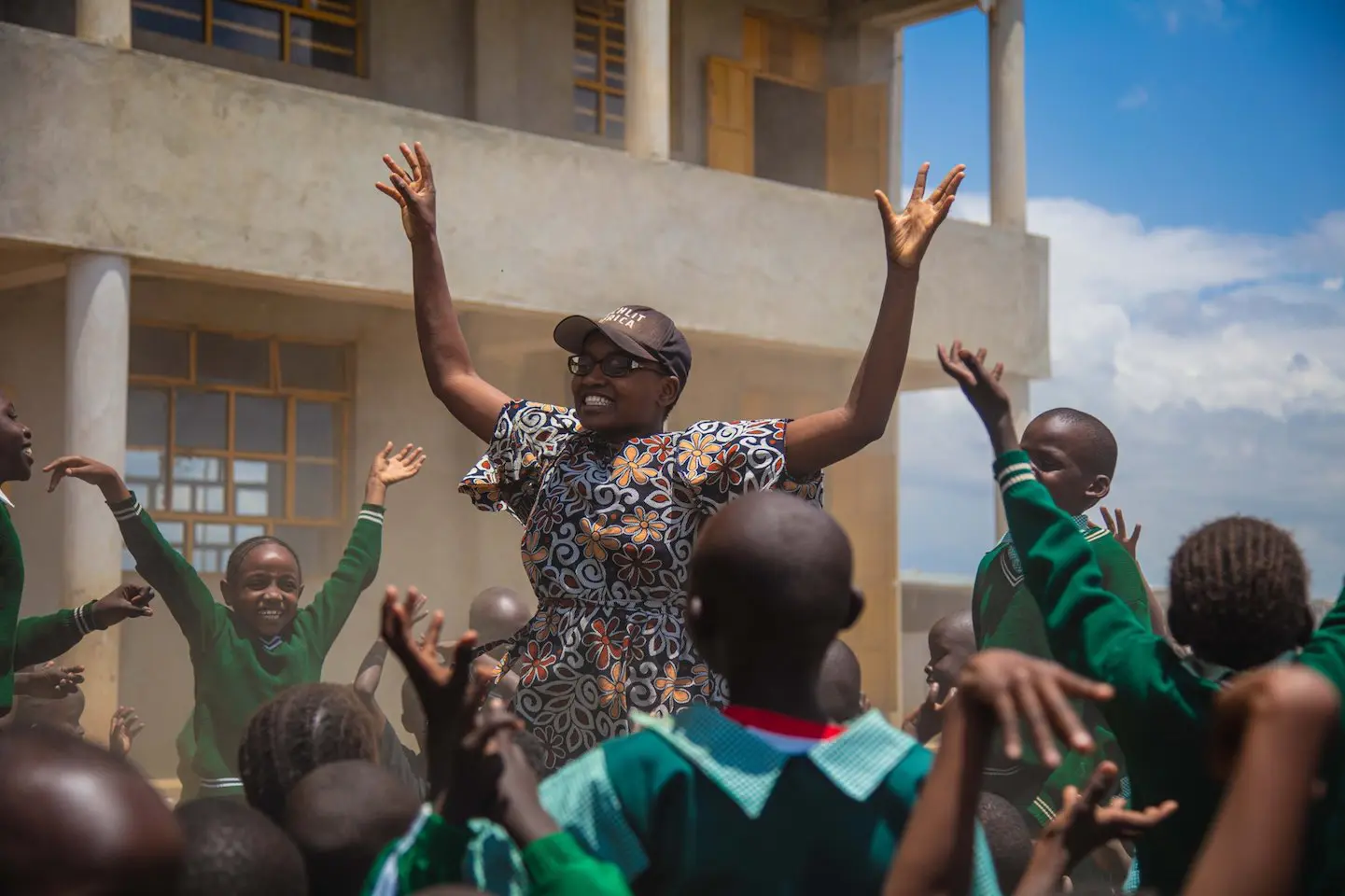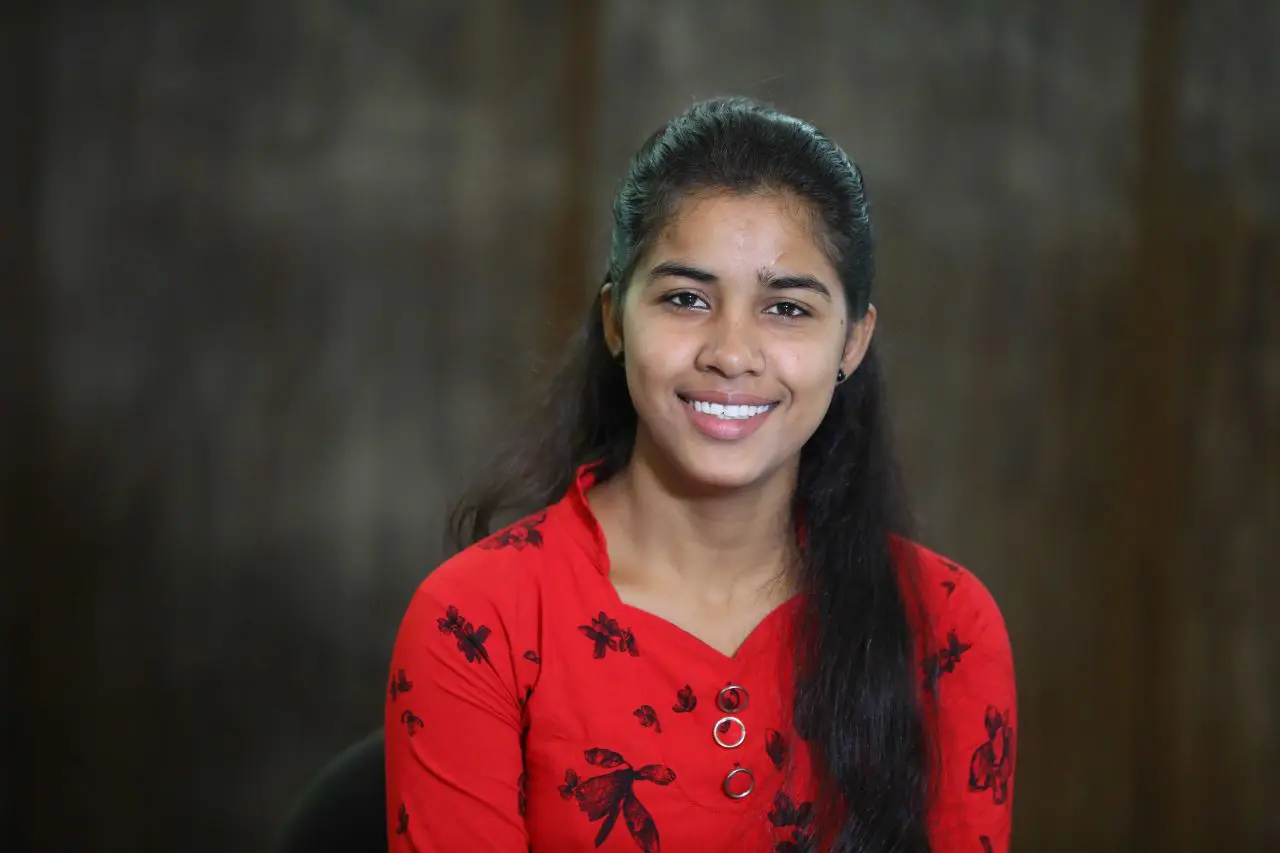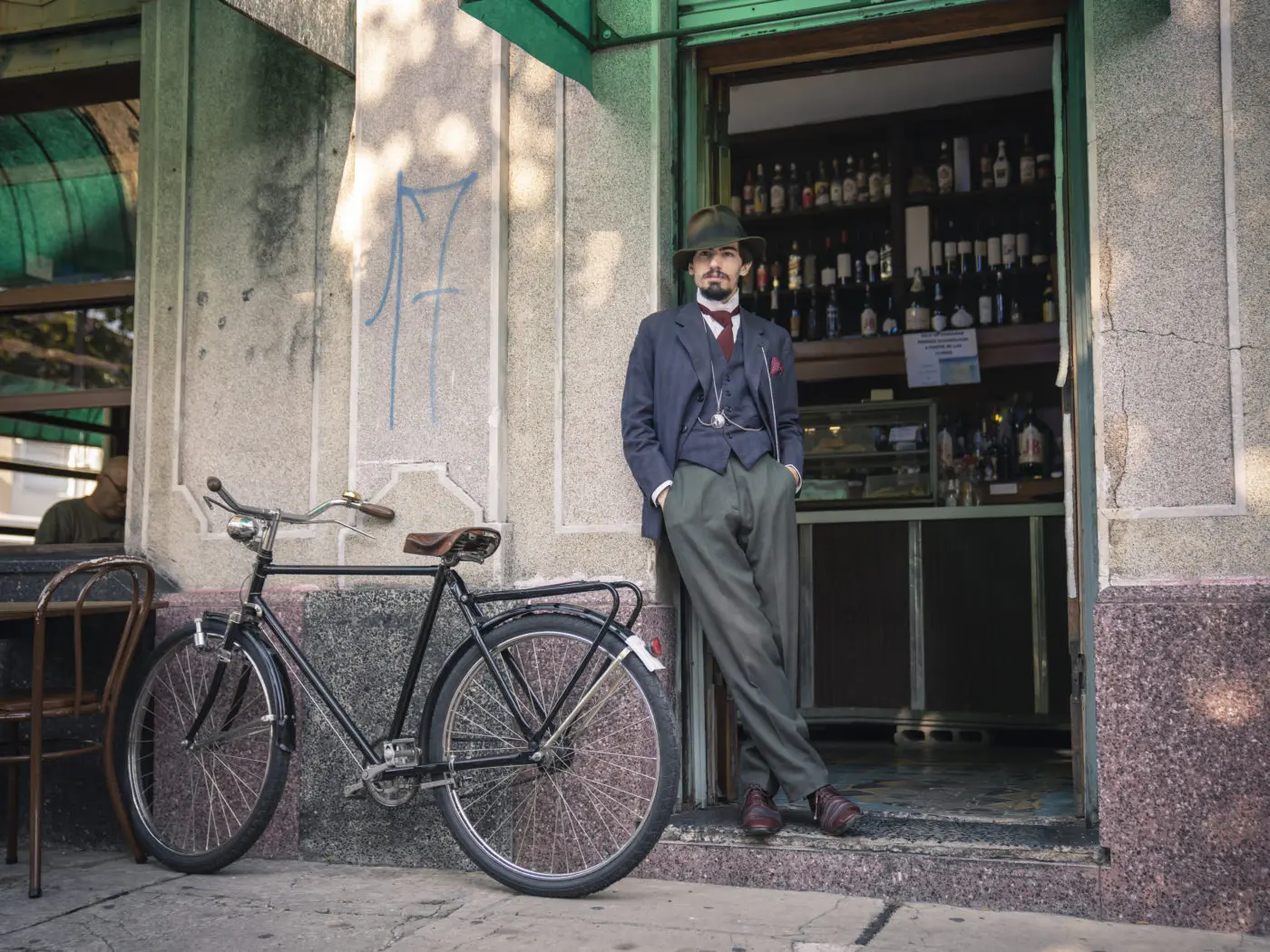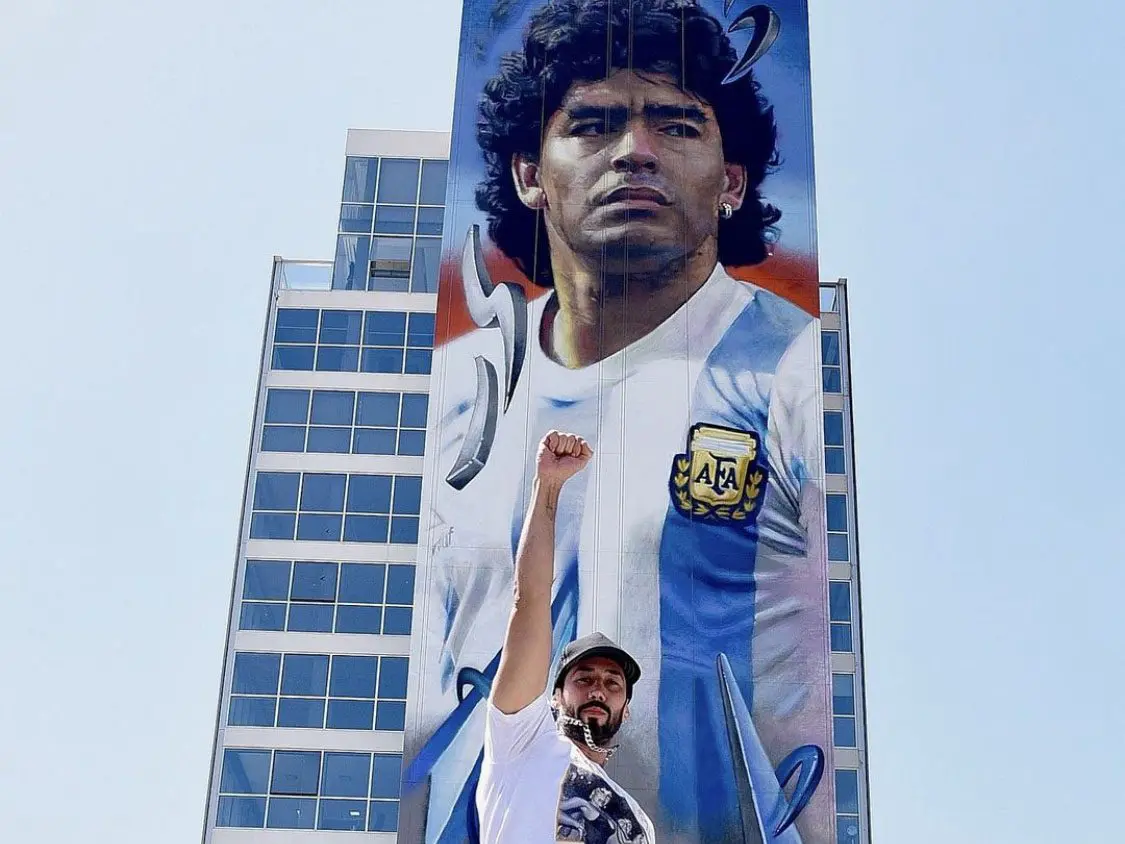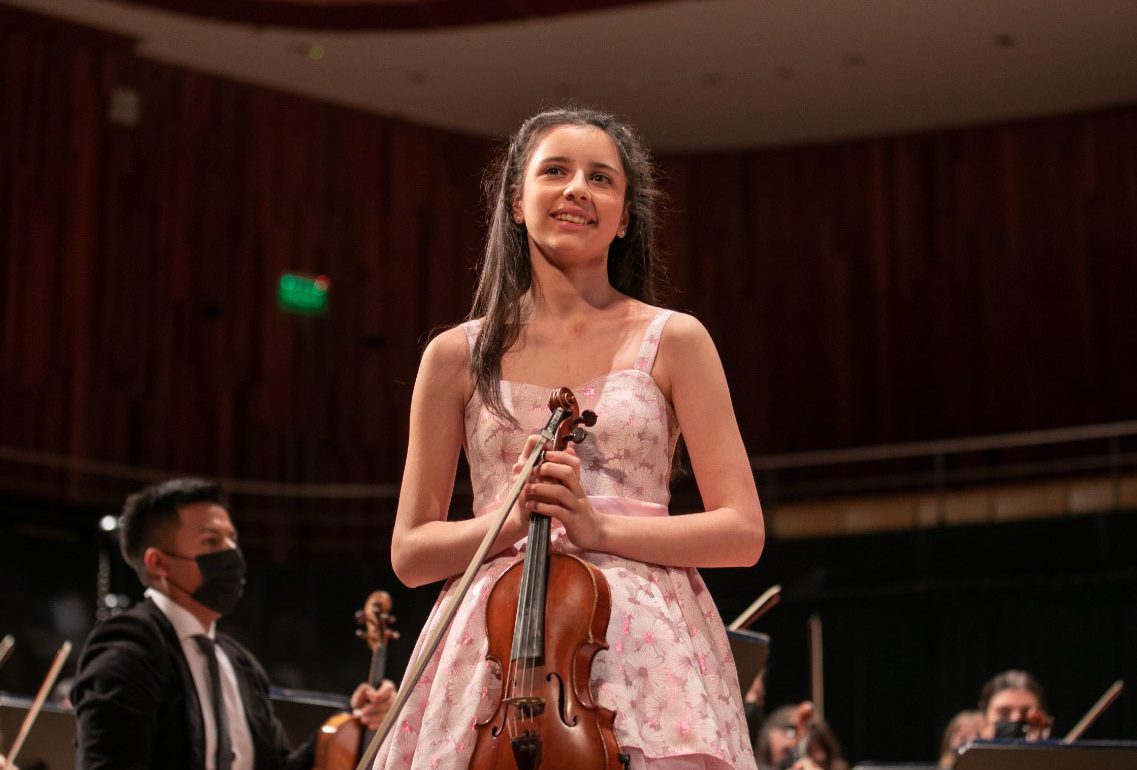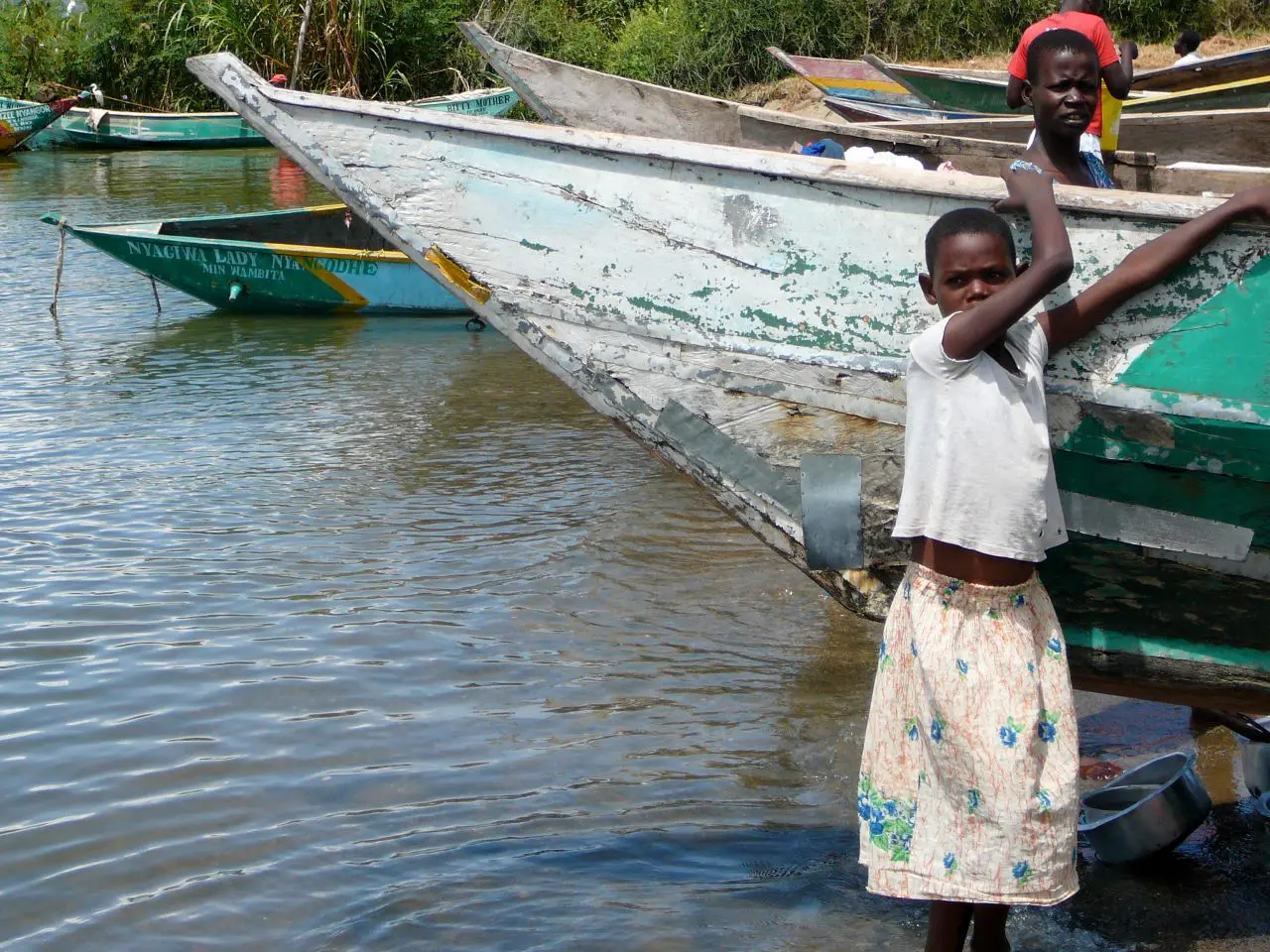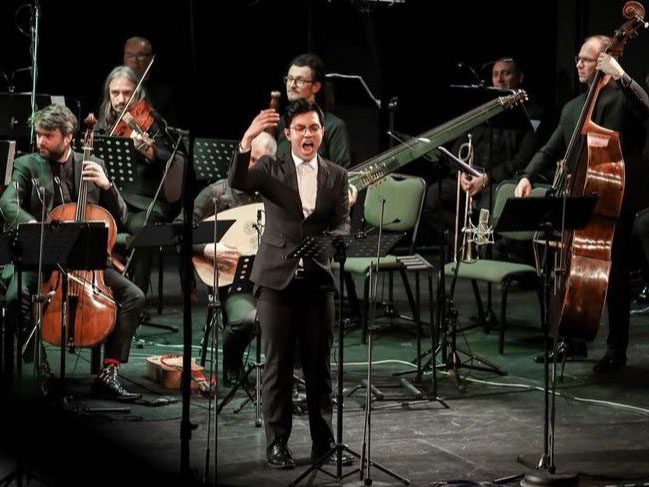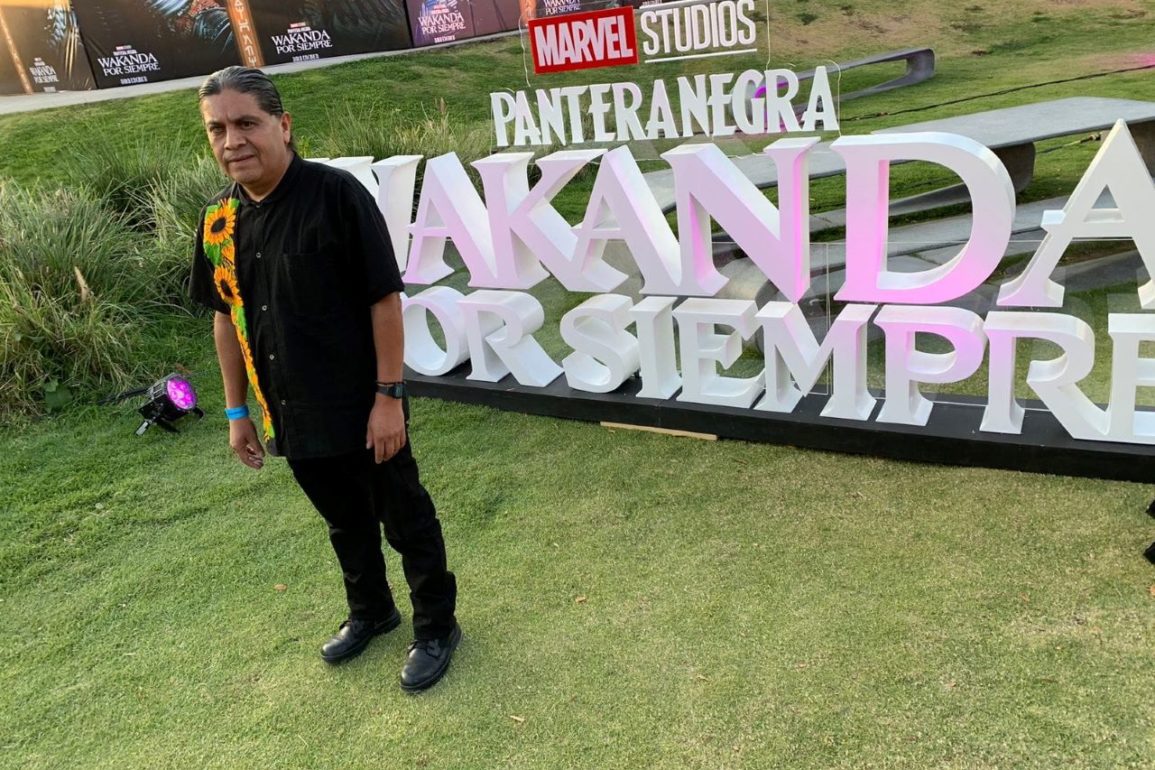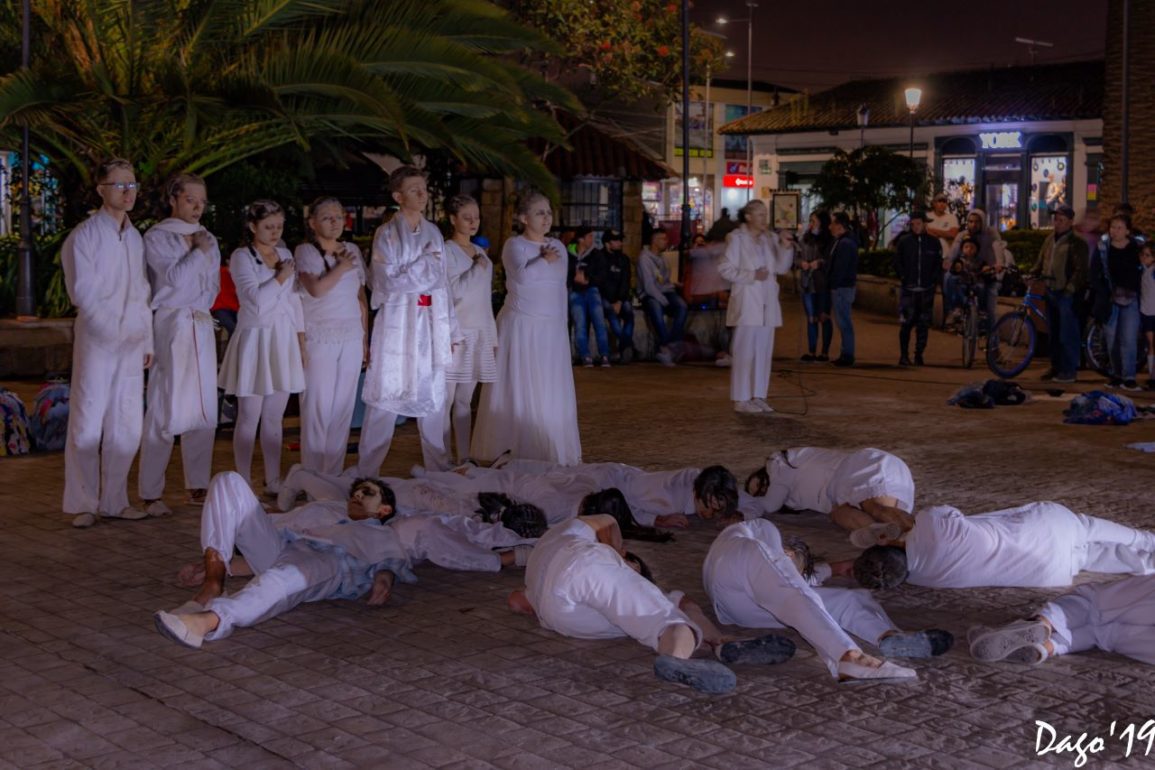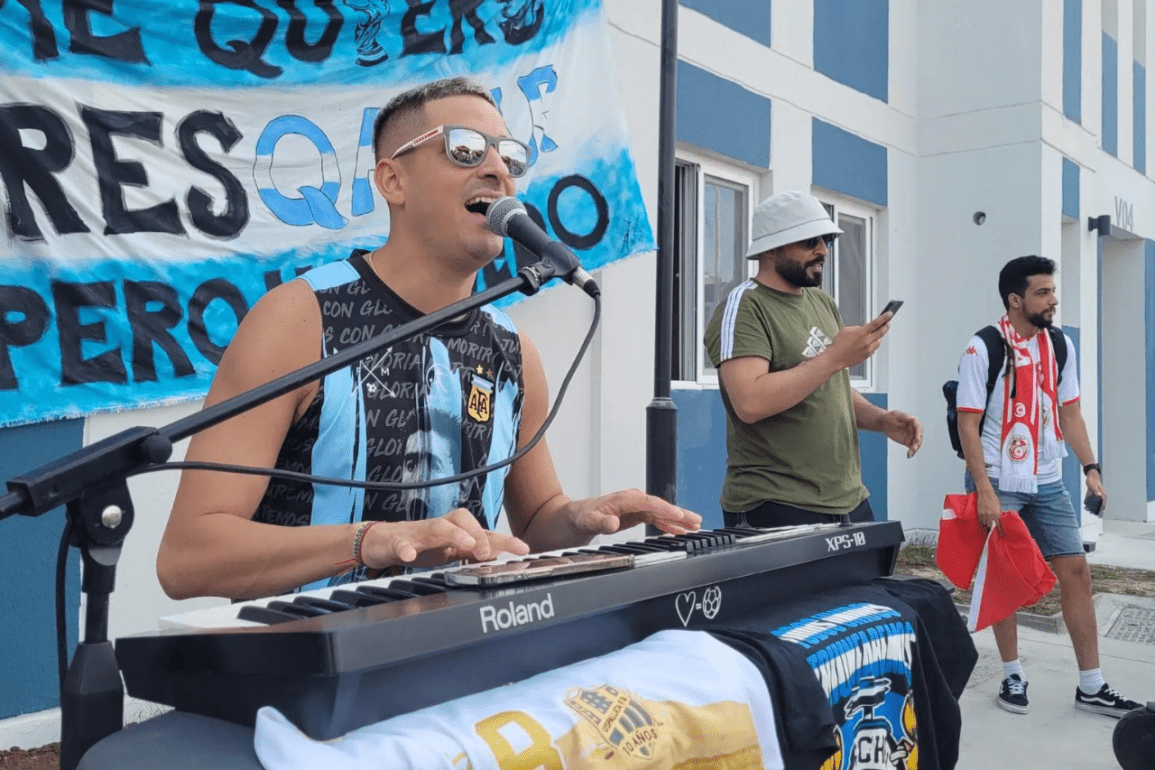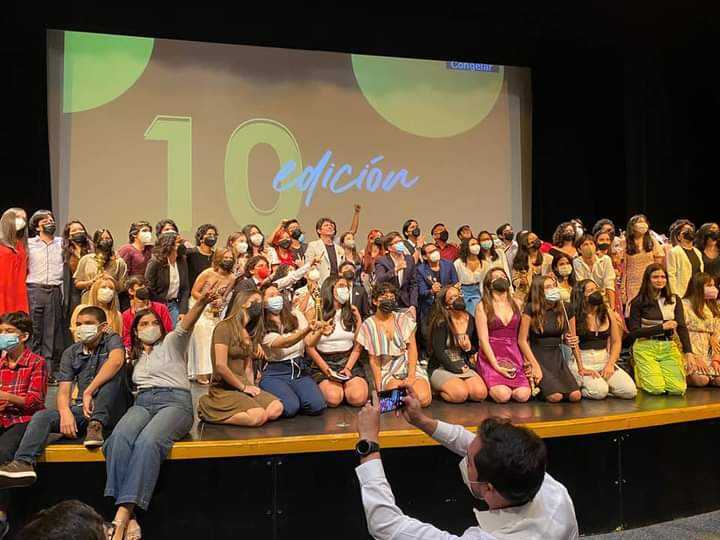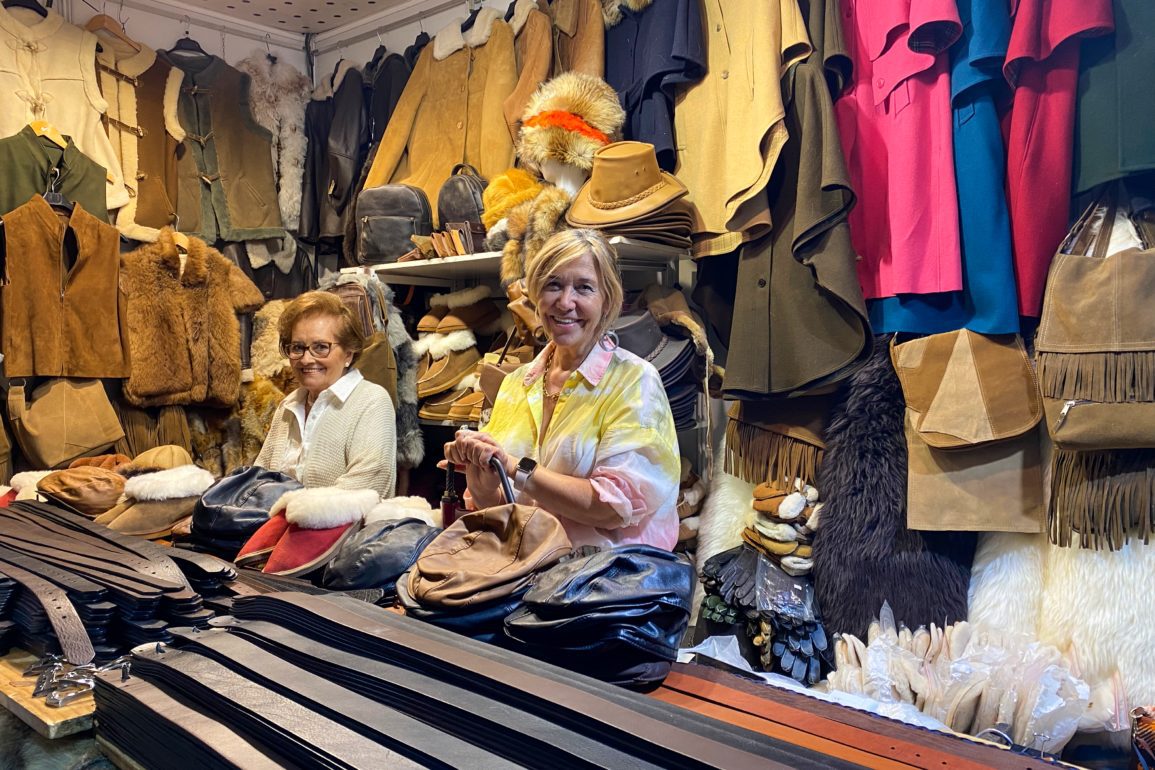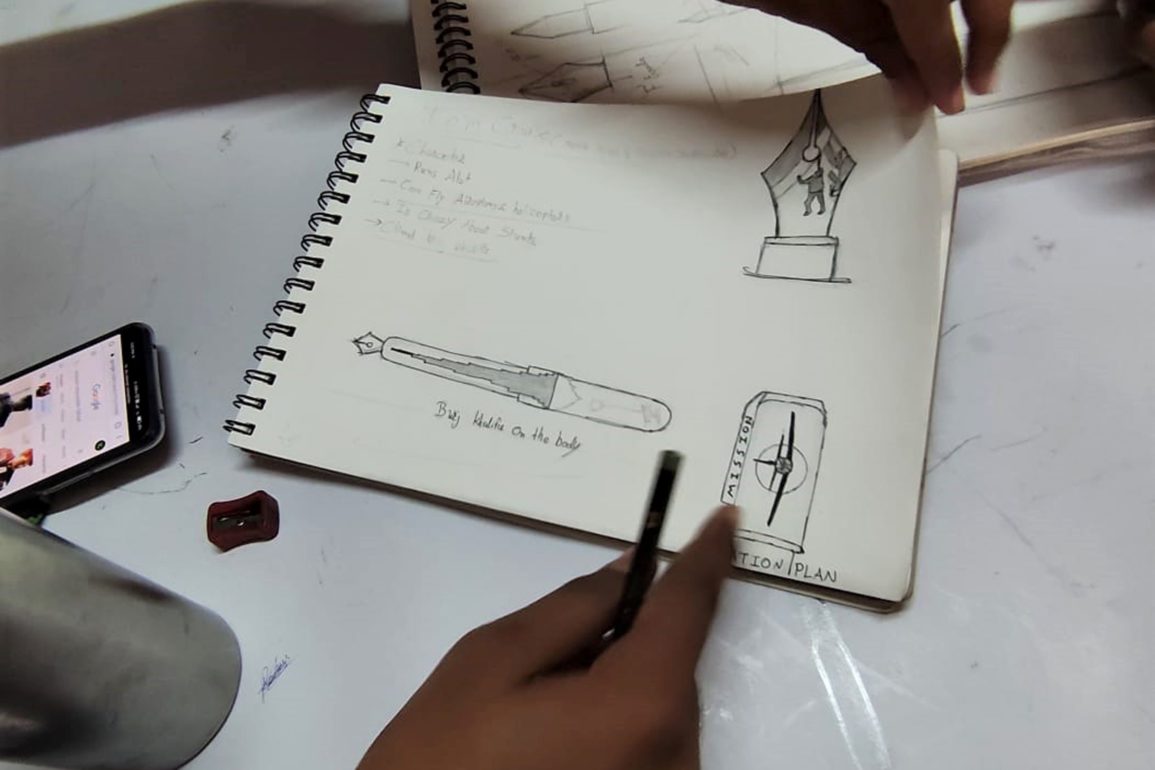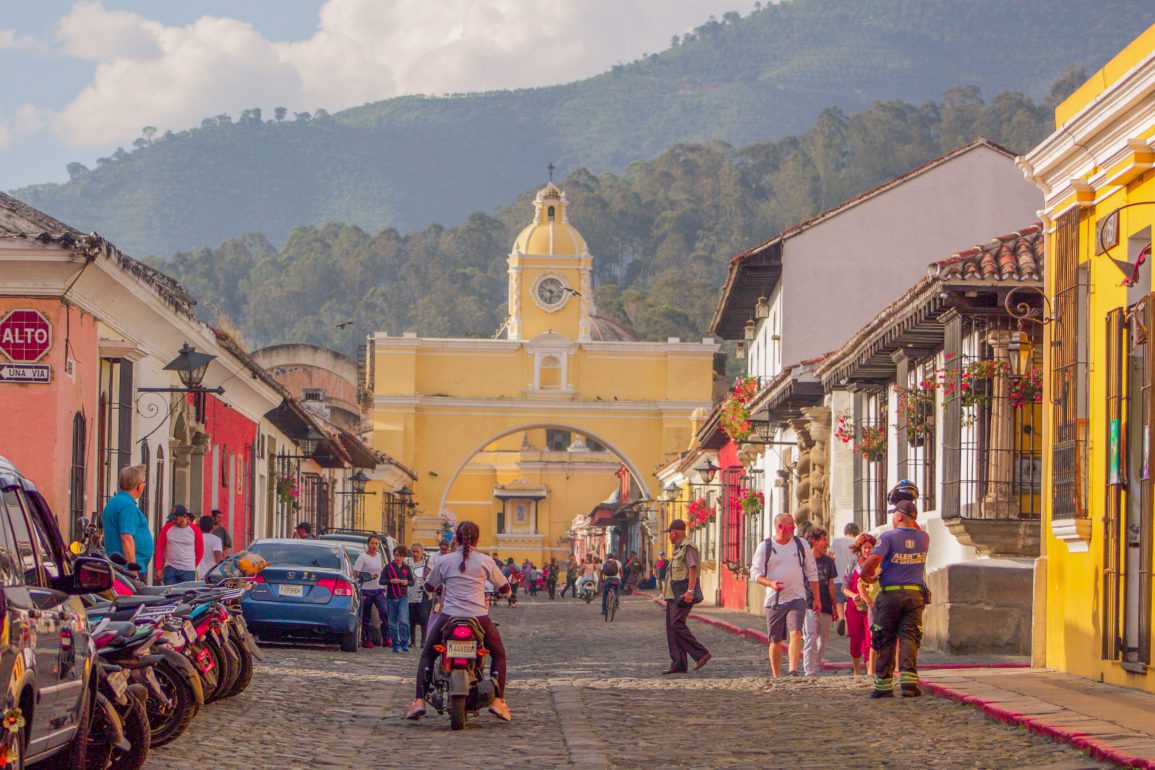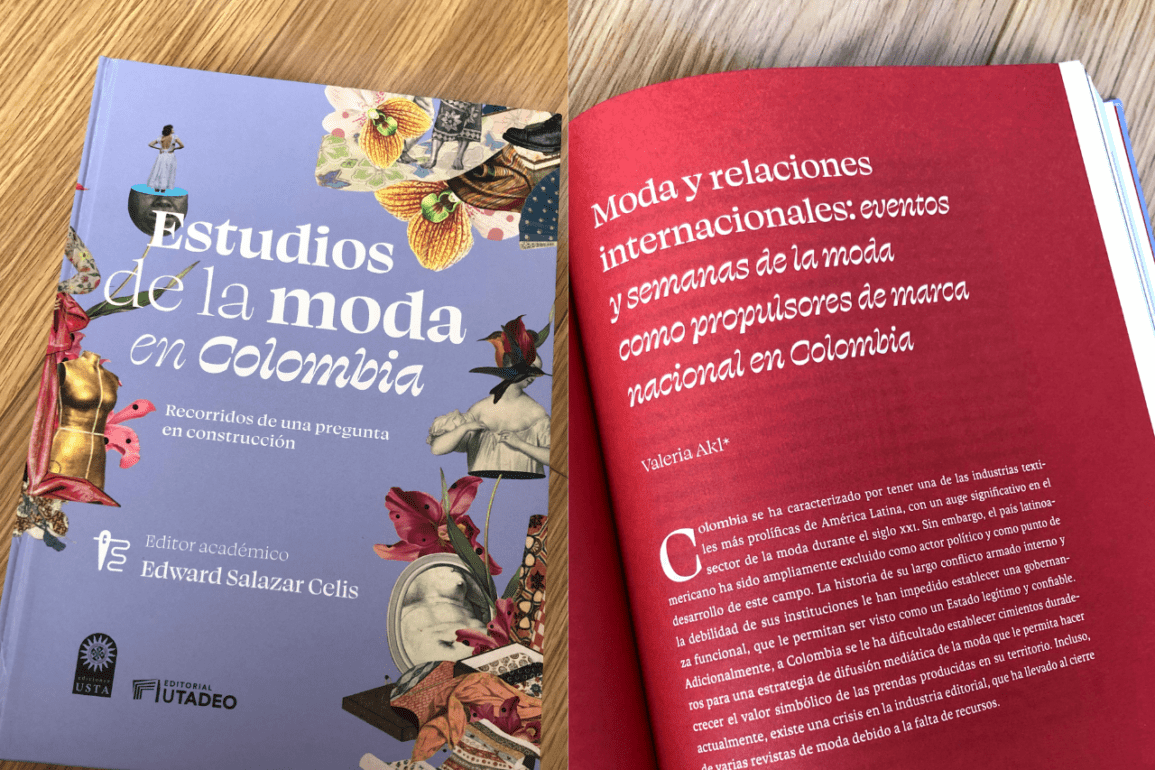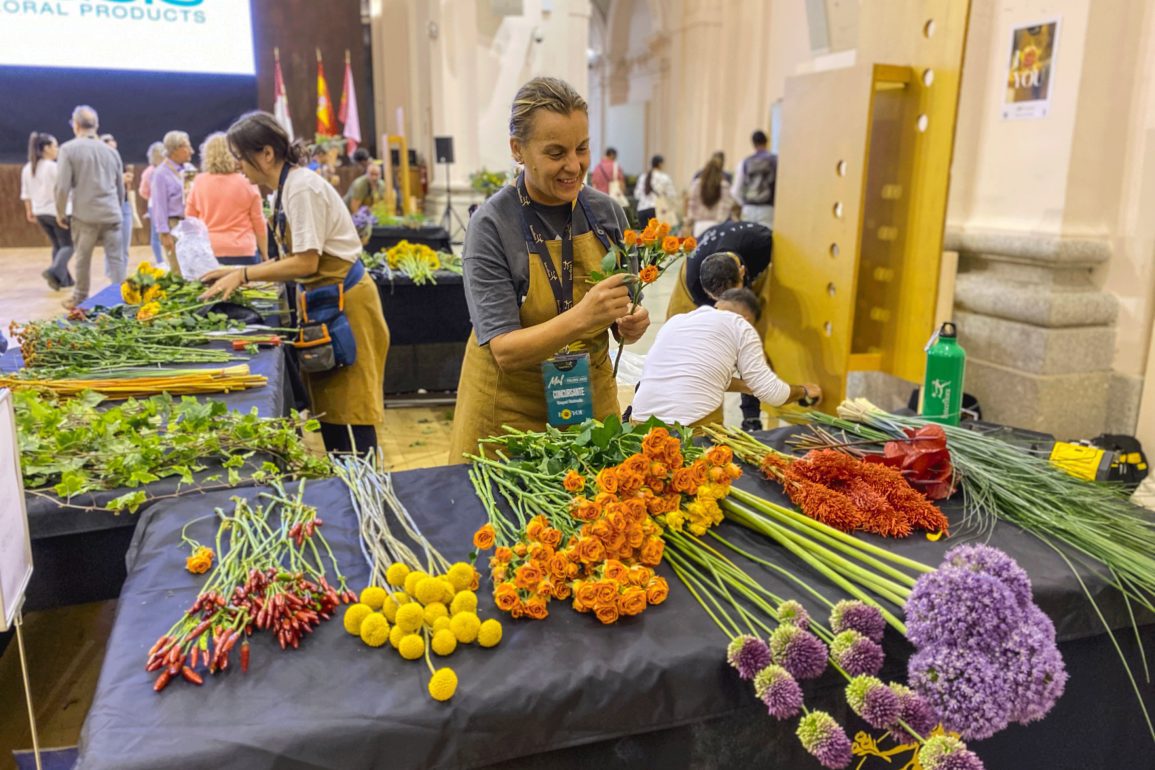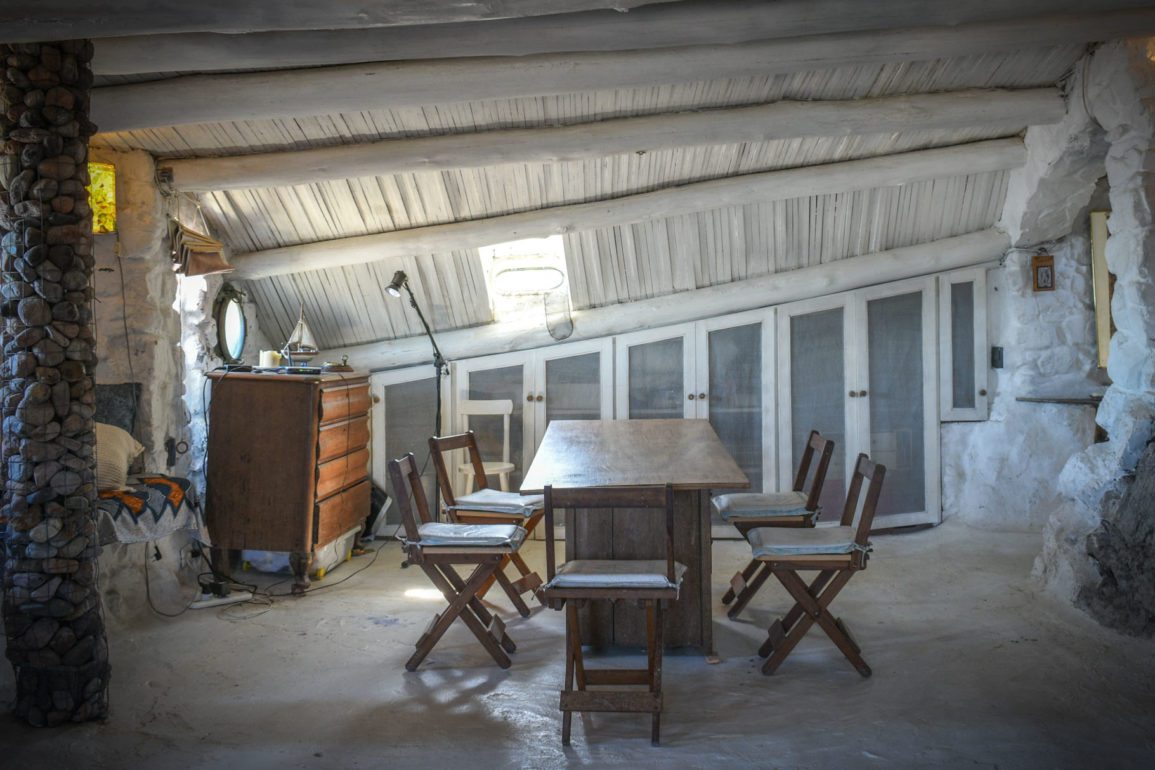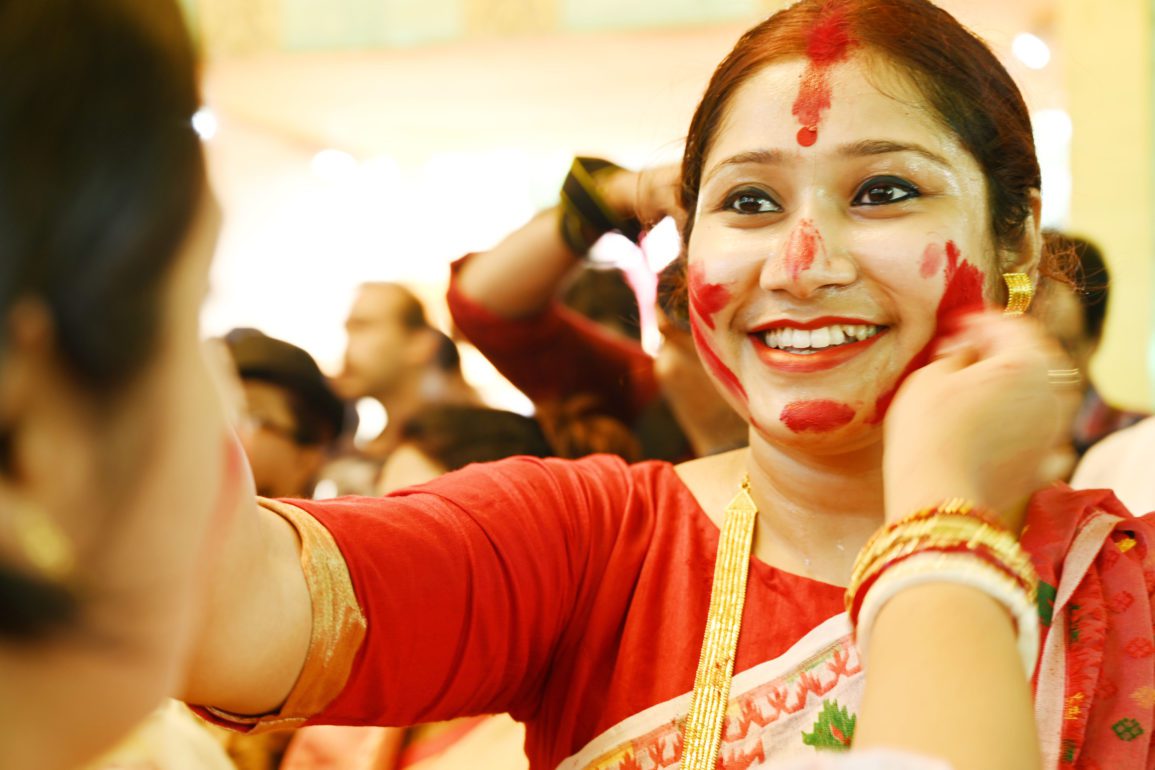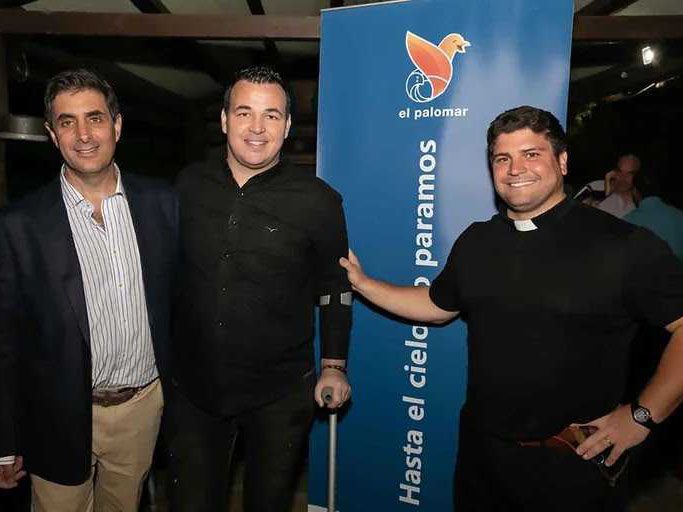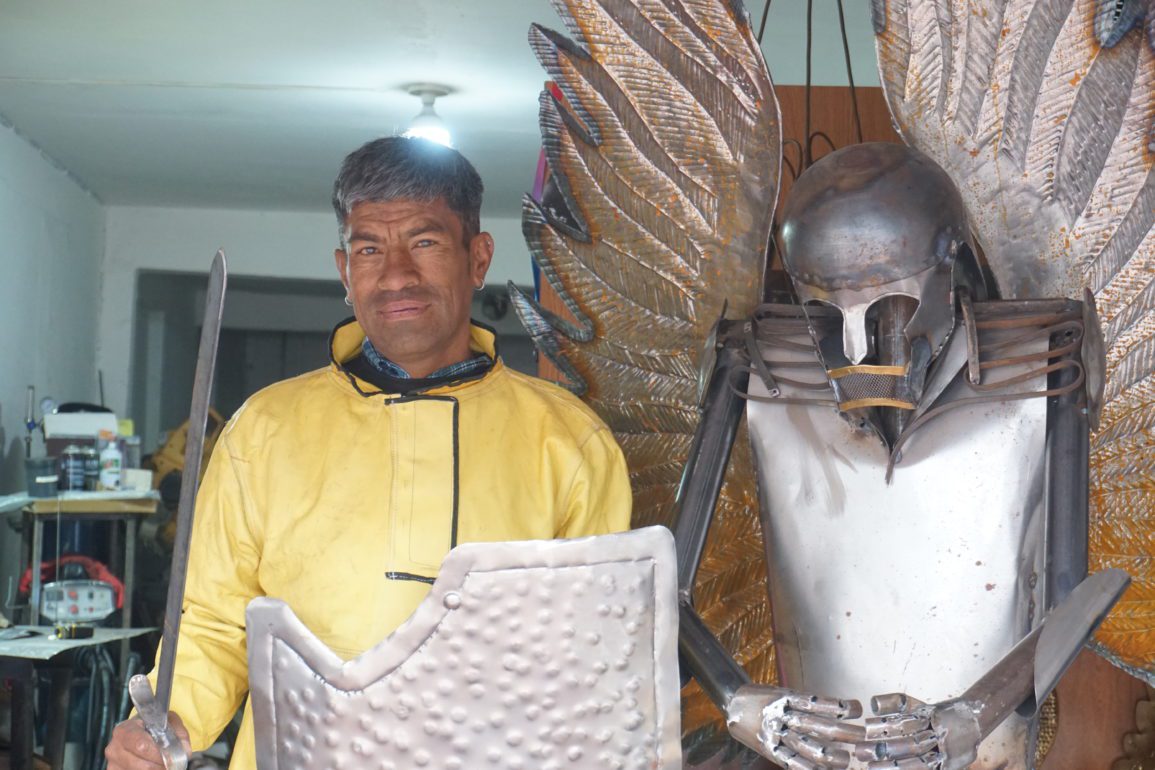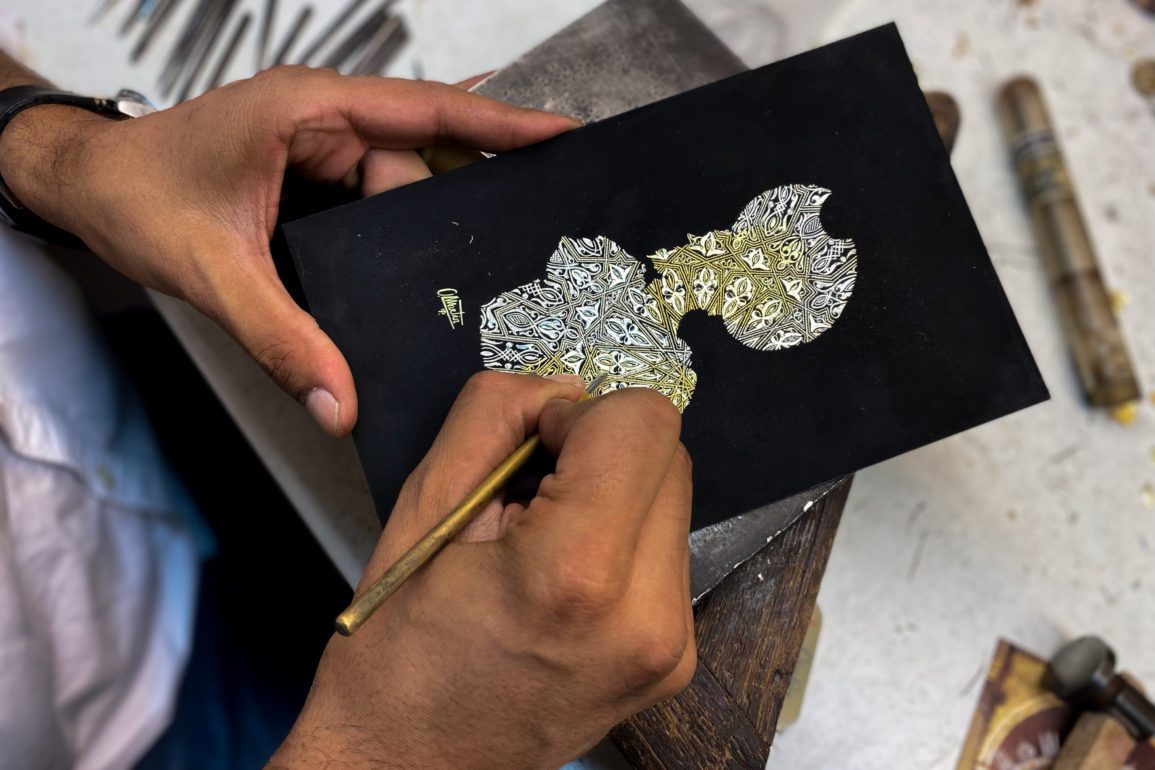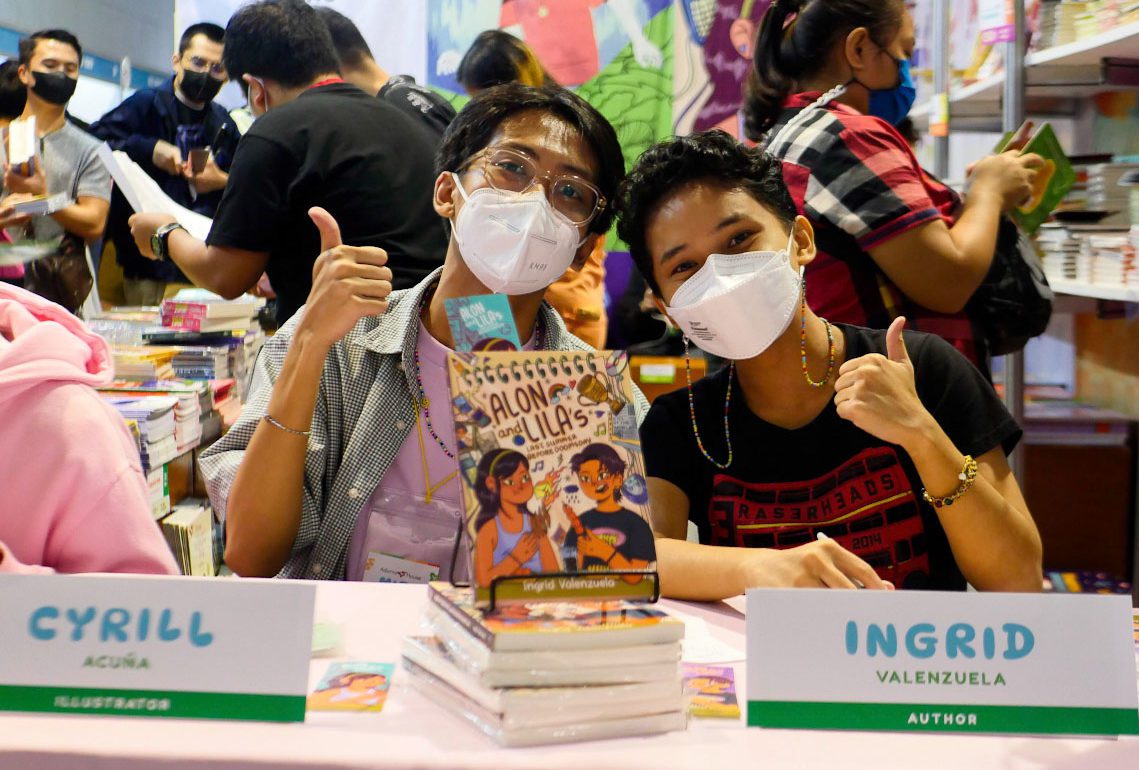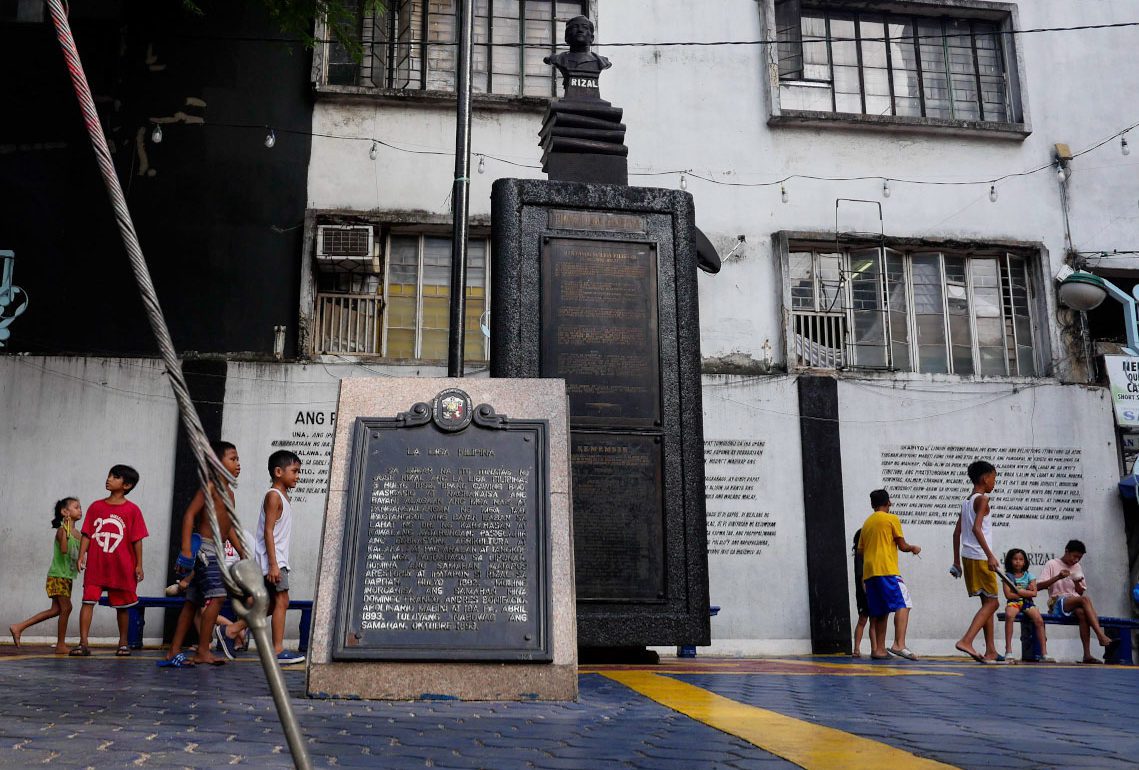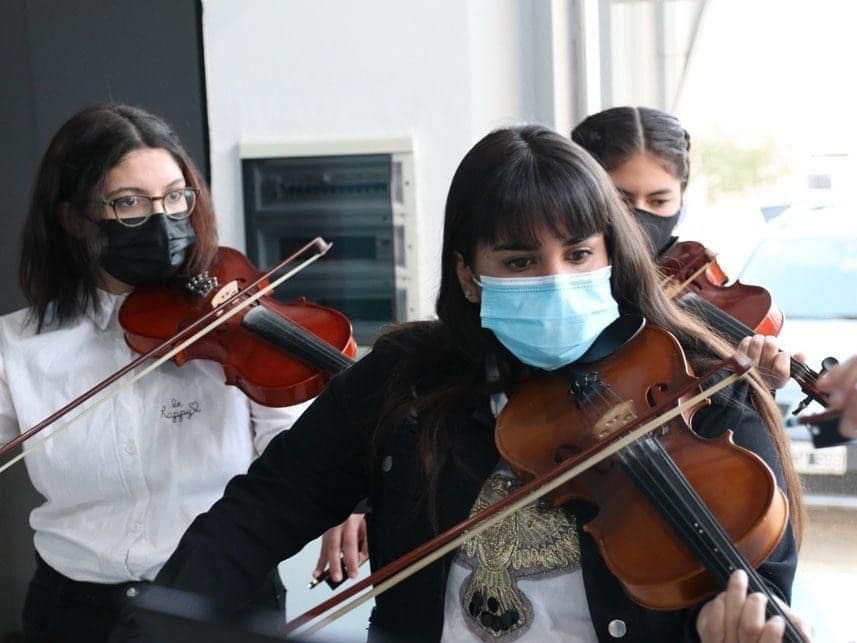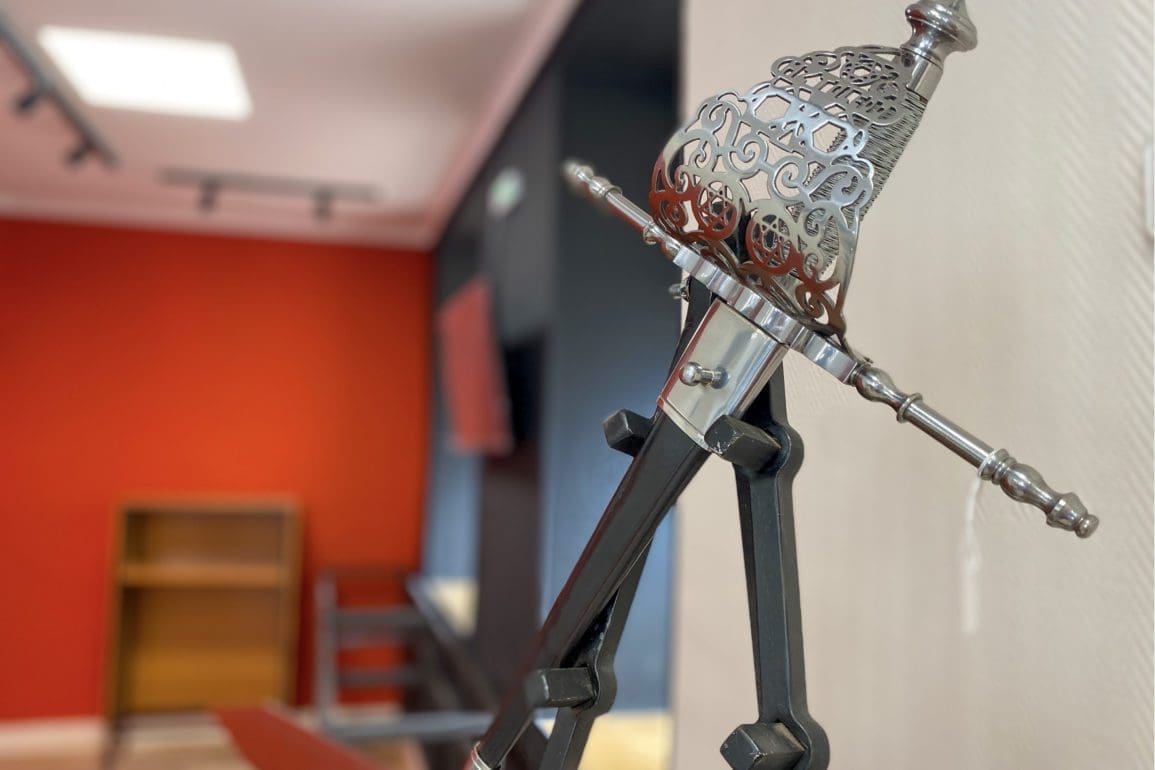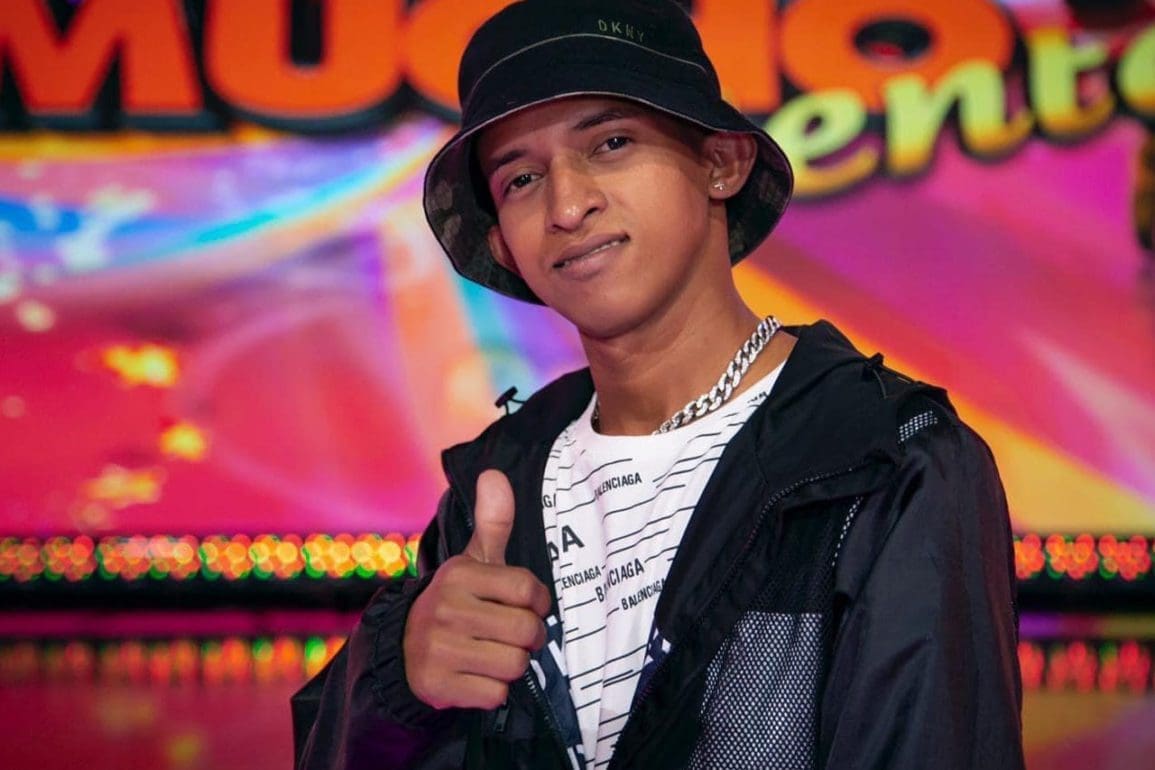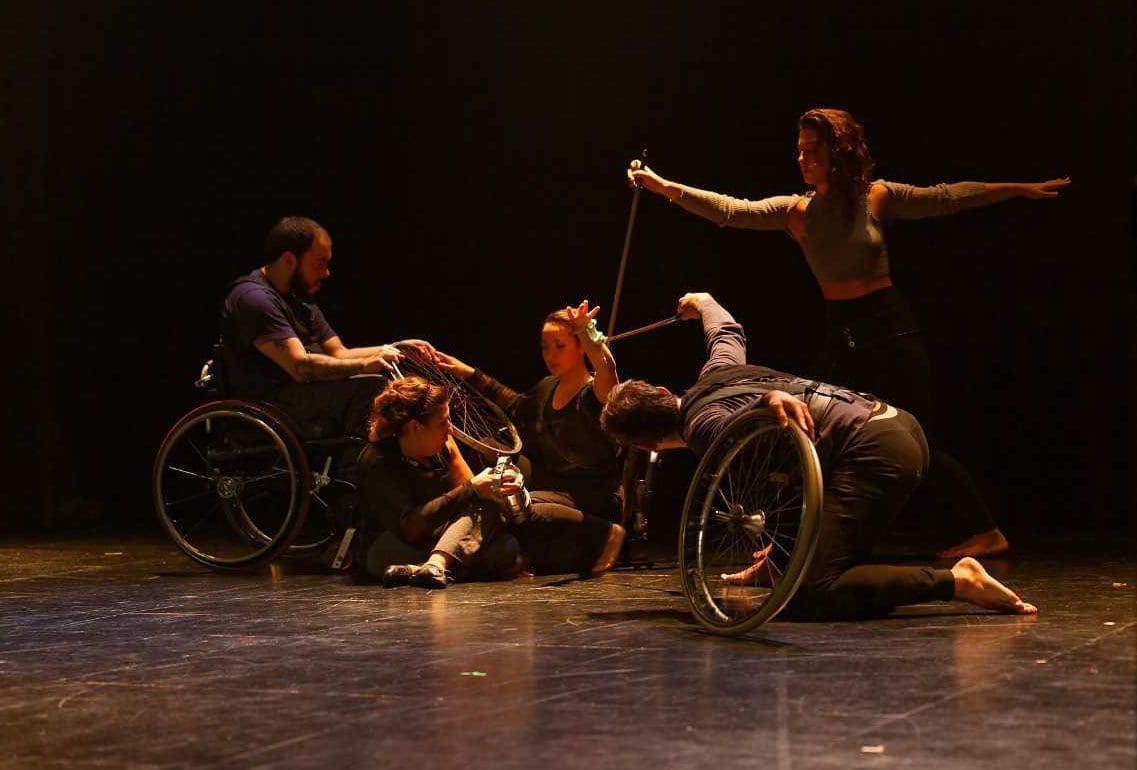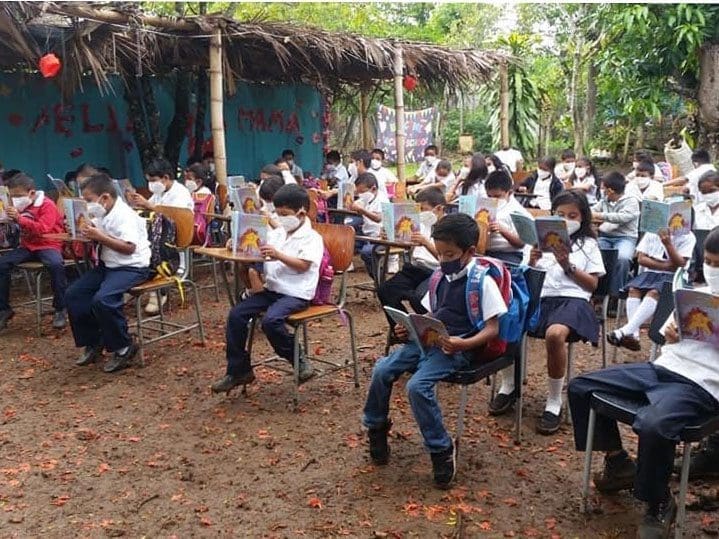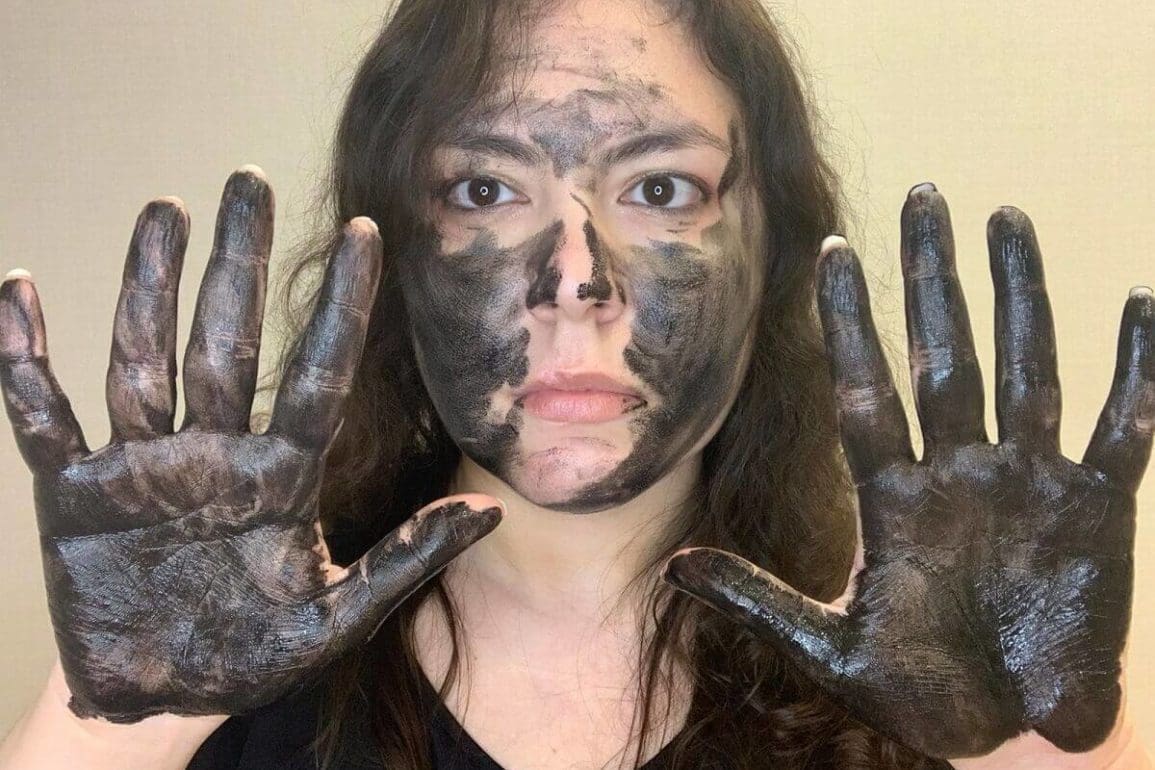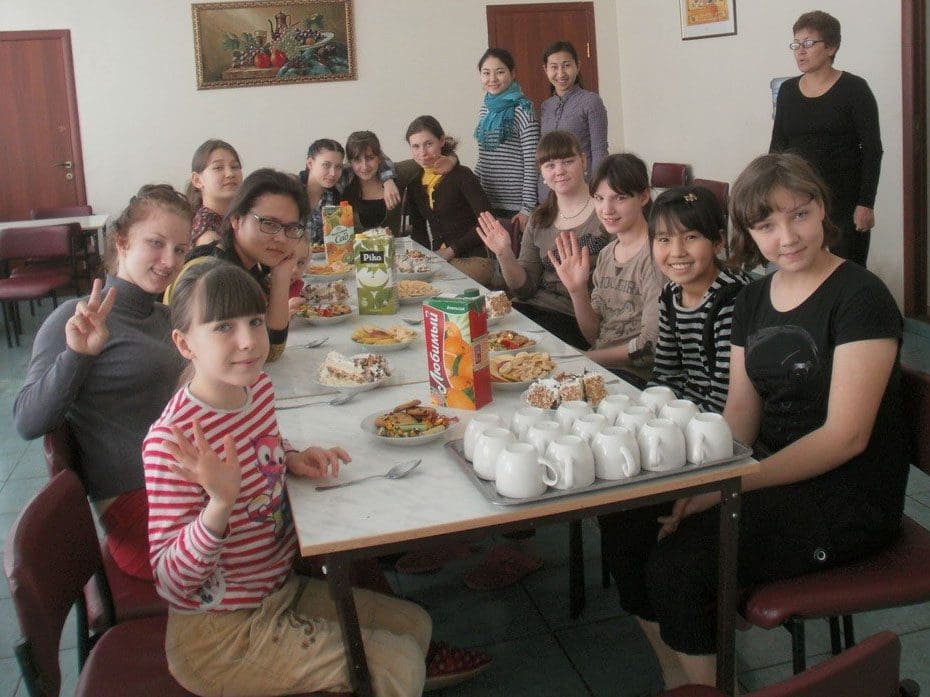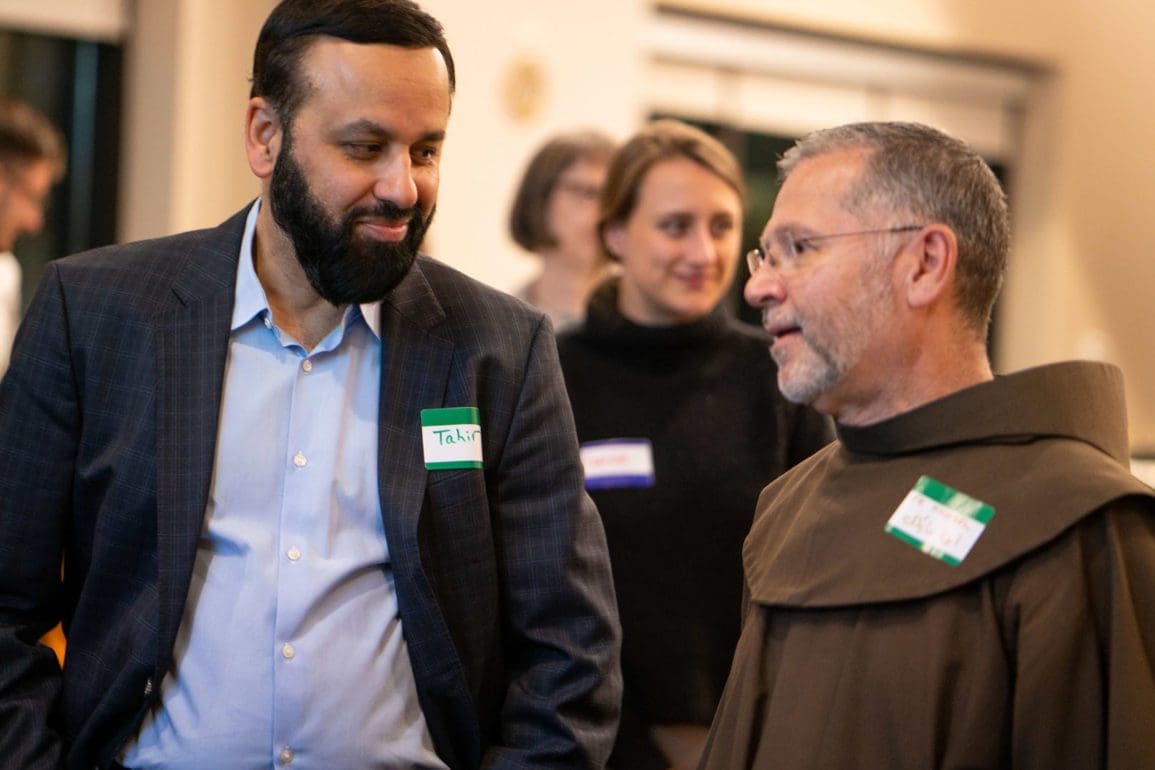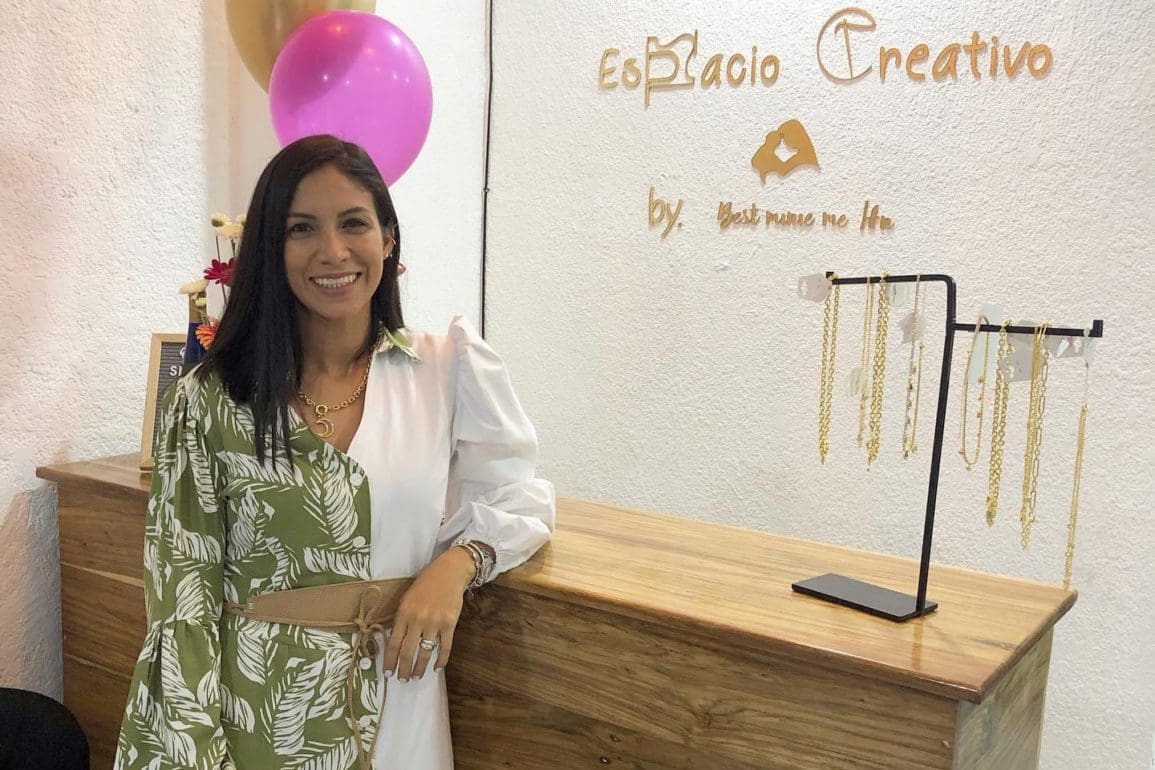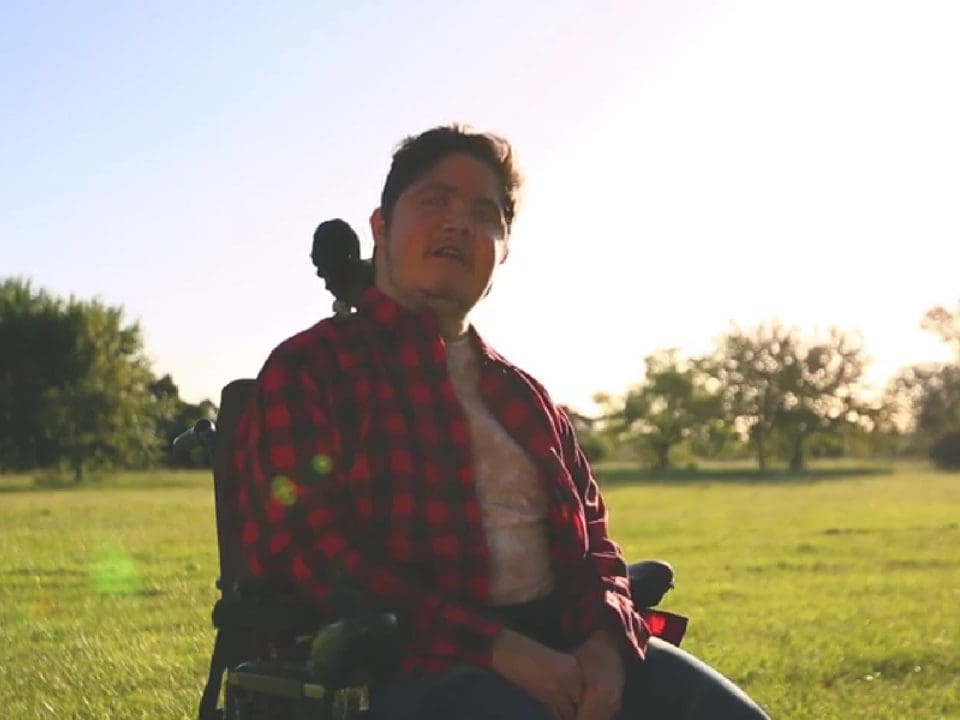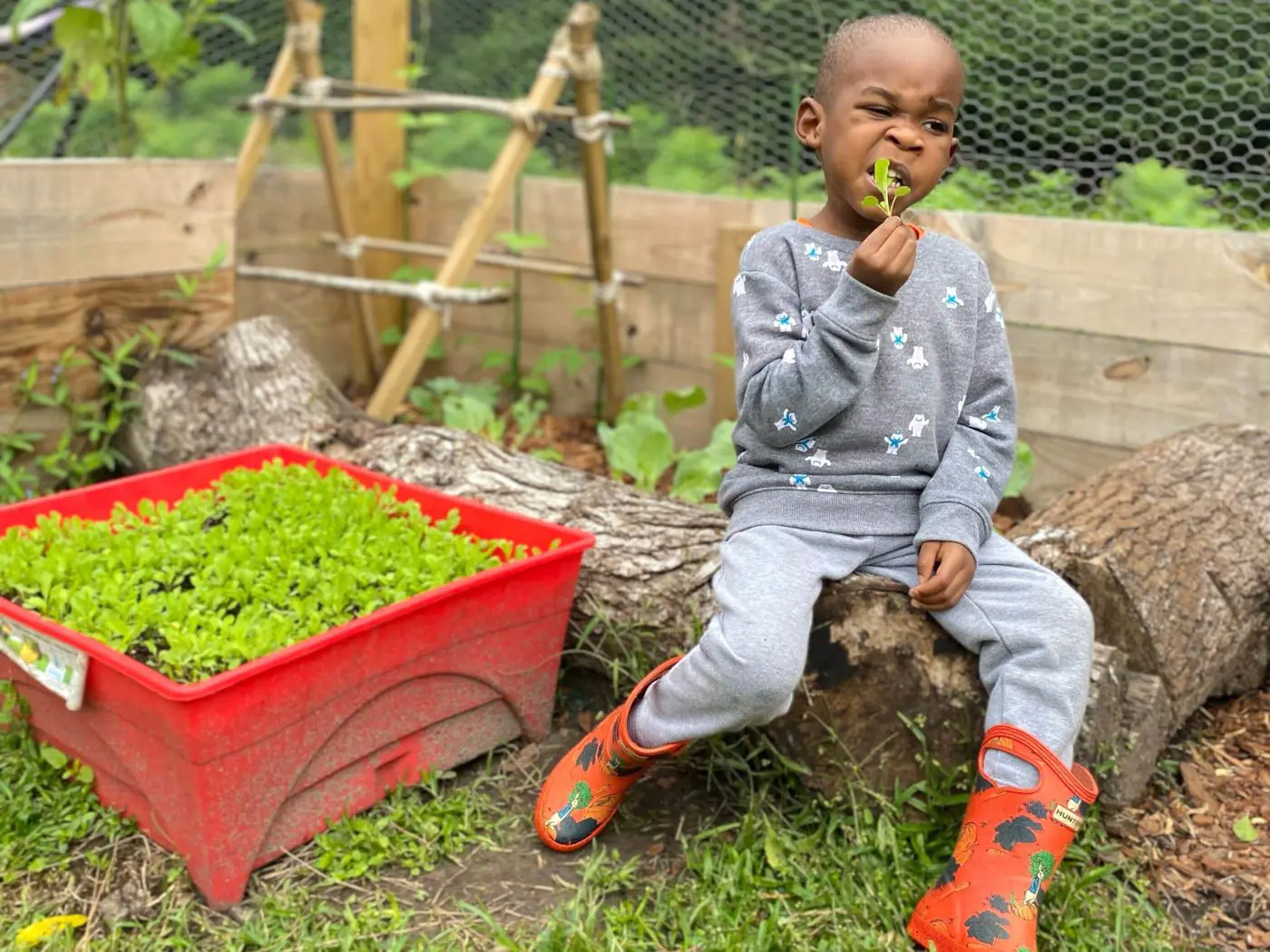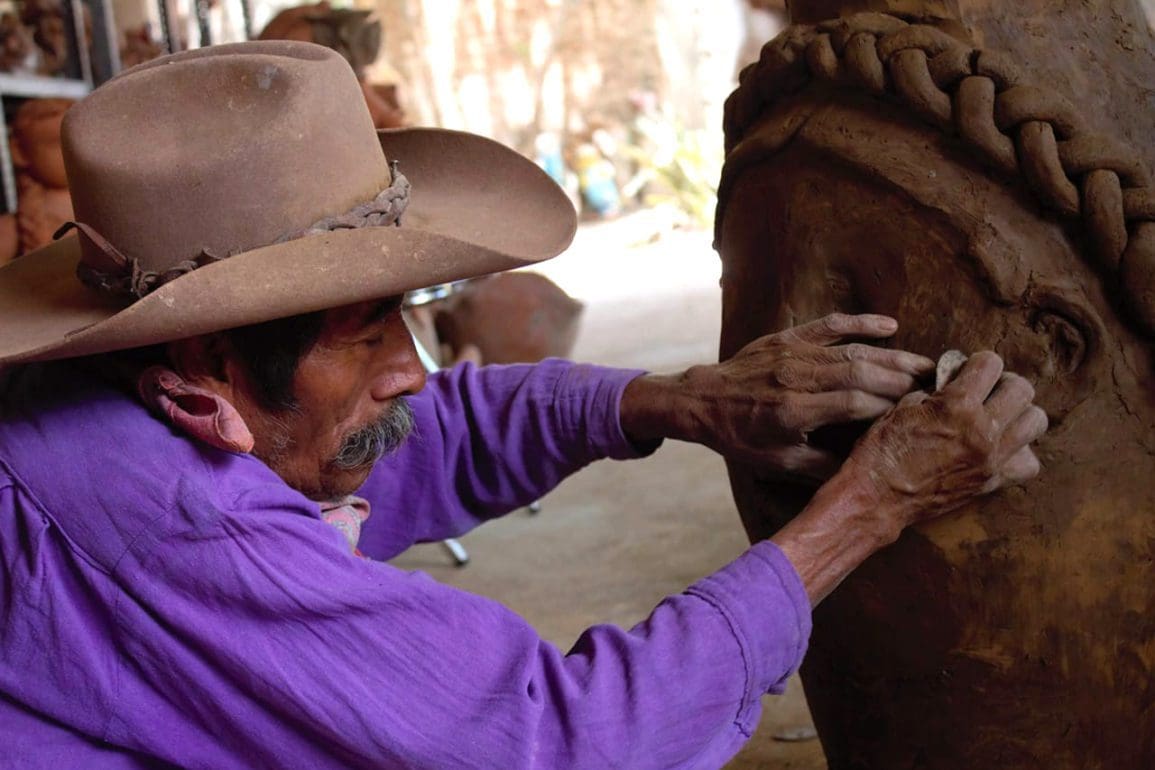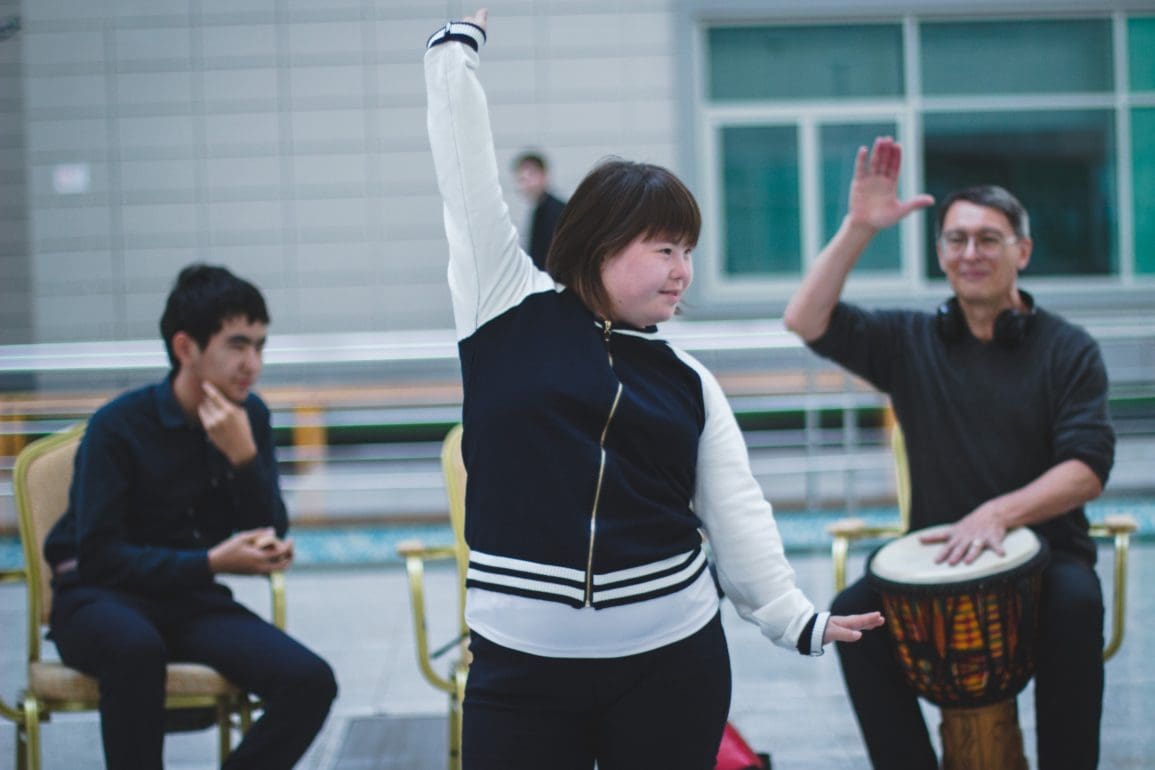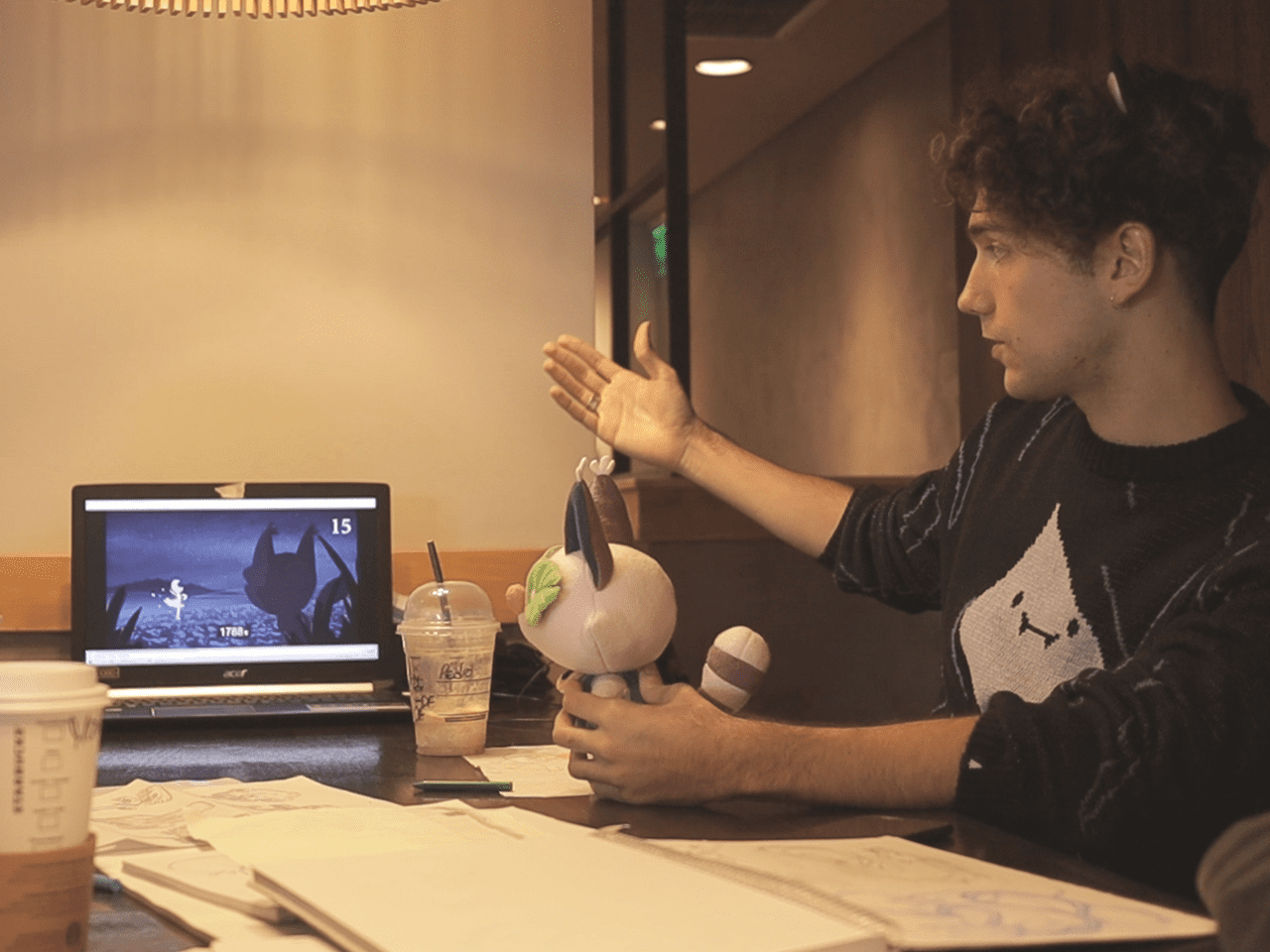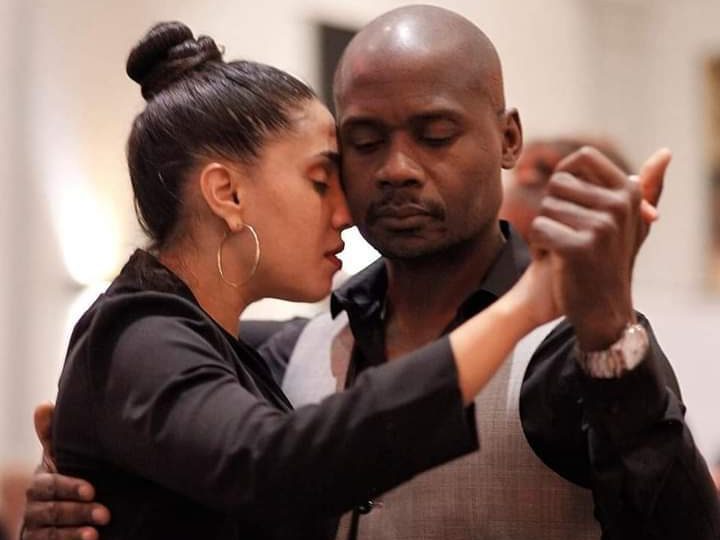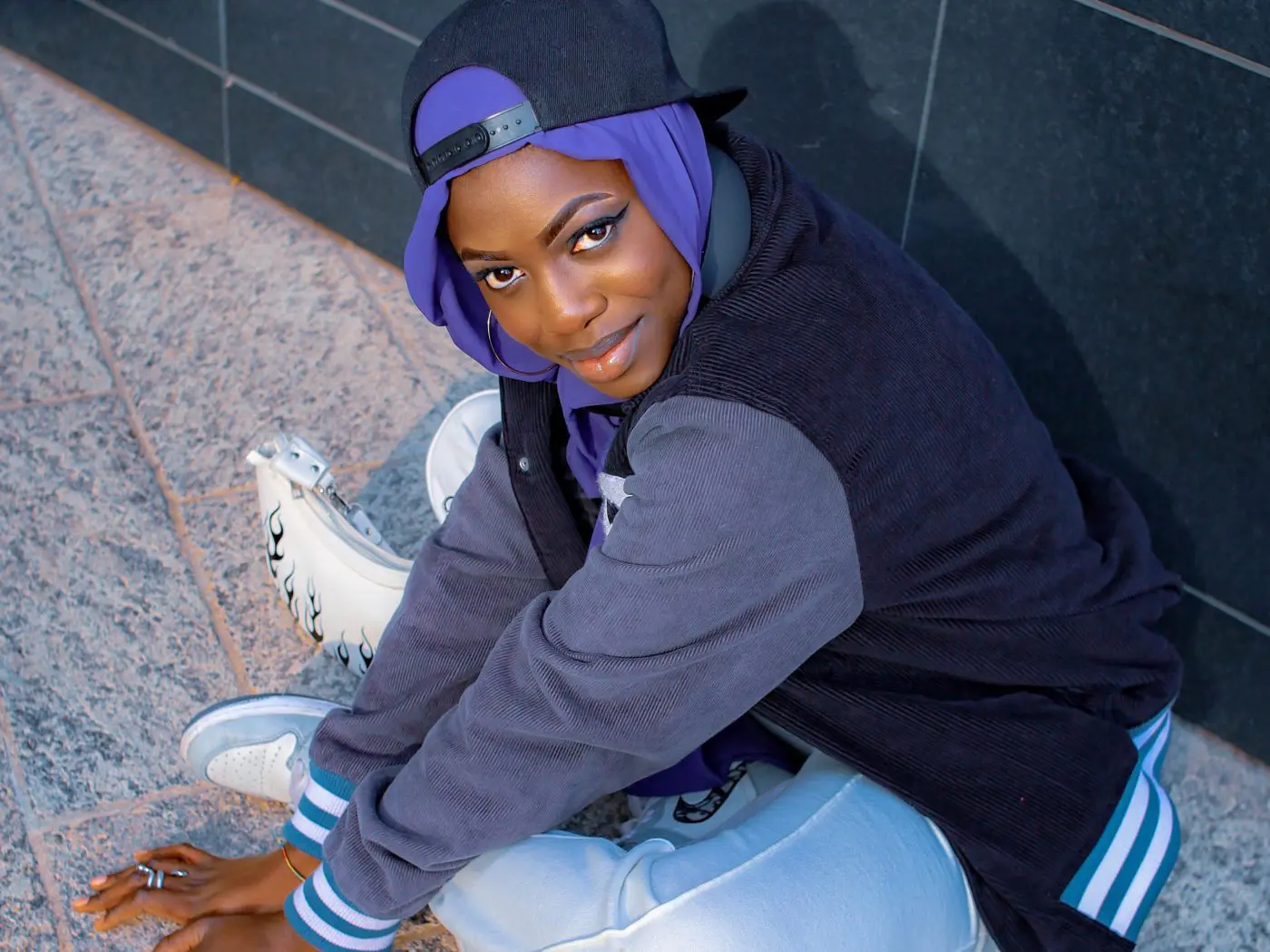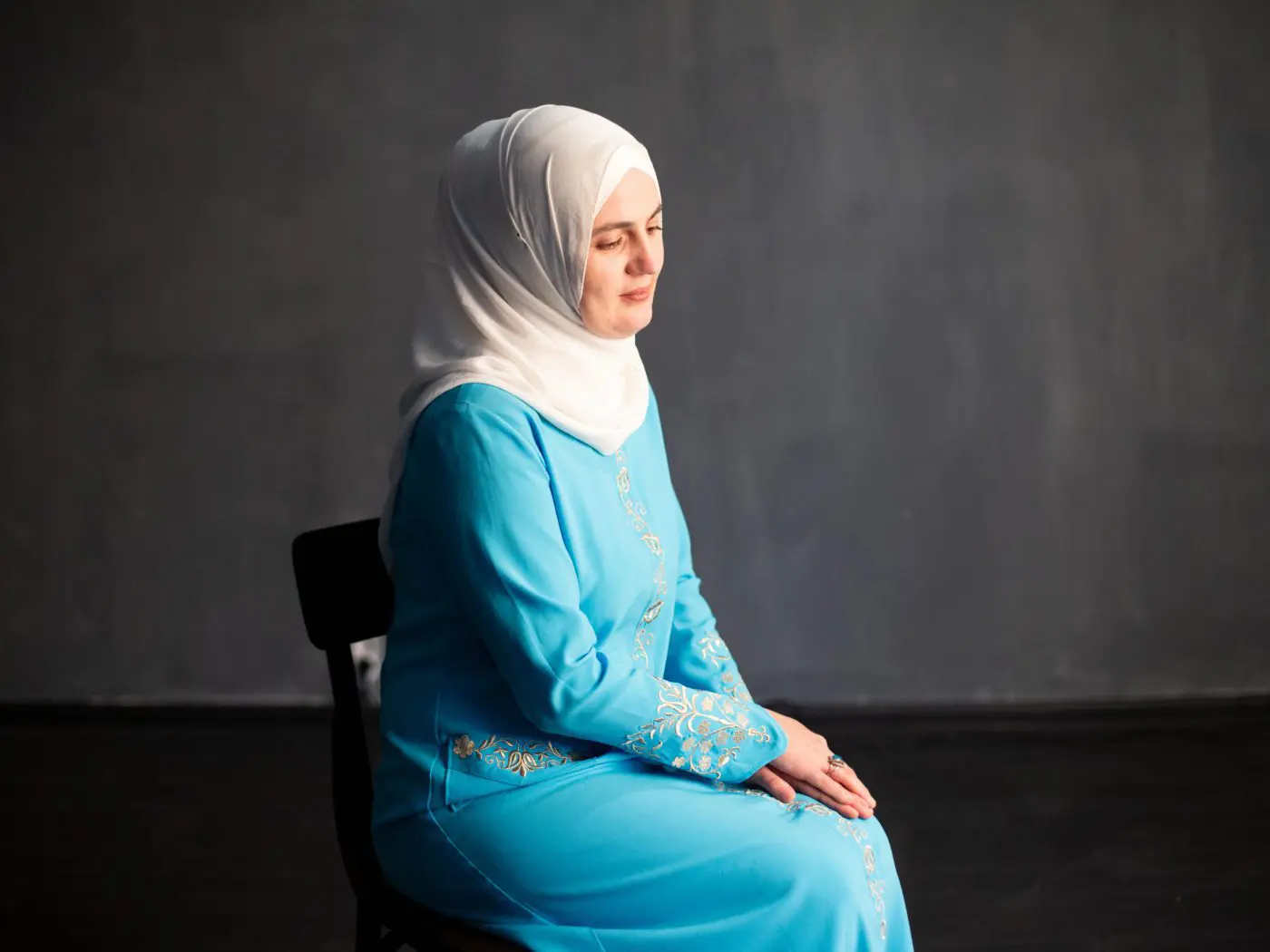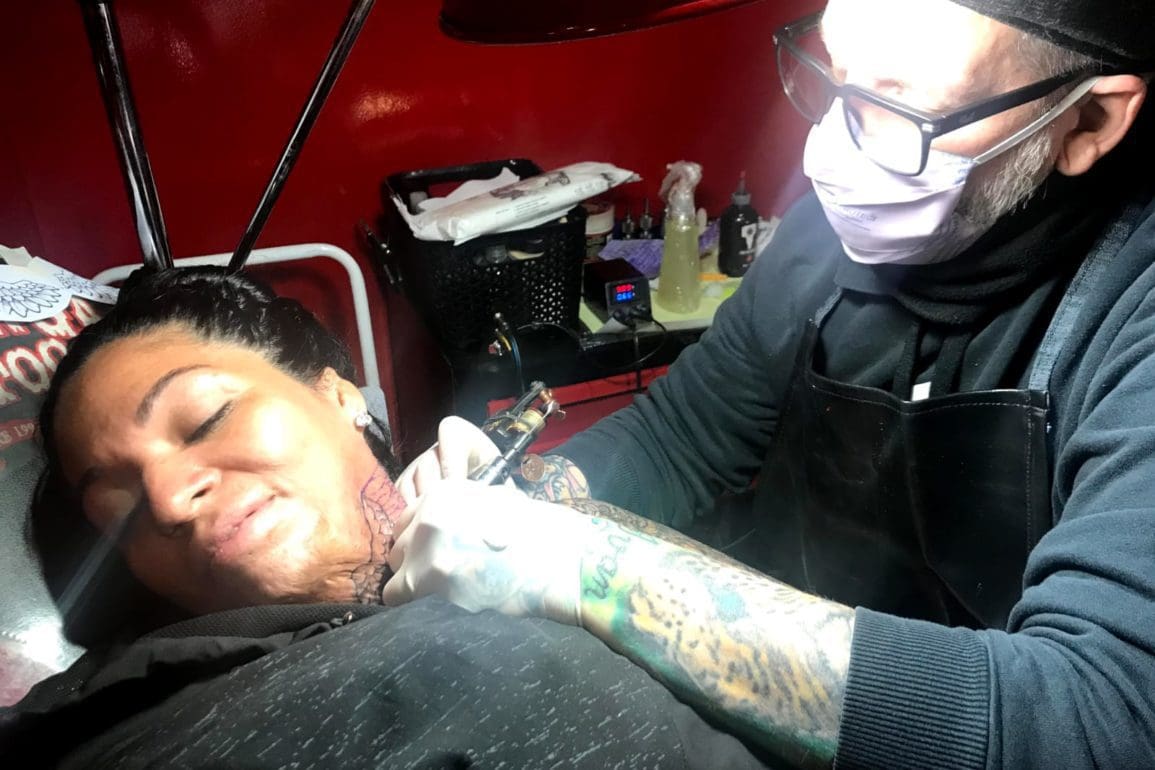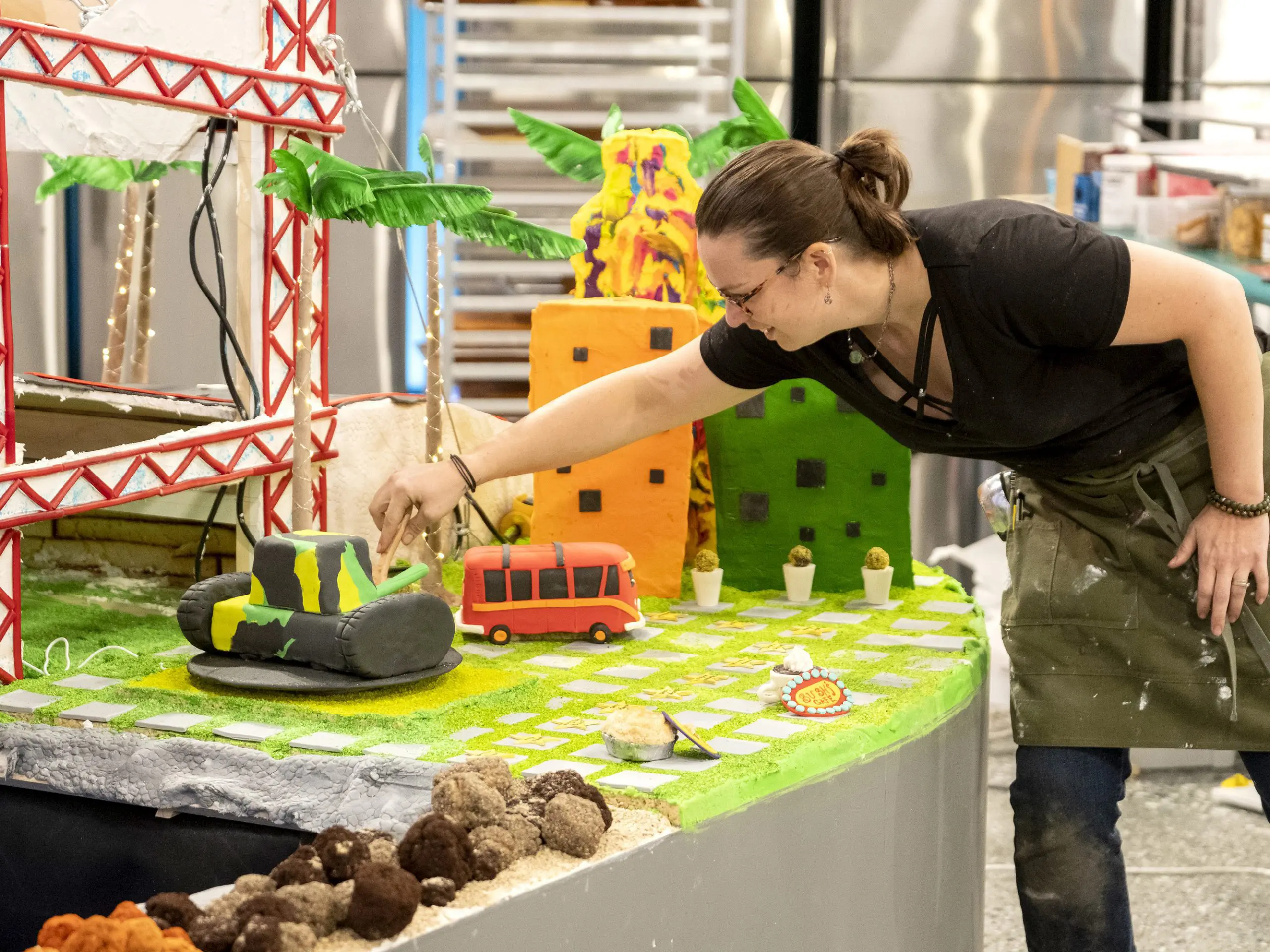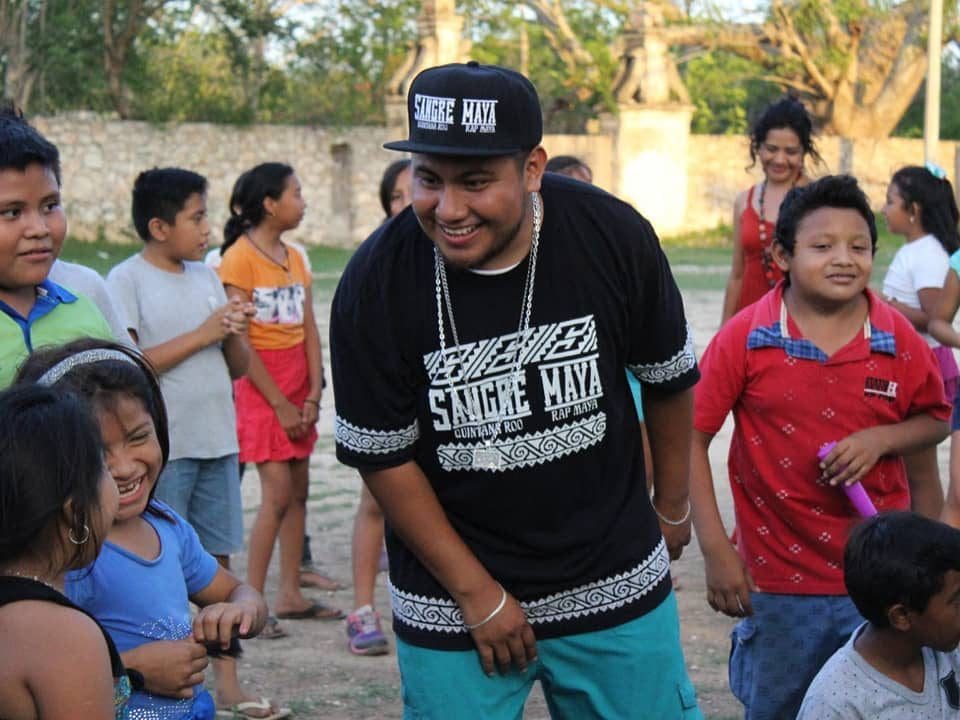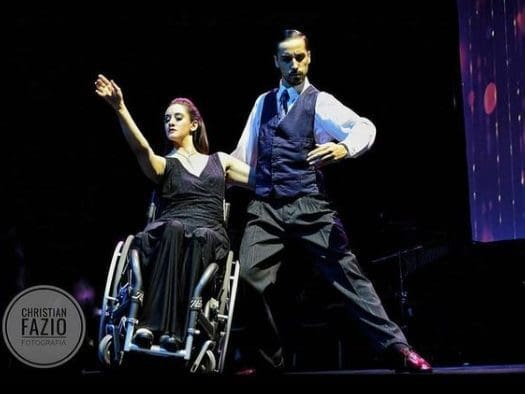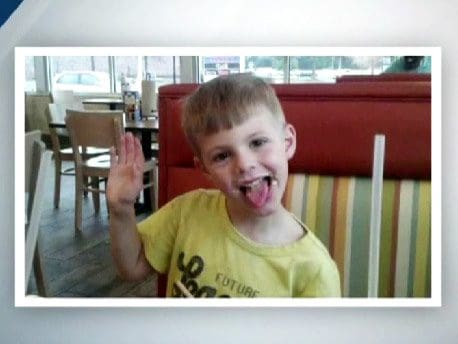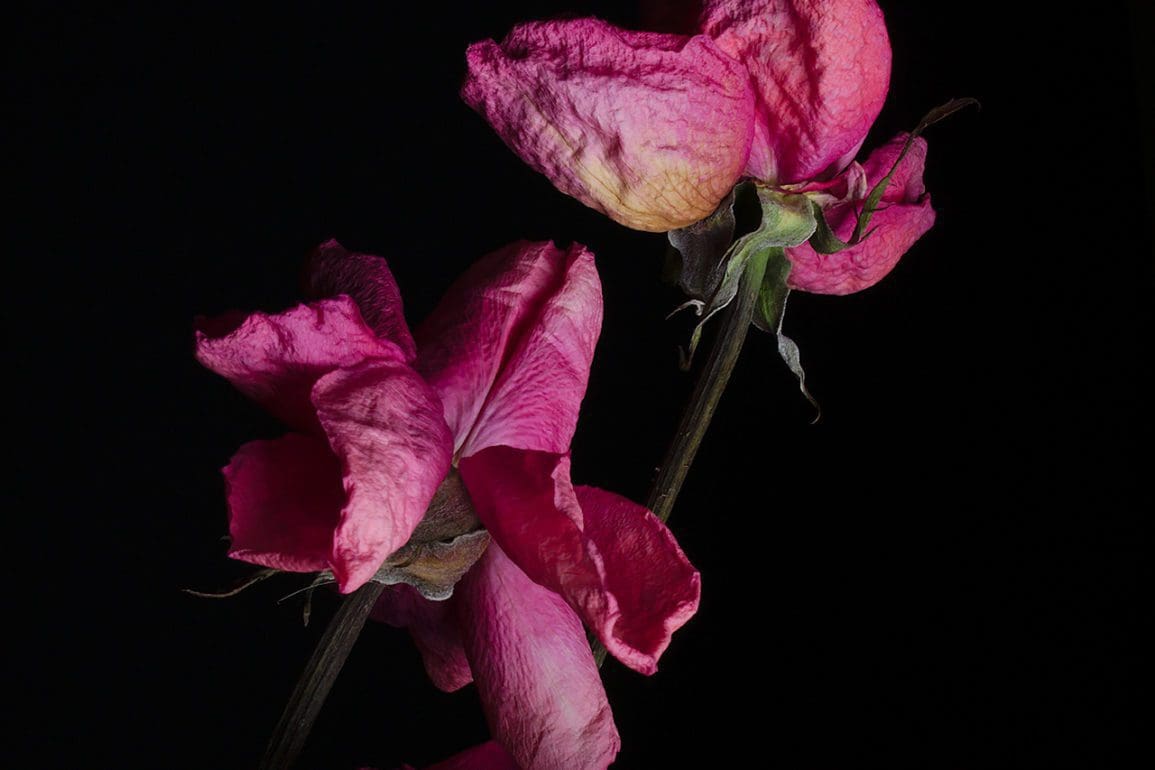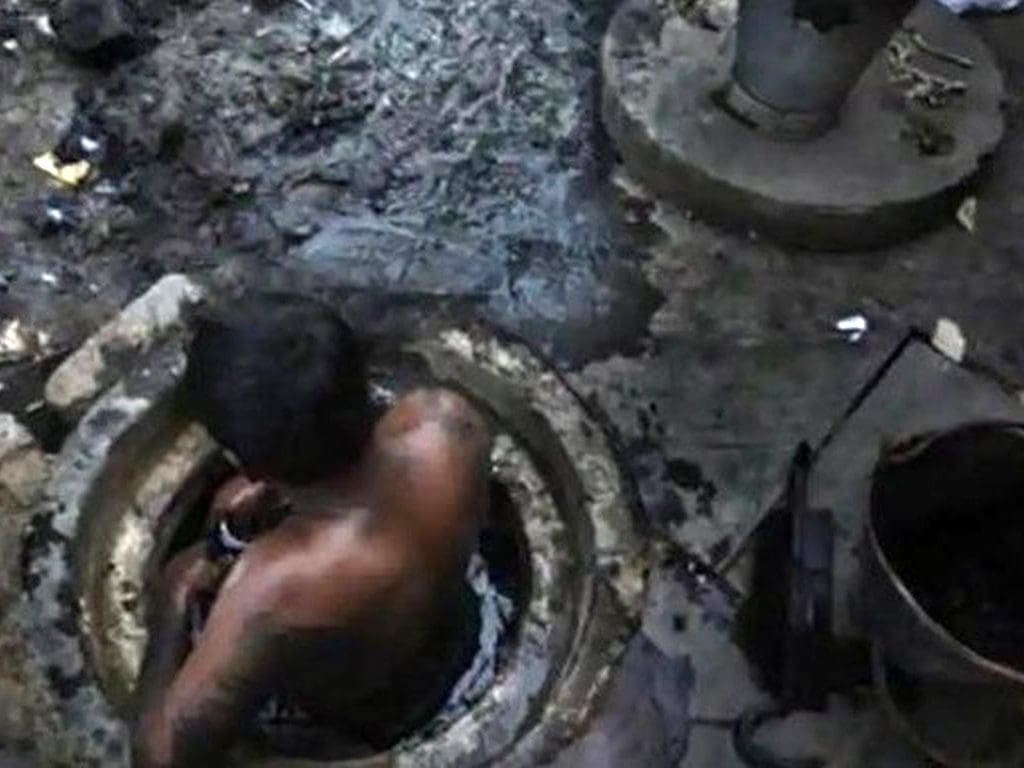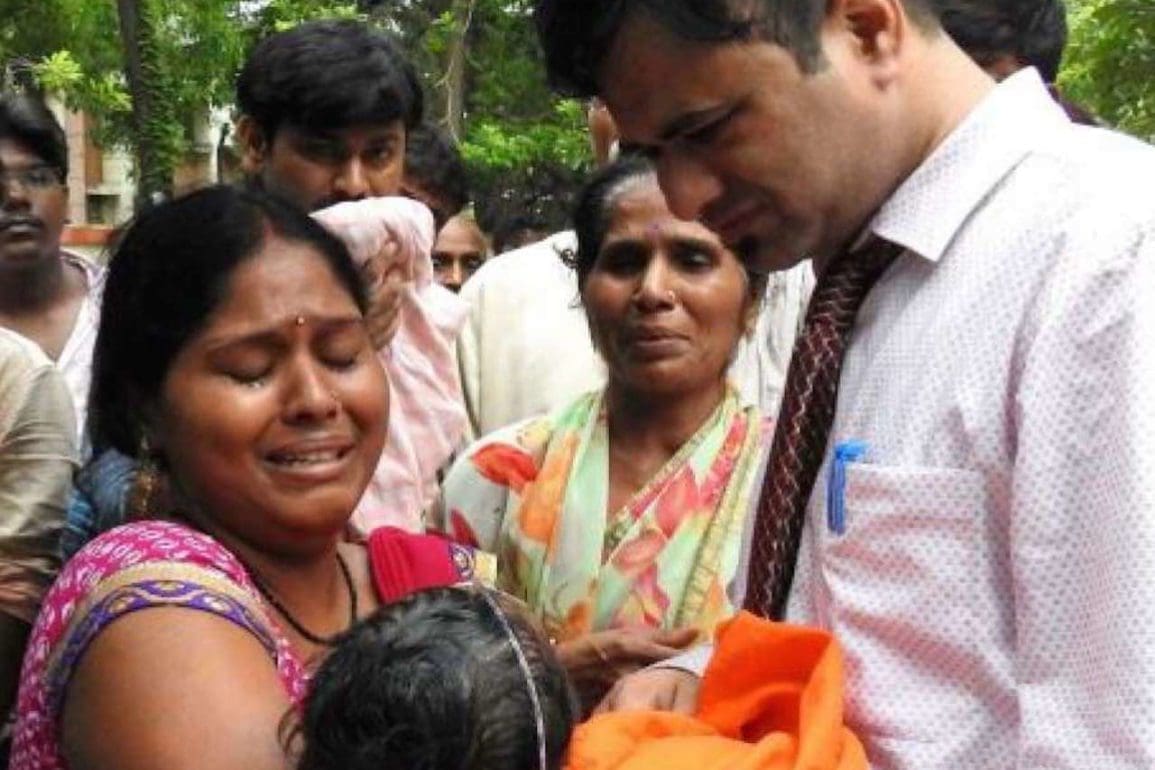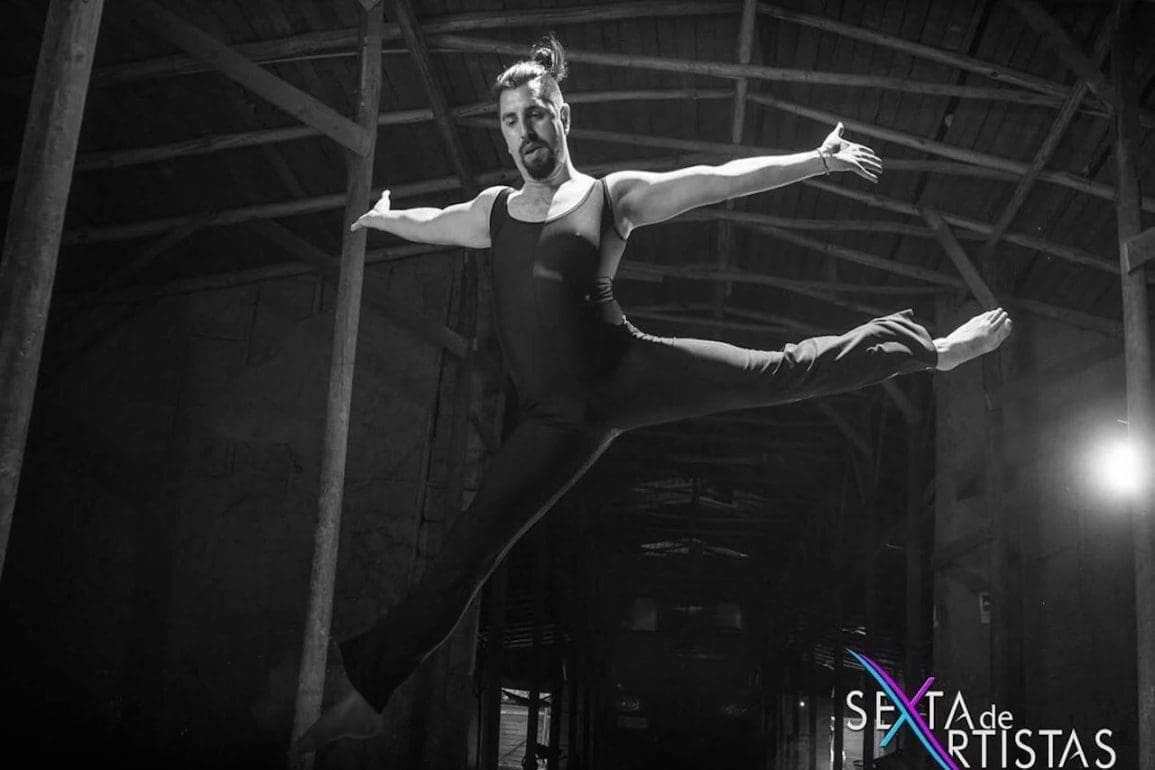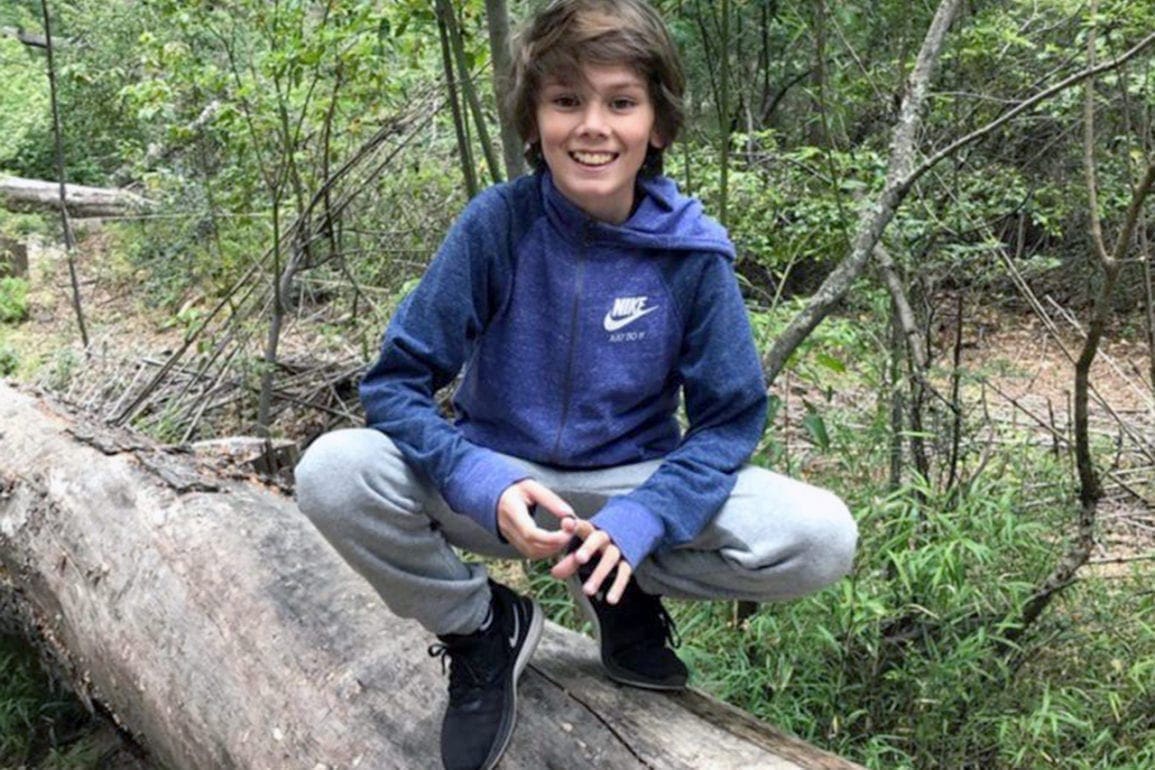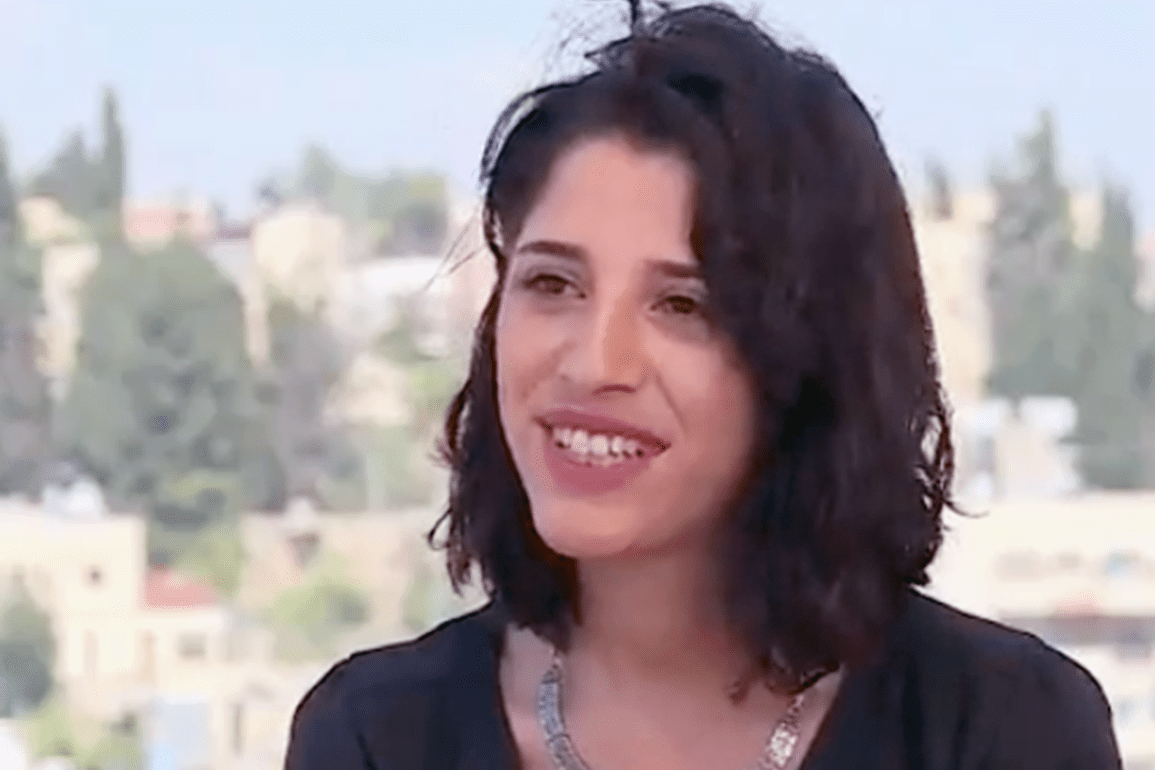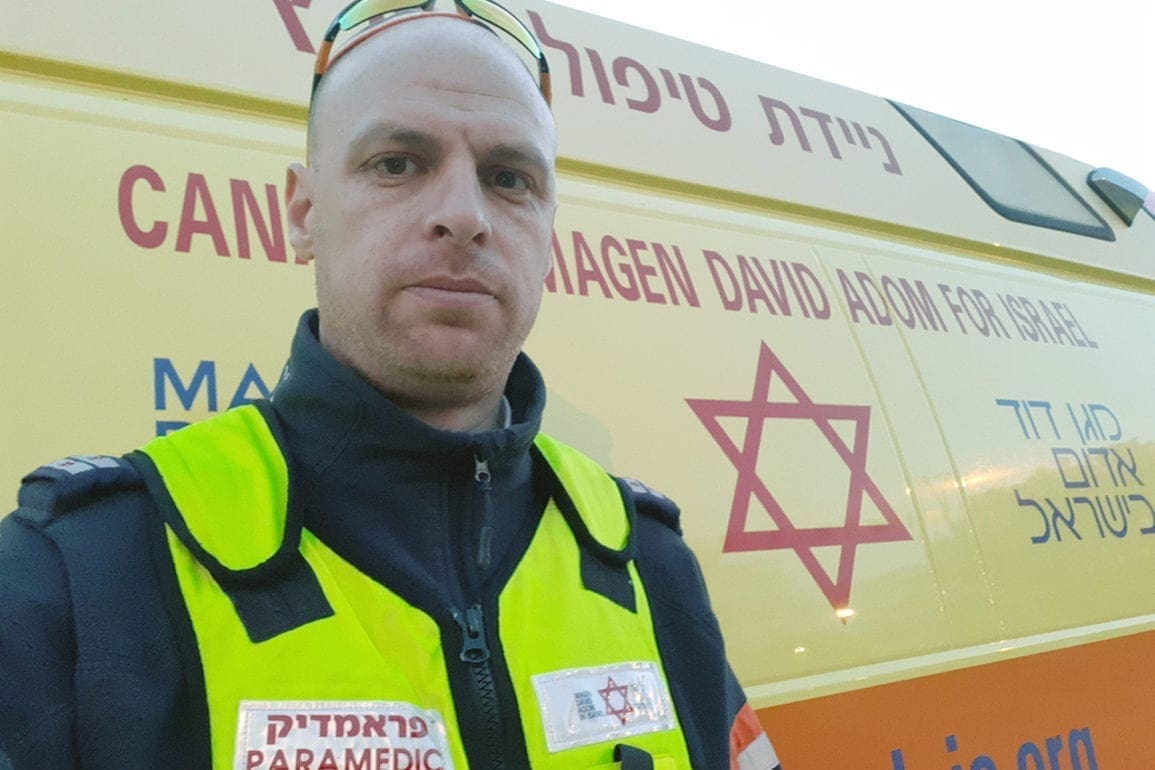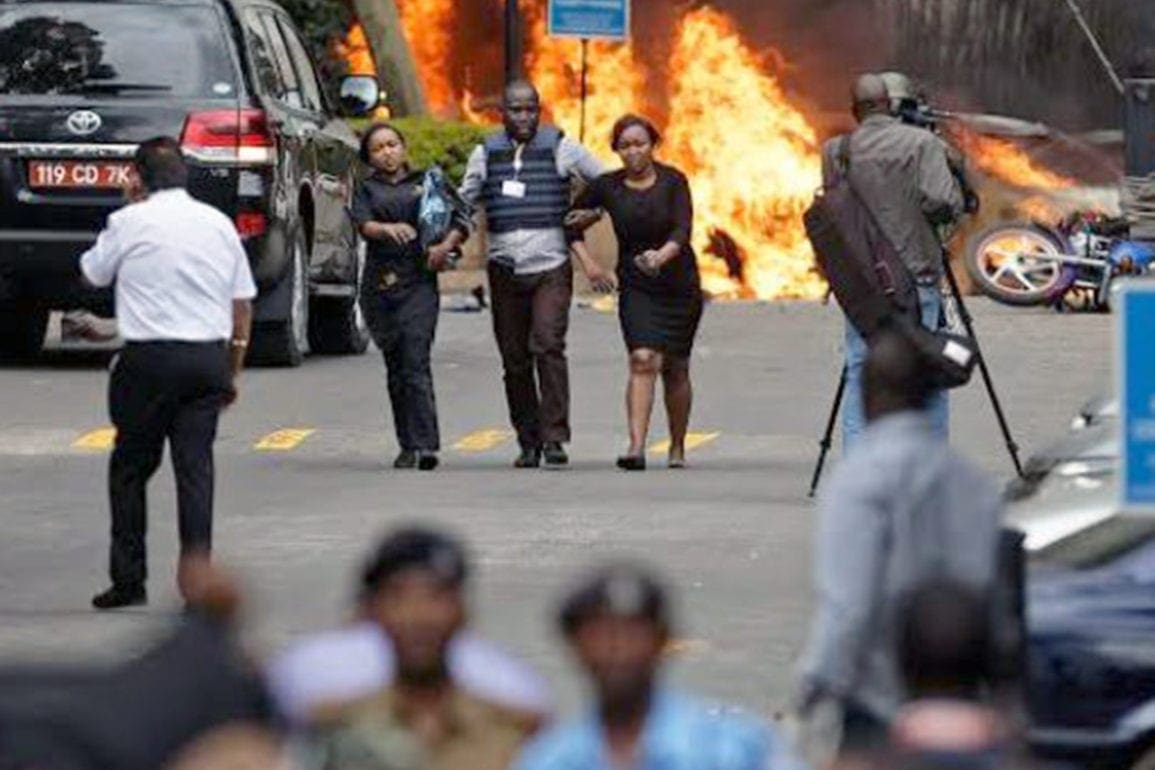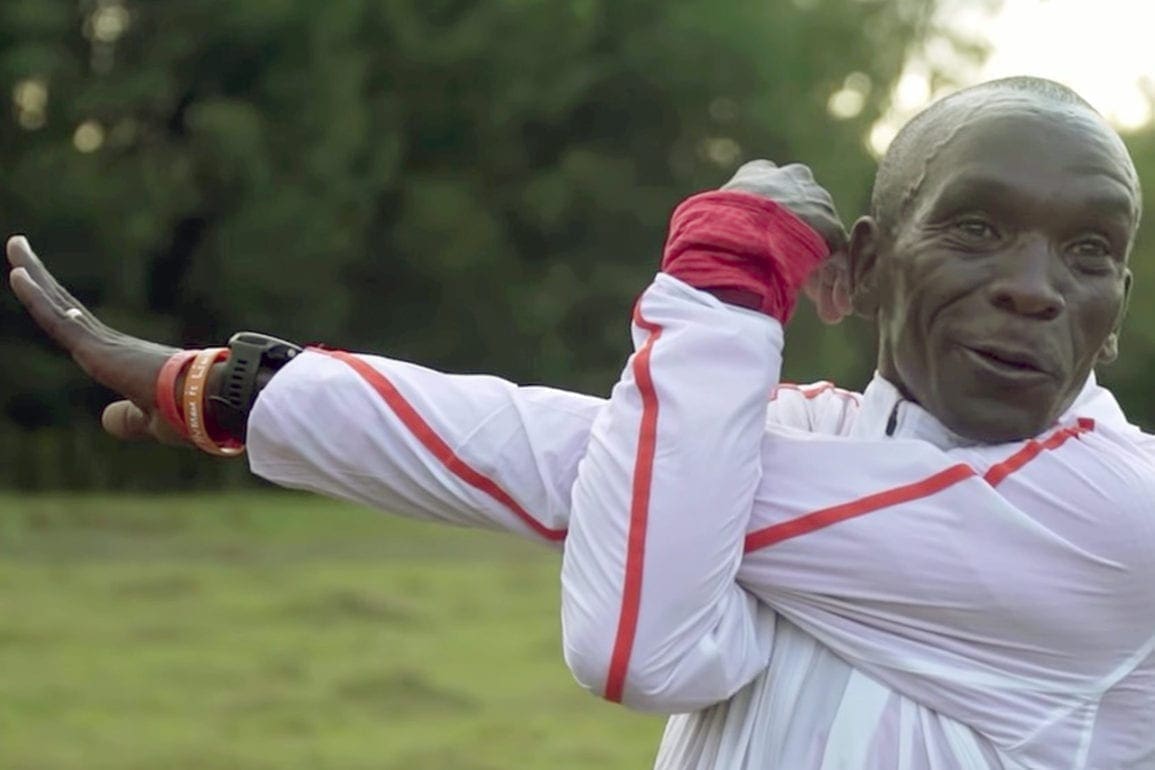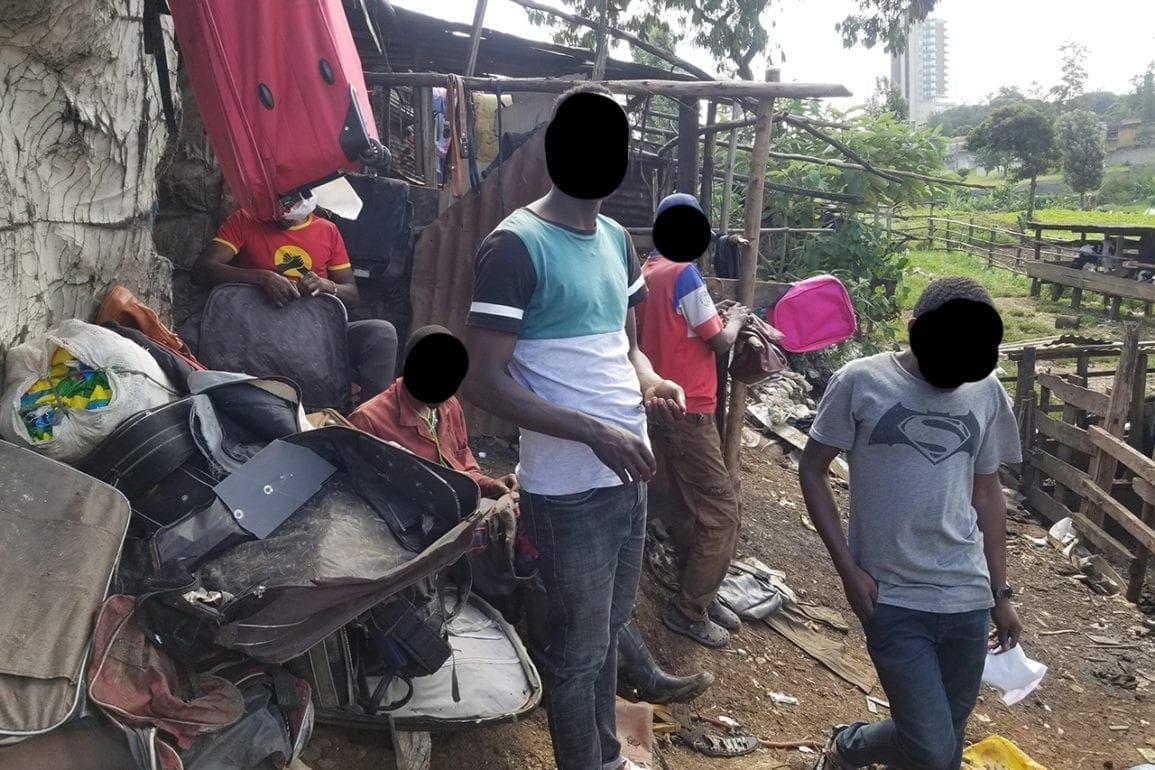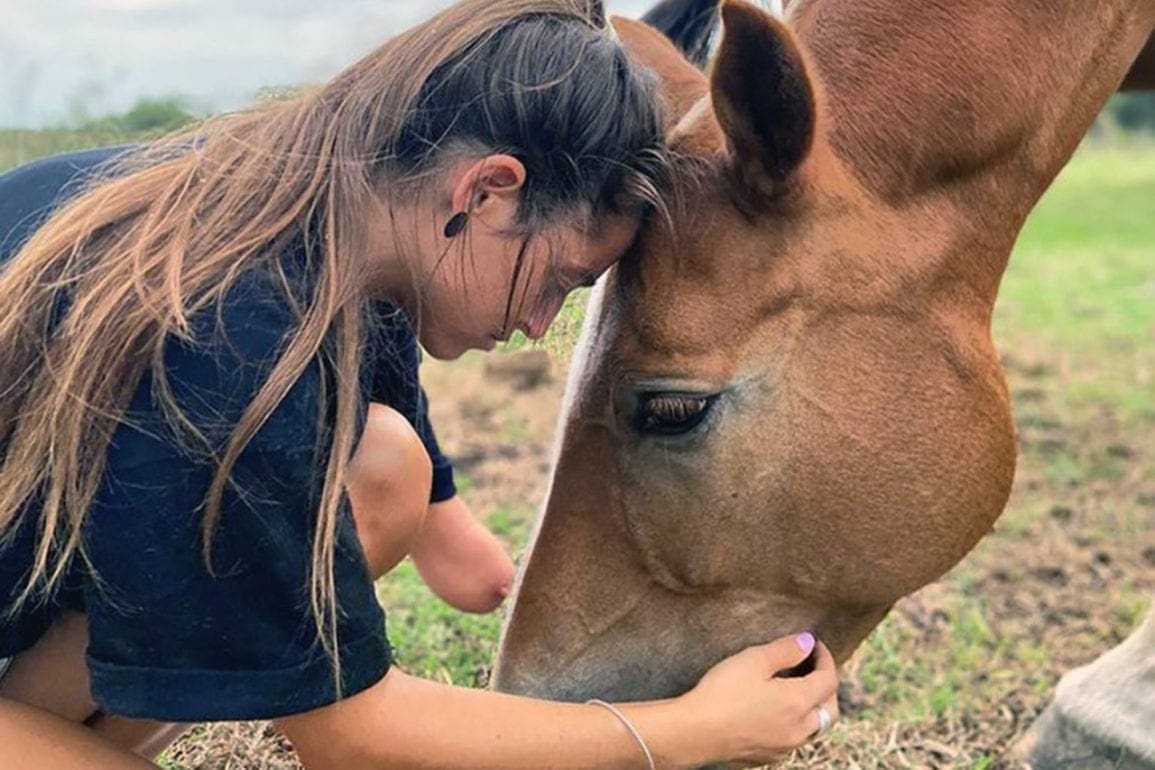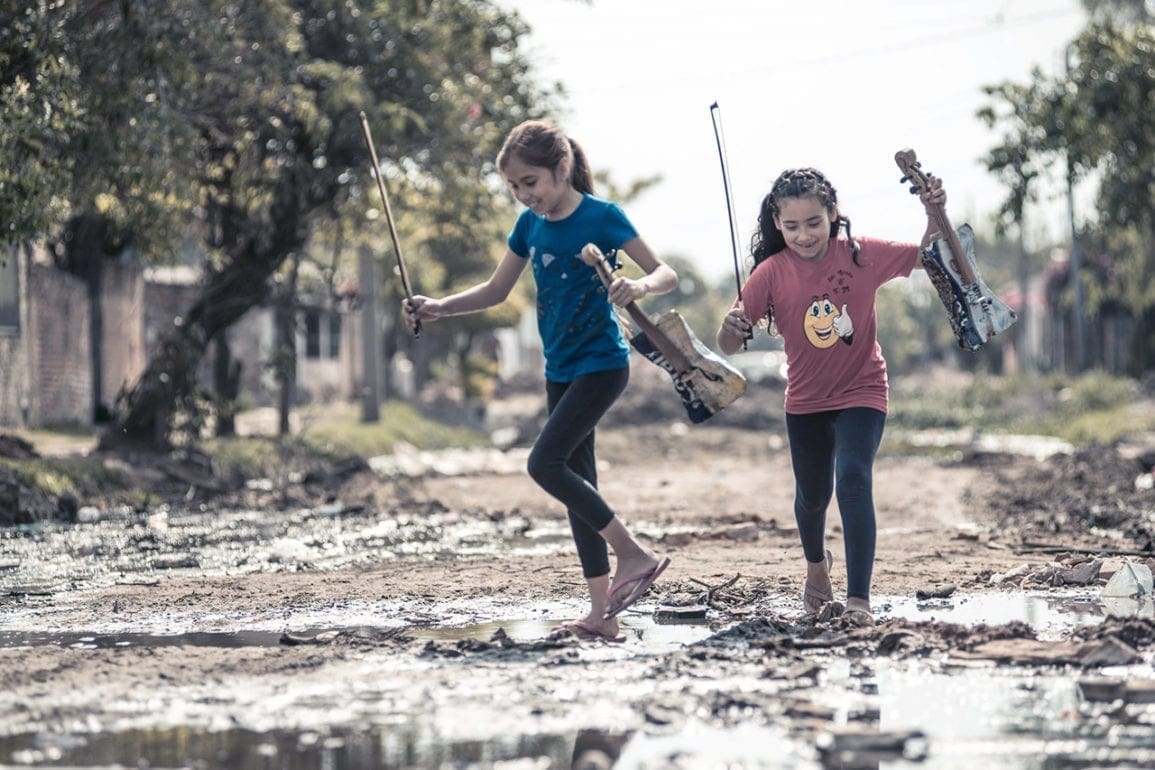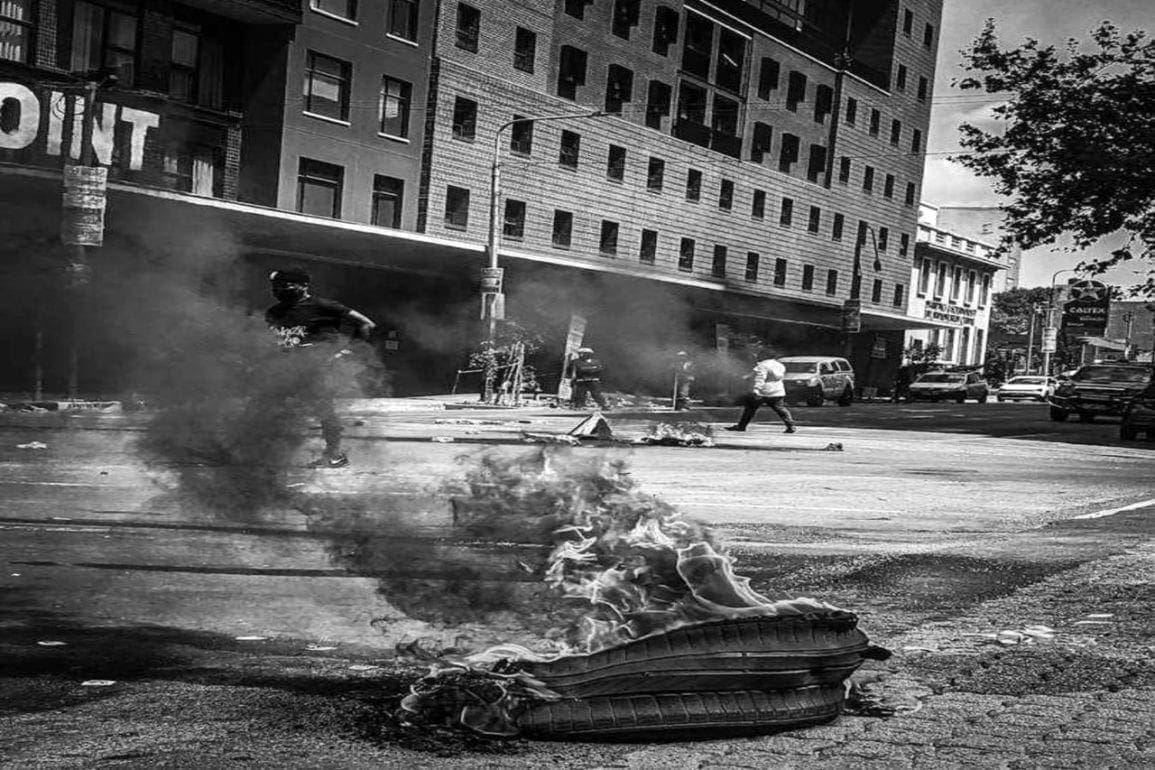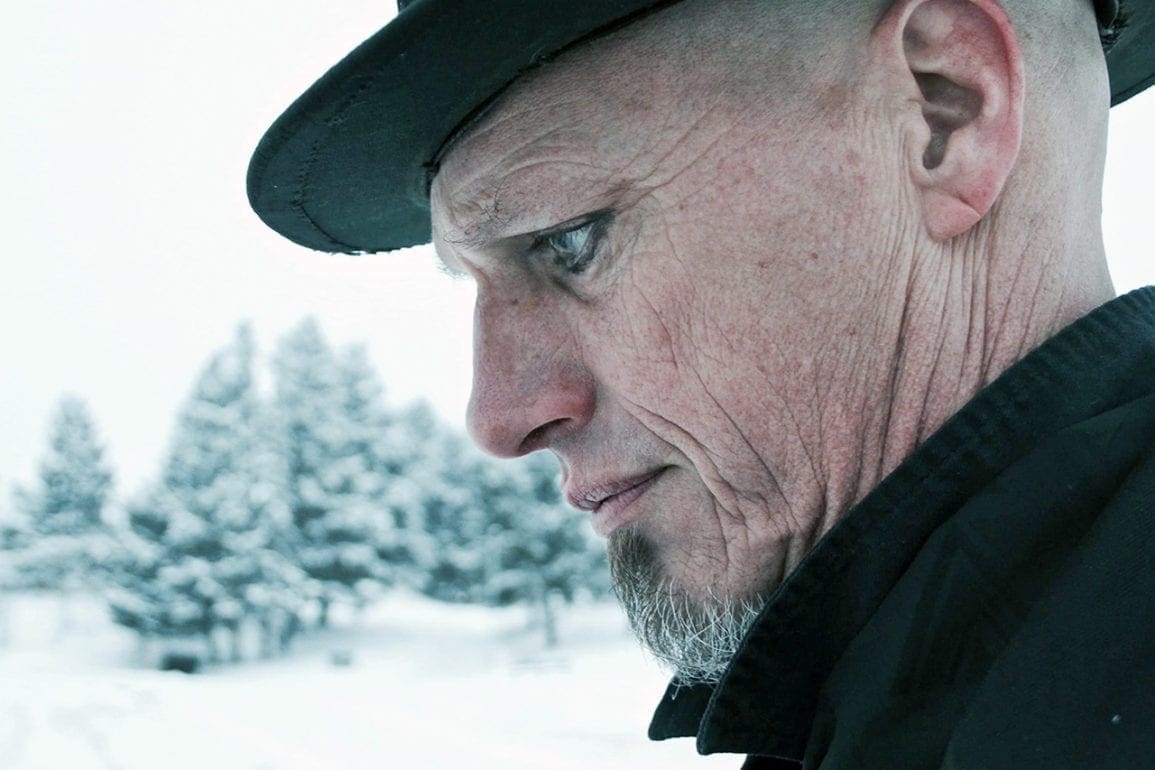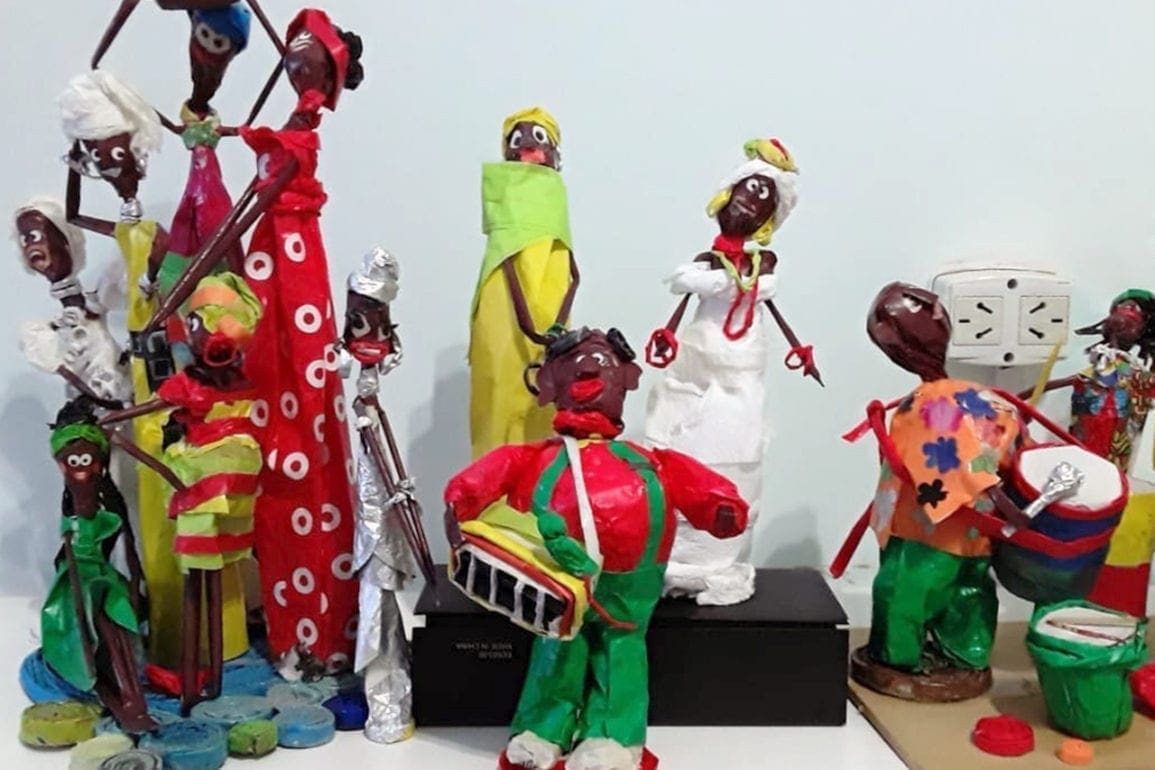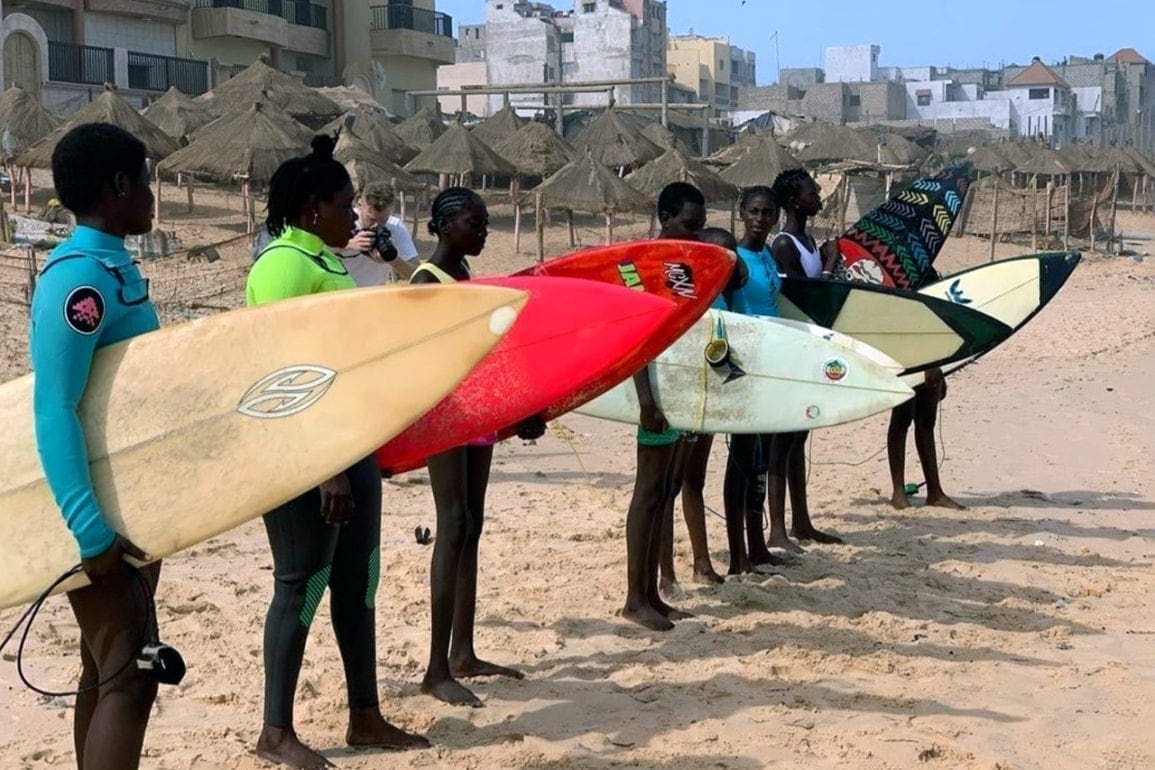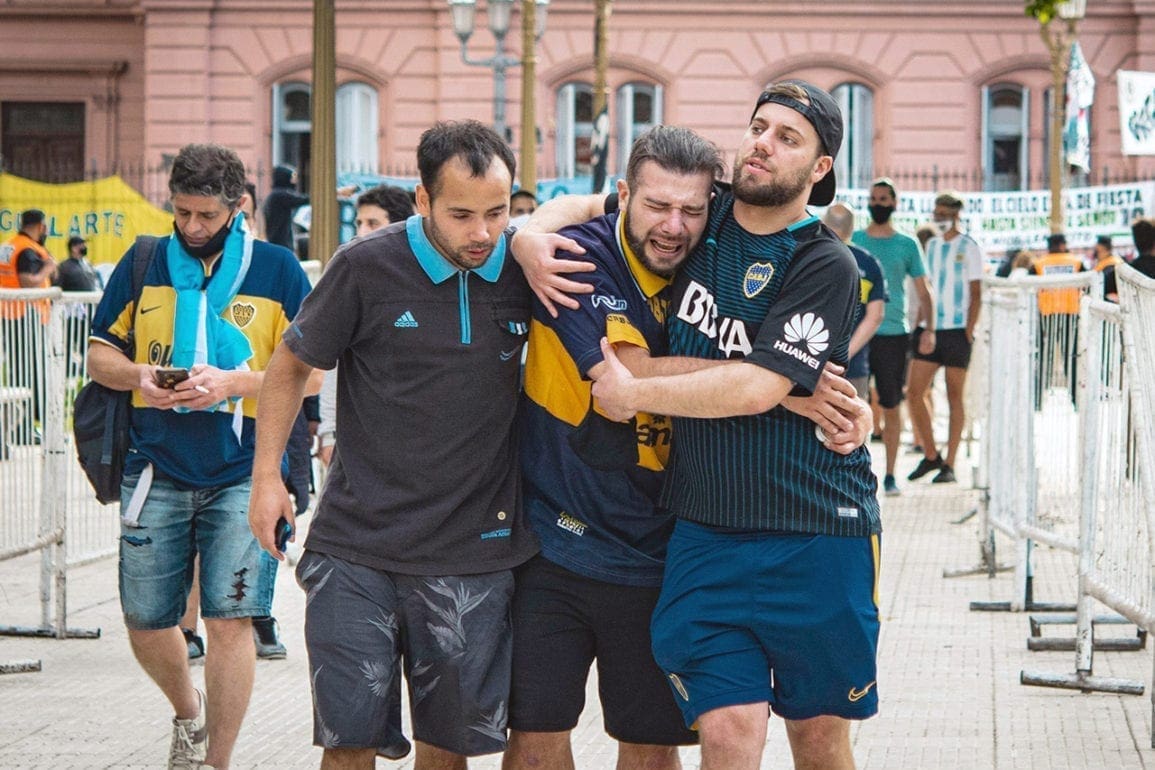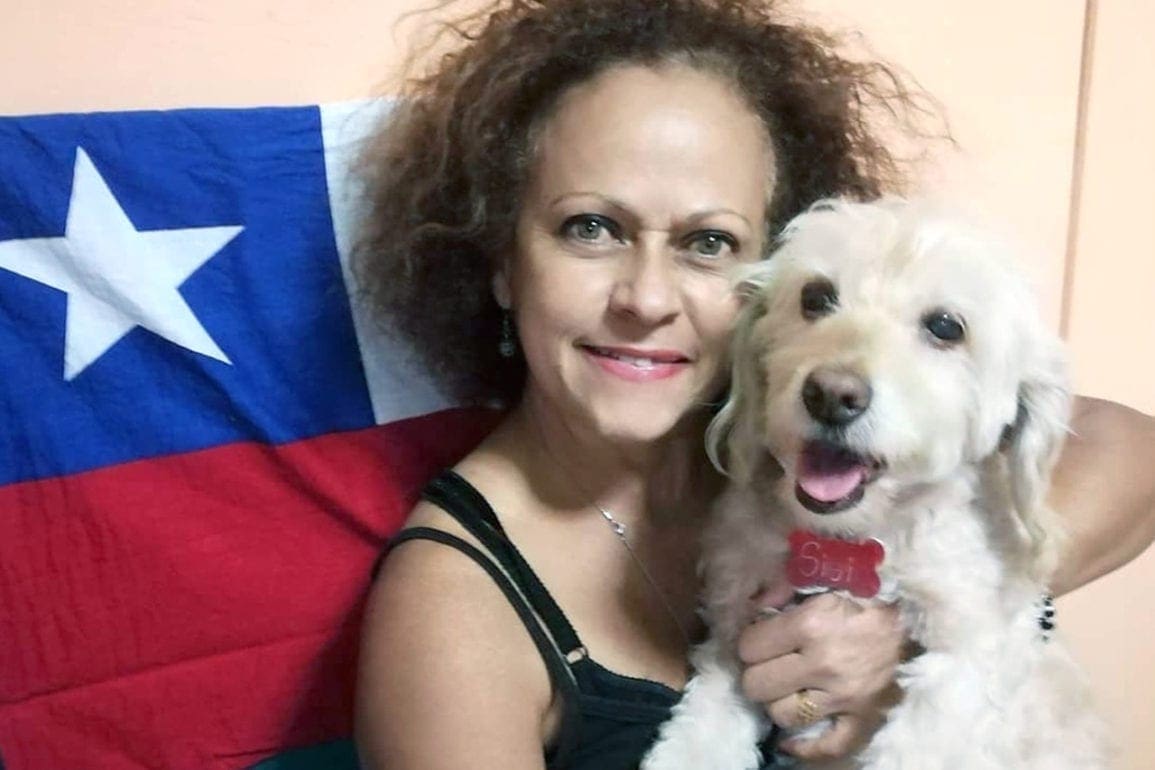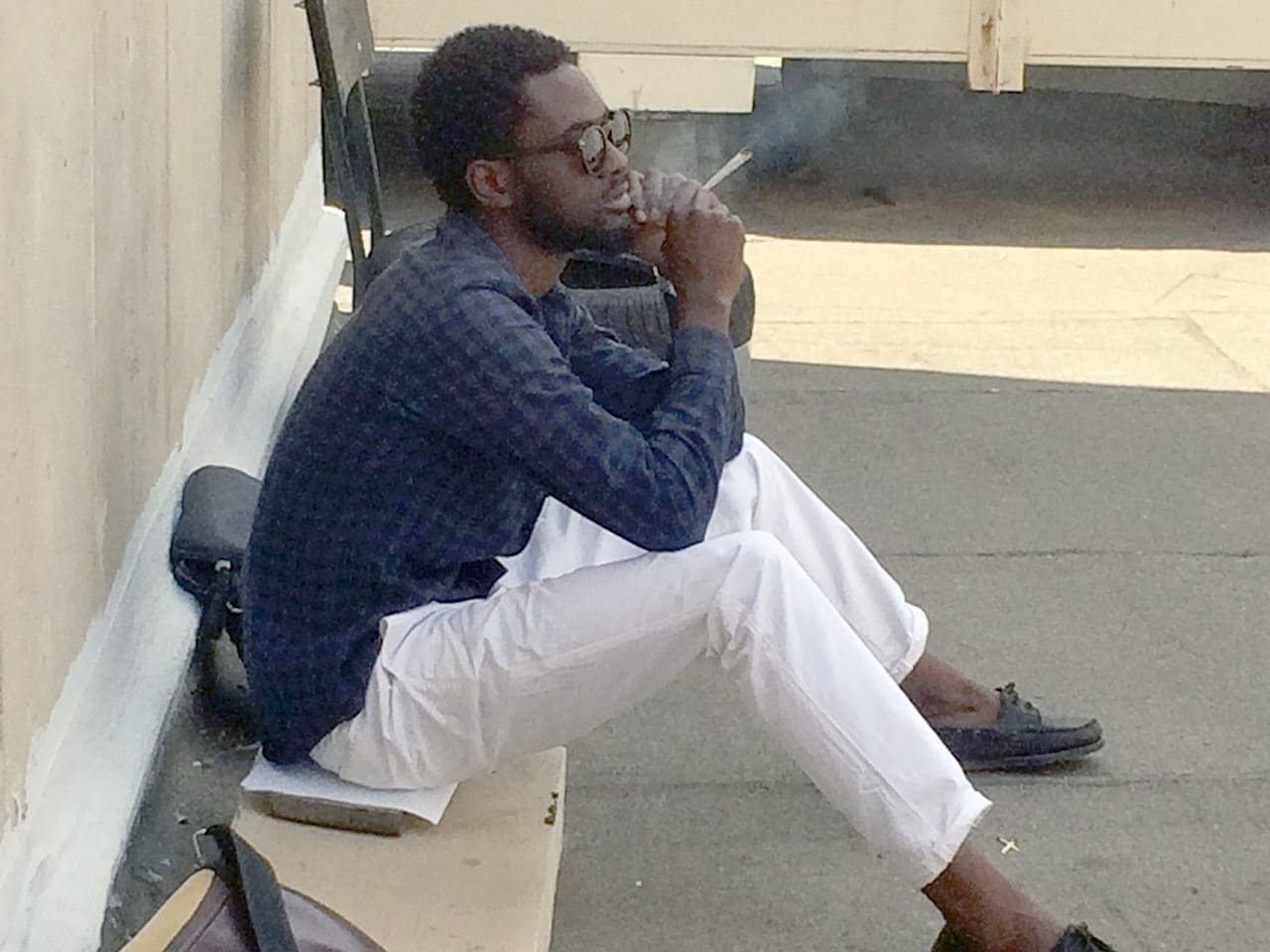Kenyan man combats poverty and hopelessness with dance
I teach possibilities. Dreaming is possible, and I let children dream in my class. Hundreds of children have passed through this dance program. They’ve learned much more than just steps; they’re dancing their way out of hopelessness.
- 4 years ago
March 1, 2022

NAIROBI, Kenya—My unlikely path to dance began when I was just as teenager. Though I’ve had opportunities to escape my surroundings, instead I choose to stay in the slums and pass on the beauty and possibilities of dance to the younger generation. I know from experience that it can be life-changing.
Tragedy leads to a new path
My father’s death and the resulting financial constraints forced me to drop out of school near Lake Victoria when I was 13. My life turned upside down, I returned home to a small slum in the Kariobangi area.
I had to help support my family, so I got a job selling car parts. While working one day, I saw a poster announcing auditions for the Kenya Performing Arts Group. I decided to check it out; I didn’t know it then, but that decision ended up changing my life.
Although I didn’t have prior dance training, I was asked to join. I performed well and eventually moved to Nairobi and studied dance with the group.
At the start of 2008, I received an offer to join a European performing arts group.
This was during a period when the country was facing a crisis. A disputed presidential election in December 2007 led to violence, which wracked the country and split the nation into ethnic lines. It was a tough period for Kenya.
Still reeling from the shock of this bloodshed, I decided to make change in my homeland using the art of ballet dancing.
When I’m dancing, I feel my true self, and I see the strength in me that is hidden from most others. I see my inner self, my energy, what I can do, and I wanted my fellow Kenyans to experience that same rush of feeling.
I decided to turn down the offer from Europe and returned to my country in the hopes of using dance to unite people of my nation.
Bringing ballet to the slums of Nairobi
The Anno’s Africa group approached me with an offer to teach ballet in the slums. With my own experience living in and dealing with young people in that environment, I knew how to handle the training.
I had grown up in those same conditions and somehow, been given everything. I wanted to give back. This is how I began teaching ballet as an after-school activity to orphaned and vulnerable children living in the Kibera slums.
Ballet dancing has traditionally been considered an elite art form, but I have always believed that everybody deserves the right to dance and express themselves. Dance is meant to unite.
With no facilities at hand, we transformed classrooms into makeshift studios.
When the children of the slums join school, they are oftentimes hopeless. The overwhelming opinion is that education doesn’t pay; that’s why most resort to crime, sex and drug abuse: because of hopelessness.
My dreams grew, and through fundraising and donations, I was able to open my dance center, Project Elimu, in June 2017.
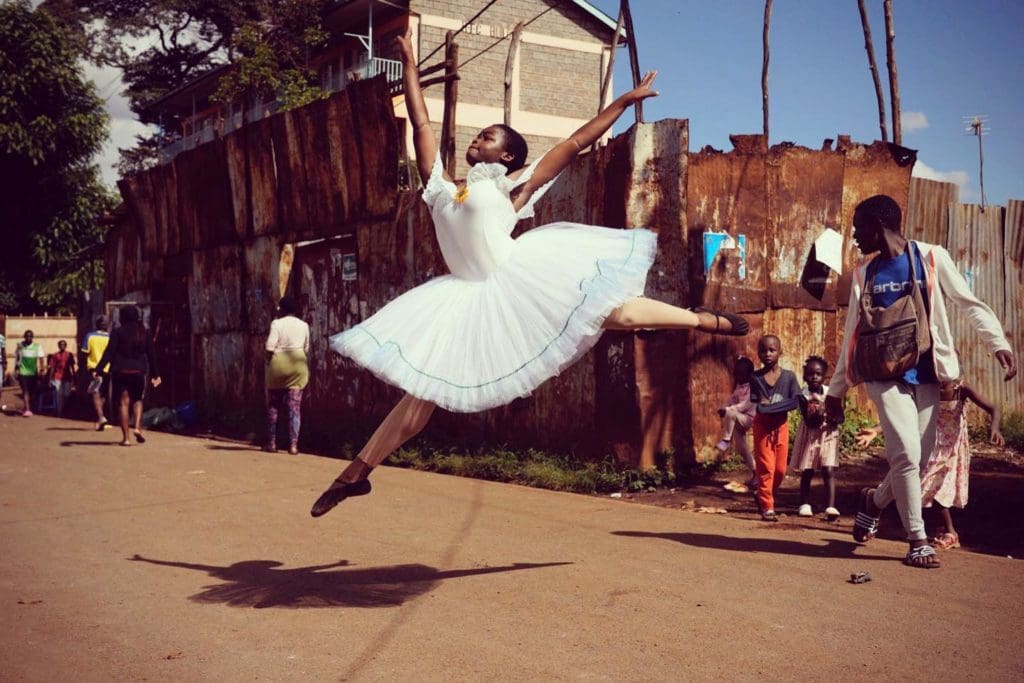
Project Elimu opens doors for Kenyan children
Situated in the heart of Kibera, the school offers a wide range of lessons, from classical ballet to African dance to jazz.
I use ballet as a tool to draw in young students, so they have the chance to take advantage of everything we offer. My aim is not to make children professional ballerinas, but to give them the courage to build a better future for themselves.
I use dance more as a therapeutic tool. I use it to give them confidence, to make them believe in themselves, to help them understand what they want.
Kibera is quite rough and tough for young people living here. The center has turned into a refuge where they can come to feel safe, to hang around each other, and to discuss issues that are affecting them within their community. Some of our children who used to struggle academically started to thrive since finding dance.
In my 12 years of teaching dance in the slums, I have seen some of my students bloom with true talent. Their skill has led to opportunities not only locally, but even on the international stage. Through Project Elimu, students have obtained scholarships to prestigious schools in Kenya and access to grants and opportunities abroad. Over Christmas, some performed “The Nutcracker” at the Kenya National Theatre.
This are some of the reasons that give me the strength to move on despite the challenges.
I teach possibilities. Dreaming is possible, and I let children dream in my class. Hundreds of children have passed through this dance program. They’ve learned much more than just steps; they’re dancing their way out of hopelessness.

